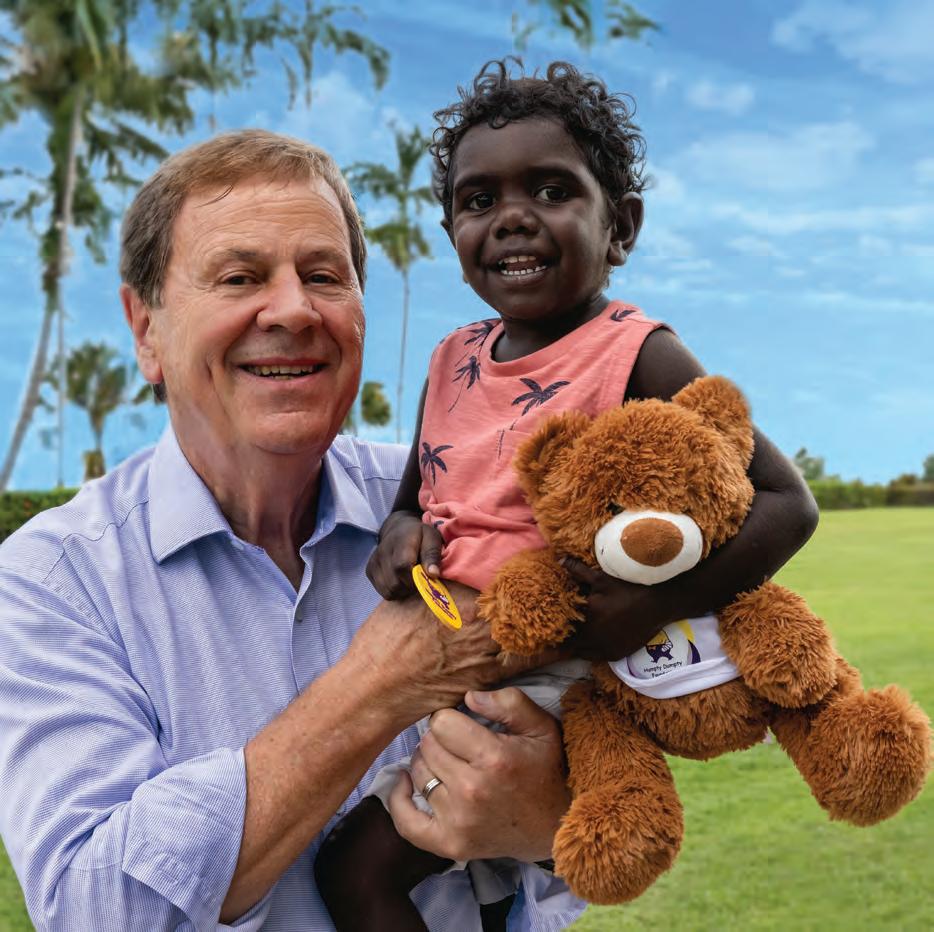






Imagine a wedding venue where you can choose from a backdrop of rugged headlands, perfect white sandy beaches or stunning seascape views. North Stradbroke Island is located only 1 hour from the Gold Coast and 45 minutes from Brisbane, and it offers a variety of different ceremony and reception venues, not to mention a myriad of unique and stunning locations to have your photos taken!
Straddie has something for everyone when it comes to planning your wedding. Whether you’d like an intimate ceremony with a small group of friends and family or a lavish wedding with the lot, Straddie



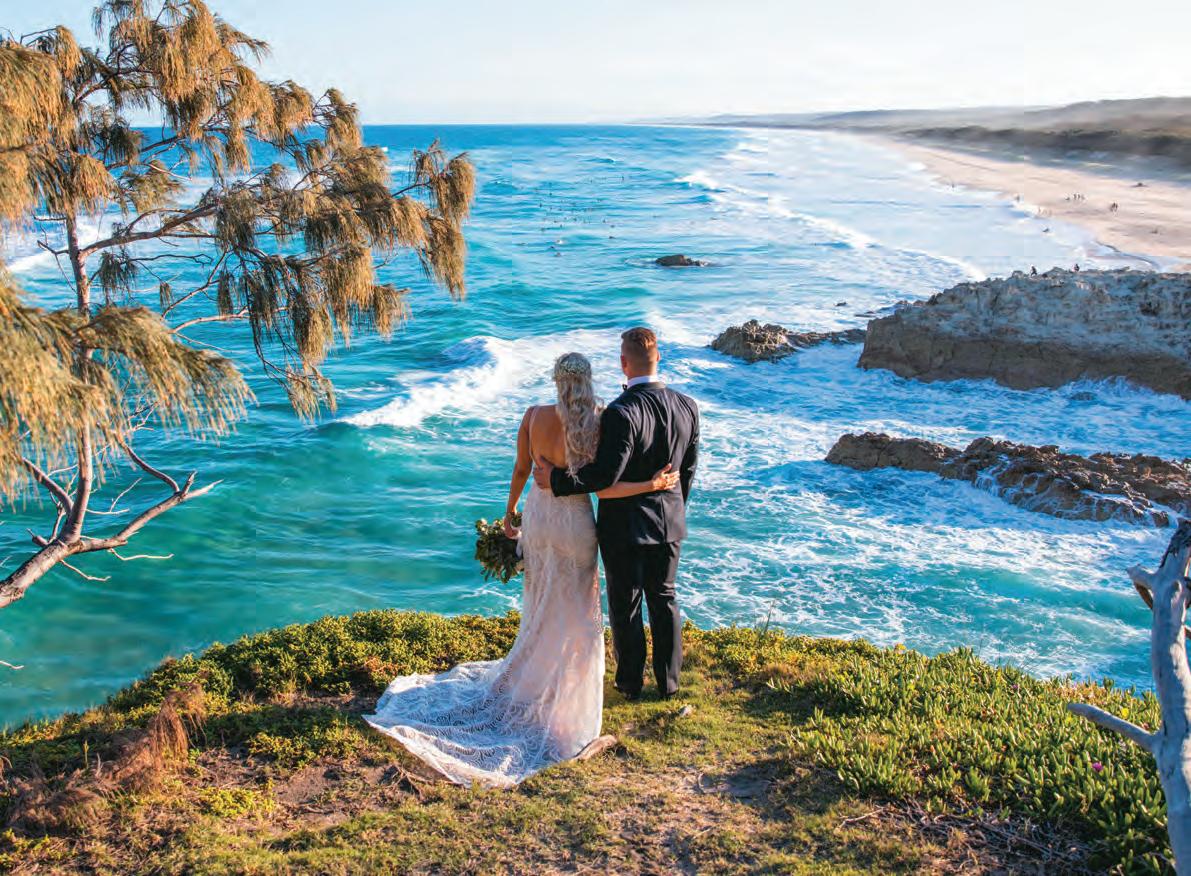
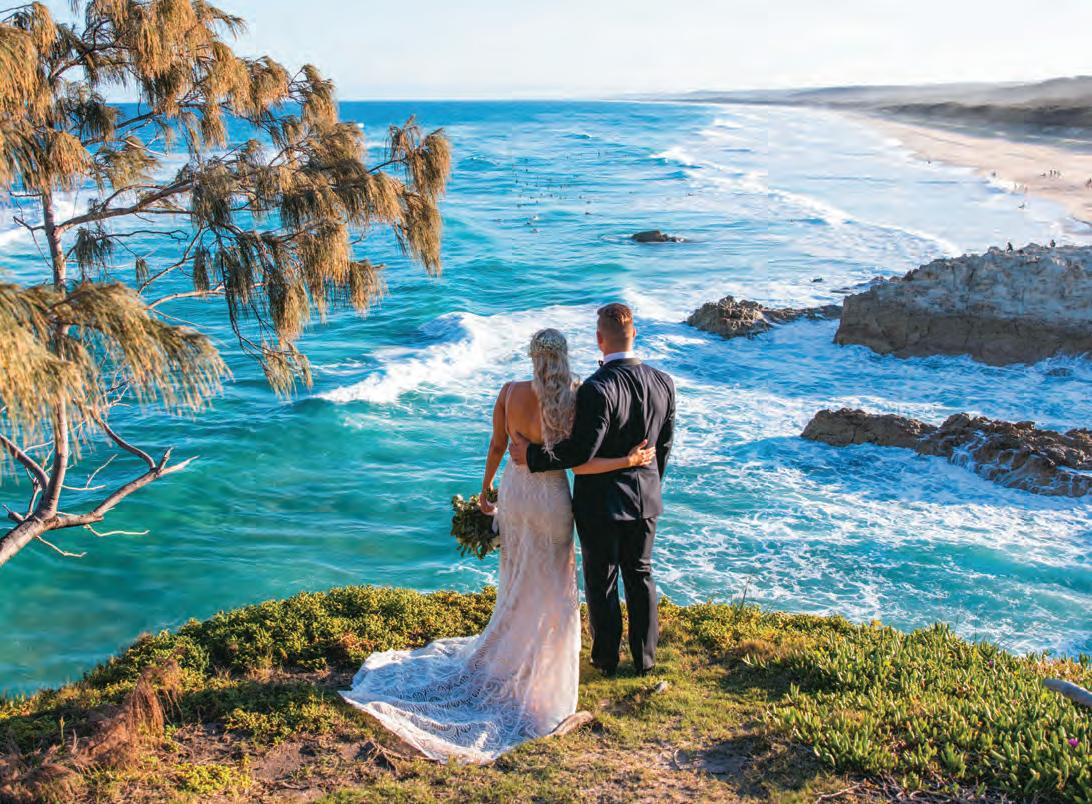
For more information, phone 07 3488 5300 or visit sealinkstradbroke.com.au
has it covered – and the best part is that you can organise everything you needlocally!

From catering and decorating to celebrants and photographers, everything is available on the island. There are some wonderfully creative and talented local professionals who would be more than happy to help you with as much or as little of your wedding as you would like.

The opportunity to be married at a beach location as stunning as Straddie will provide a unique and individual experience for both the wedding party and your guests.
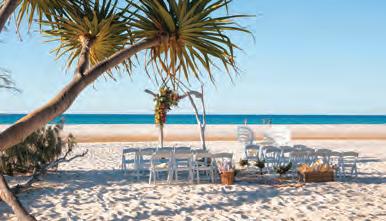
 Photos by: NSI Productions
Photos by: NSI Productions




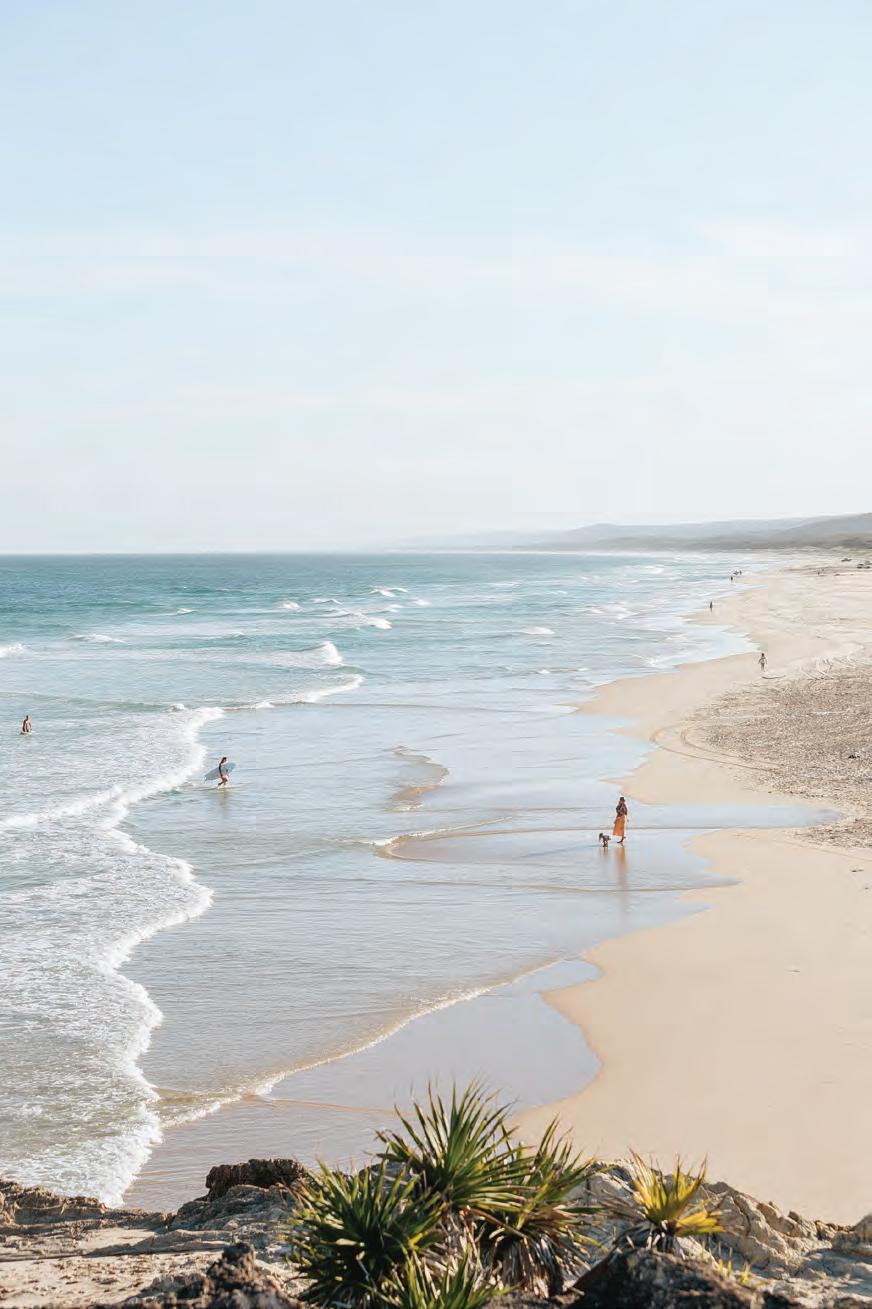

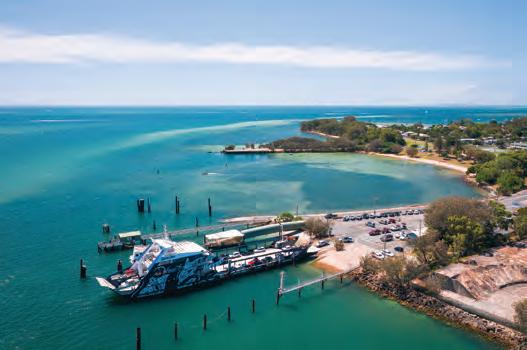



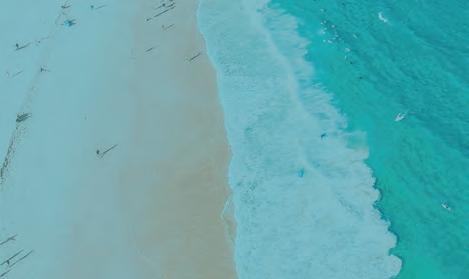
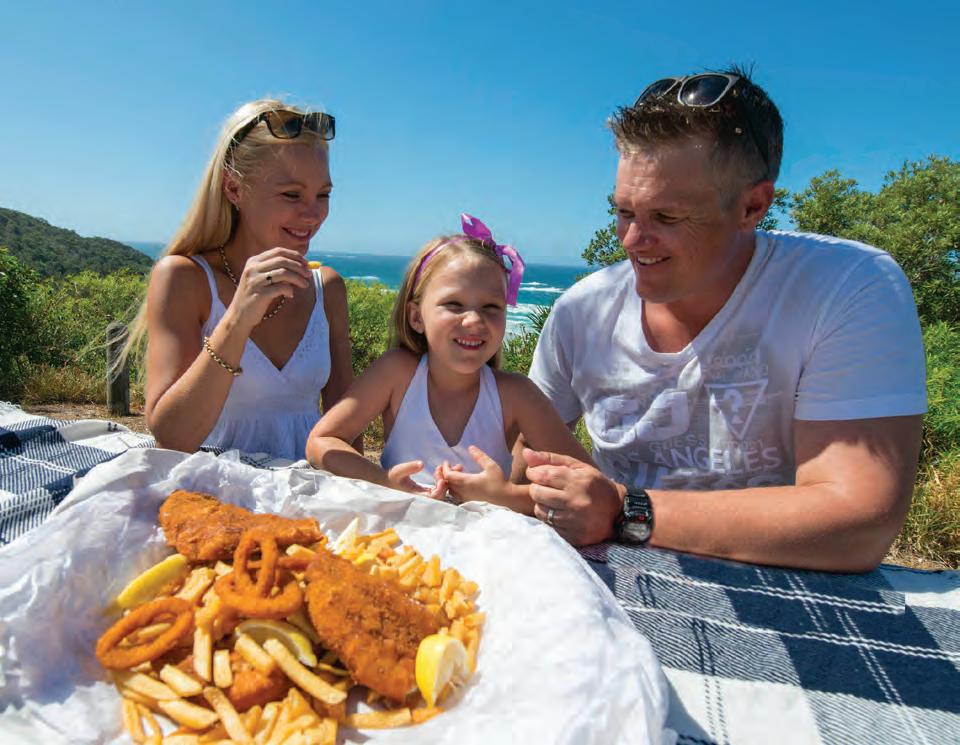
Look what we found
FEATURE:
Mum & daughter Olympians
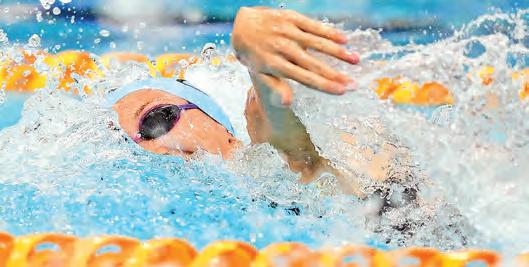
FOOD:
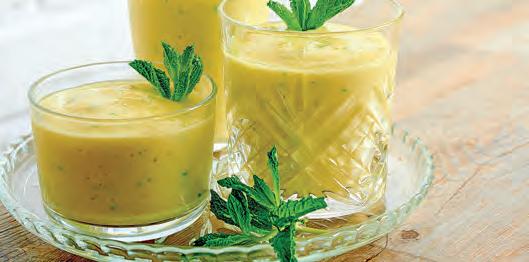
Taste of Malaysia
FASHION:
Vintage pattern stash
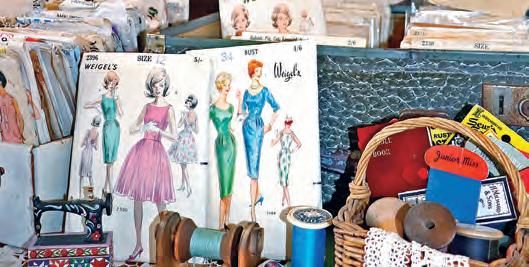
Vintage style crush
Weaving ancestral connections
CRAFT: The art of foraging
Cream of the crop
Bakery queen
HOUSE & GARDEN:
Malaysian architecture
Birds of Queensland — Divers
TRAVEL & EVENTS:
Events for spring

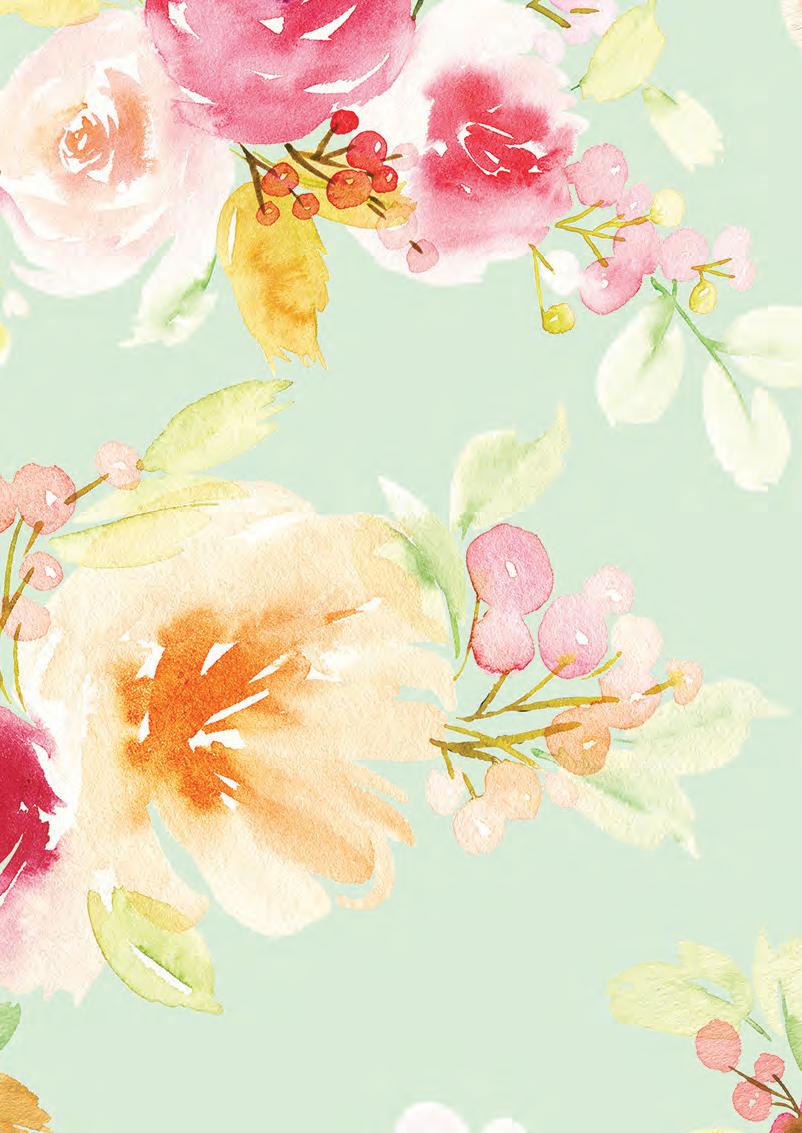
Stradbroke Island Holidays
Longreach family fun
Malaysia — luxury & wilderness
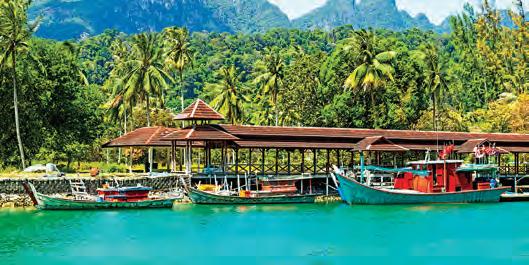
Malaysia — visiting George Town
BOOKS:
The book 19 years in the making
Great spring reads
HISTORY:
Old time dances
Entwined: Plants and People
COUNTRY WOMEN:
QCWA’s International Officer’s blog
Quiz with Roy O’Reilly
MAGAZINE MANAGER: Emily Bosman
COORDINATING EDITOR: Jessica Kramer
DESIGN: Jeff Brown
COVER IMAGE: Photography by Luke Marsden
EDITORIAL ENQUIRES: 07 4690 9425
ADVERTISING ENQUIRES: 07 4690 9303
SUBSCRIPTIONS: isubscribe.com.au/ruth-magazine-subscription
PUBLISHED BY:
News Corp Australia, Level 1/5 Keefe St, Toowoomba, QLD, 4350 in conjunction with Queensland Country Women’s Association (QCWA), 11 Cleveland Street, Stones Corner, QLD 4120. Ruth magazine is published by News Corp Australia. Those who make advertising placement and/or supply copy material or editorial submissions to Ruth magazine undertake to ensure that all such material does not infringe any copyright, trademark, defamation, libel, slander or title, breach of confidence, does not contain anything obscene or indecent, or does not infringe the trade practices act or other laws, regulation or statutes. Further to the abovementioned, these persons agree to indemnify the publisher and/or its agents against any investigations, claims or judgements. No part of this publication may be reproduced without prior written permission from the publisher.
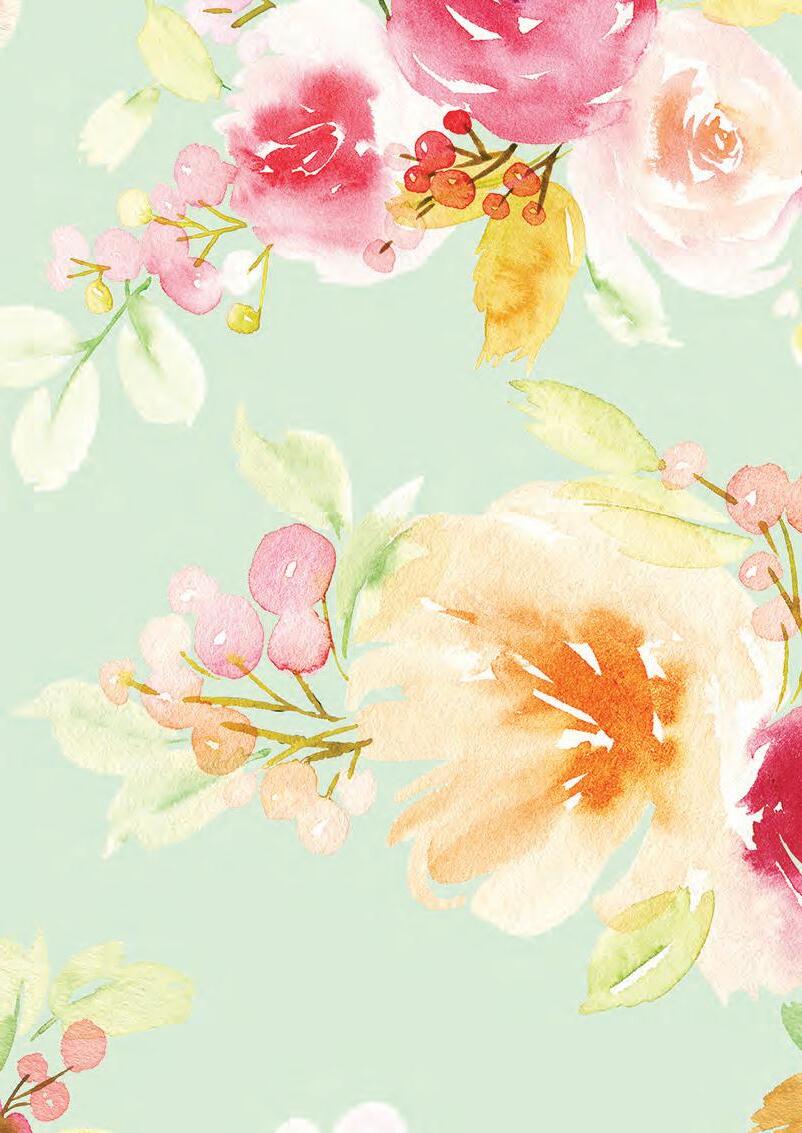
How welcome is this warmer weather after such a long winter — the team can’t wait to break out their dresses and shed the coats.
Within these pages, we’ve included some fantastic books to read in the garden while you catch that spot of sun, from autobiographies and history to literature and mystery, and we also had a chat to children’s author Kathryn Apel on page 63.

Our focus for this issue, however, is the wonderful country of Malaysia.
Malaysia has been the QCWA’s Country of Study for the year, and parent society Associated Country Women of the World was slated to have the Triennial World Conference in Kuala Lumpur — however, COVID has put all these plans on the backburner for now.
With this in mind, we thought it a lovely idea to bring some of Malaysia to you within the pages of Ruth magazine.
You can try some of the delicious and unique cuisine for yourself with Country Kitchen’s recipes from page 15 or learn about the traditional houses on page 42, then ‘travel’ to this beautiful region of the world from page 57.
Closer to home, meet the incredible lady who has been entering her baked goods in shows and competitions since she
was 19 years old on page 39 — she’s cooked so many cakes that she can tell when they’re done from smell alone!
Try your hand at a butter cake yourself, or experience foraging instead on page 36 — and make some yummy preserves from your finds.
Finally, discover the ‘power duo’ in Olympic swimming in our feature on Janelle Pallister (nee Elford) and daughter Lani.
Enjoy your magazine!
● Varicose Veins and Venous Ulcers
● Vein Recurrence Post Surgery
● Spider Veins




● Modern non-surgical techniques.
● Minimal discomfort during procedures.
● No post-operative downtime.
● Personalised treatment plans with no hidden costs.
● Treatments available in Toowoomba and Brisbane.
● Experienced in offering full aftercare to rural and remote patients.
● Ultrasound examination included at initial consultation.

● Dr Kemp is a Phlebologist - we only treats leg veins.
Lady aged 46 years with varicose veins in the left leg. Cause is great saphenous vein reux.

Treatment: Endovenous laser ablation and Ultrasound guided sclerotherapy. Appearance at six months.
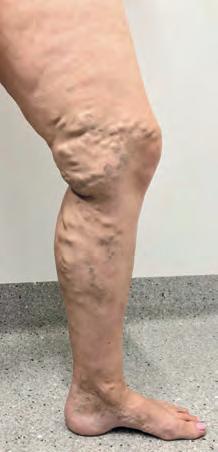
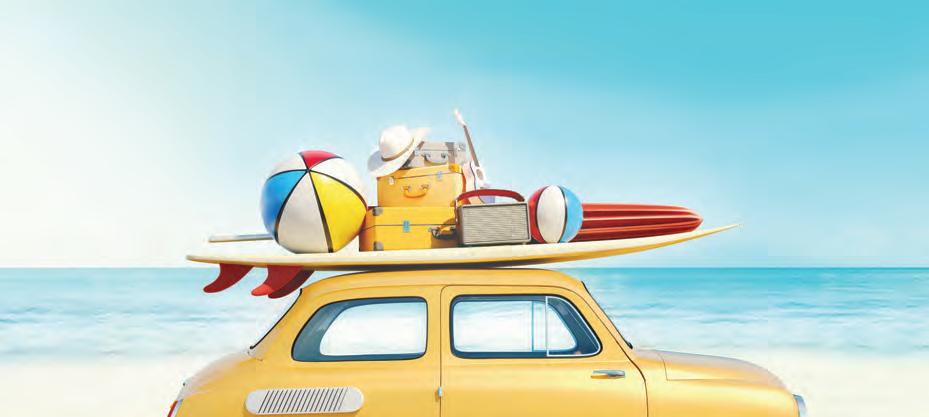
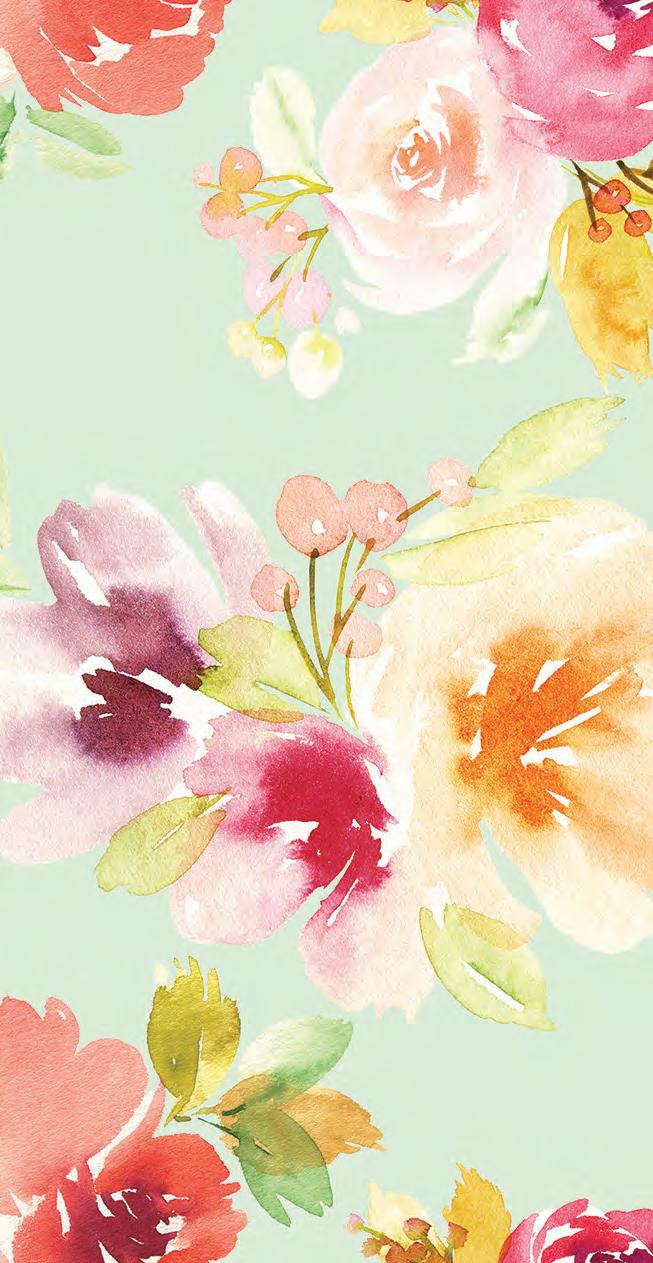
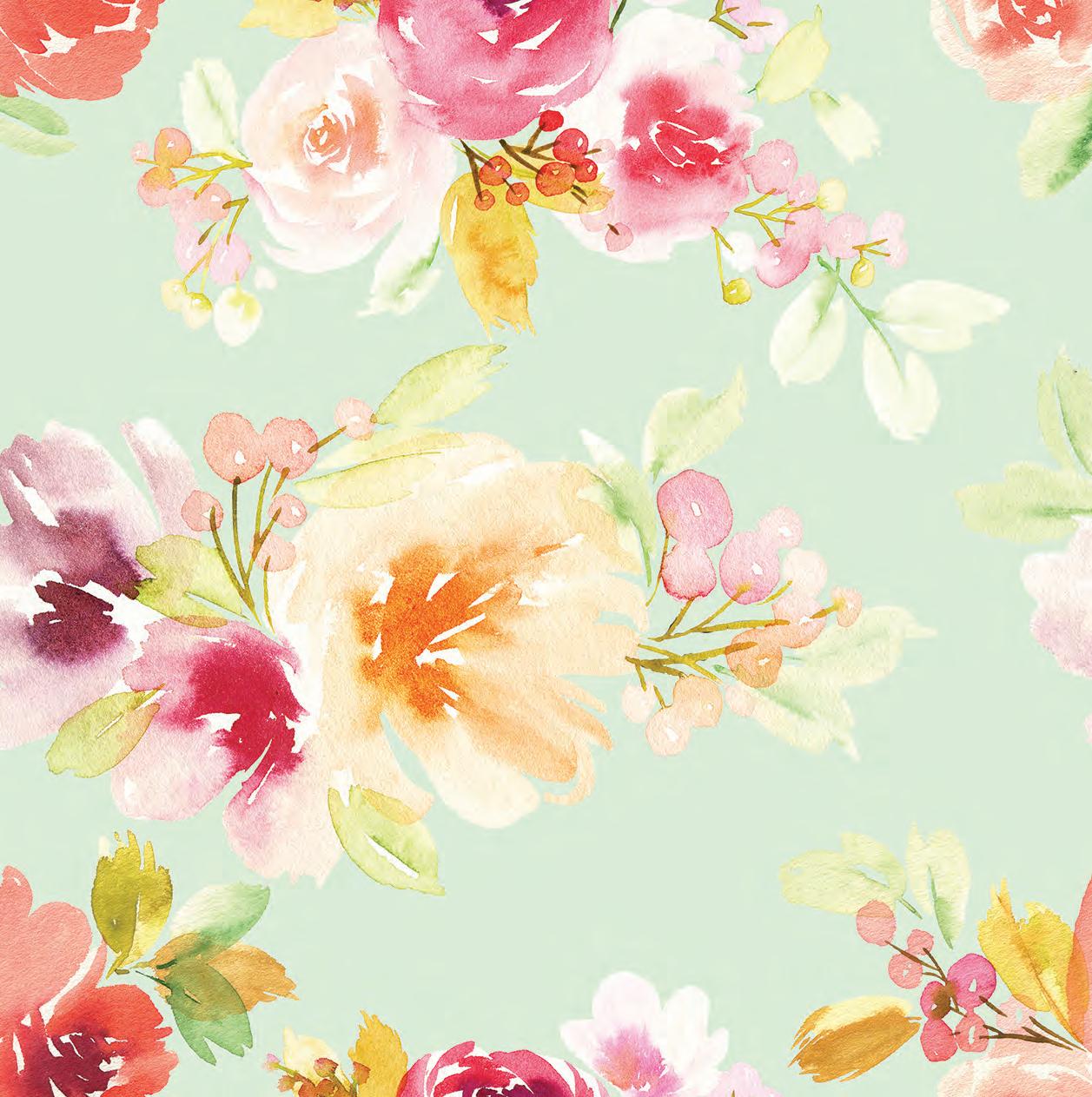
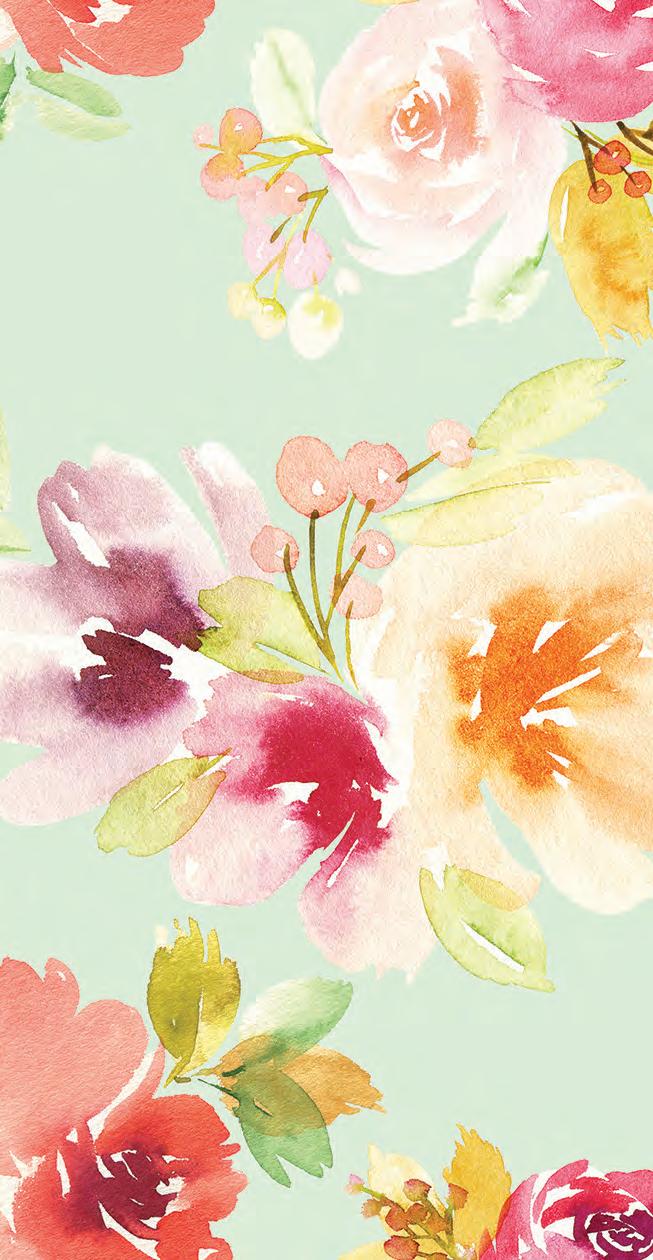
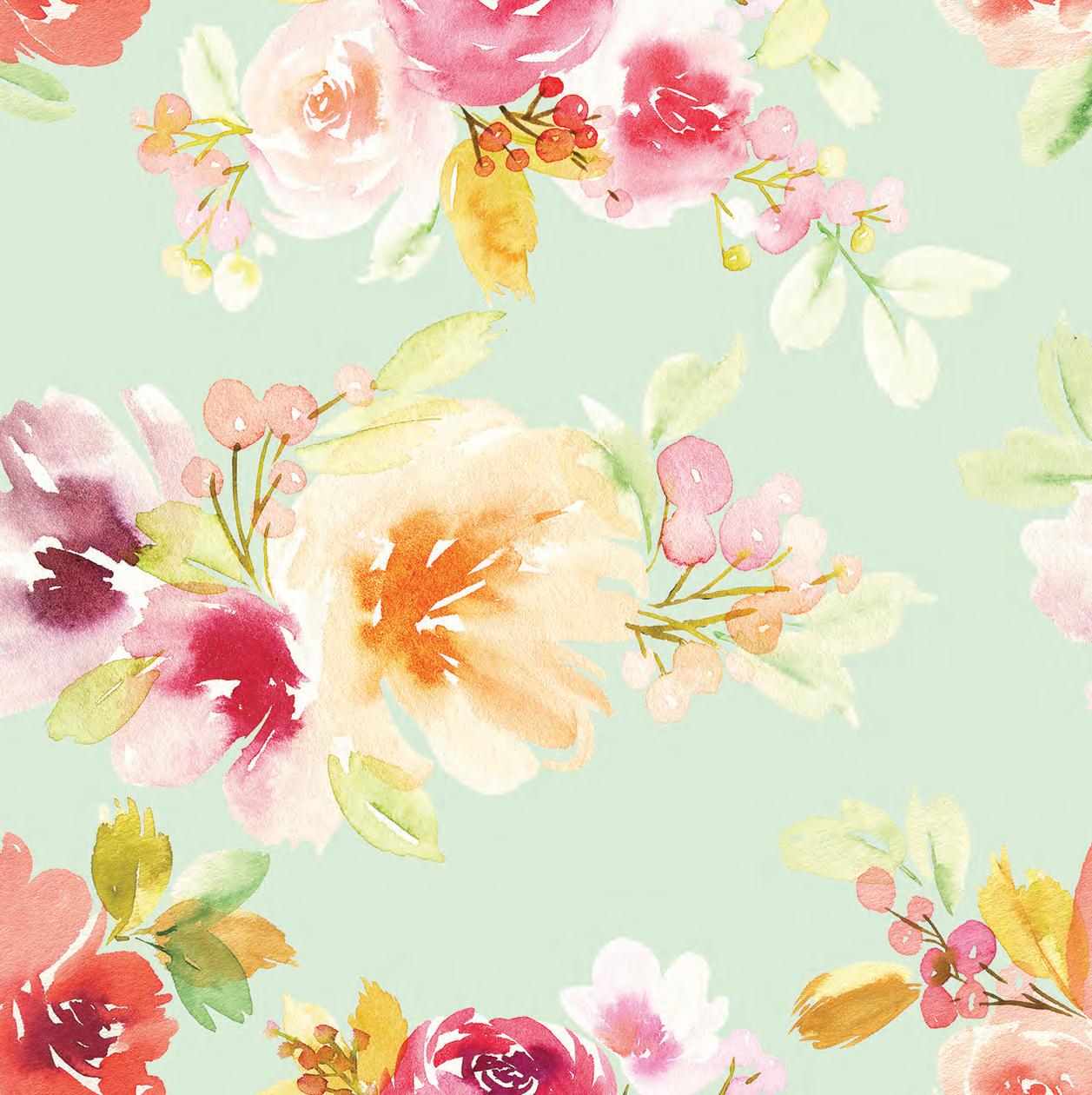

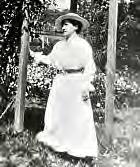
Freshwater CWA has started a book club! Come down to the Freshwater CWA Hall monthly on Wednesday evenings from 7pm – RSVP or request more details by emailing freshwaterqcwa@gmail.com.
The Roma branch is commemorating 100 years in September next year! They are looking for any history, photos or memorabilia you may have to help celebrate – contact cwaromabranch@gmail.com.
Ruth Fairfax OBE was the founding president of the QCWA. She was also a founding member of the CWAA. Her work to address issues affecting country women was tireless — we are proud to name this magazine in her honour.
Based in Sydney, Jessica Le has been illustrating for more than 13 years and has a background in book design and production, so it seems like a natural step that she’s now creating gorgeous bookplates! Pick between a wide range of designed self-adhesive sticker plates or personalised rubber stamps, and take your bookshelves to the next level. fleurandfable.com.au
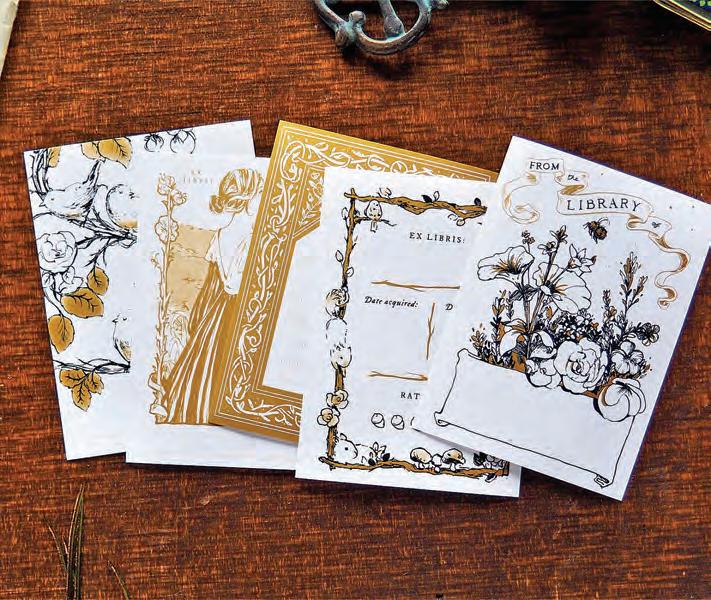
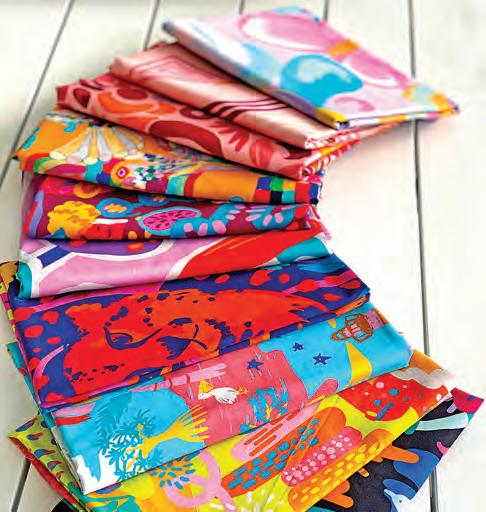

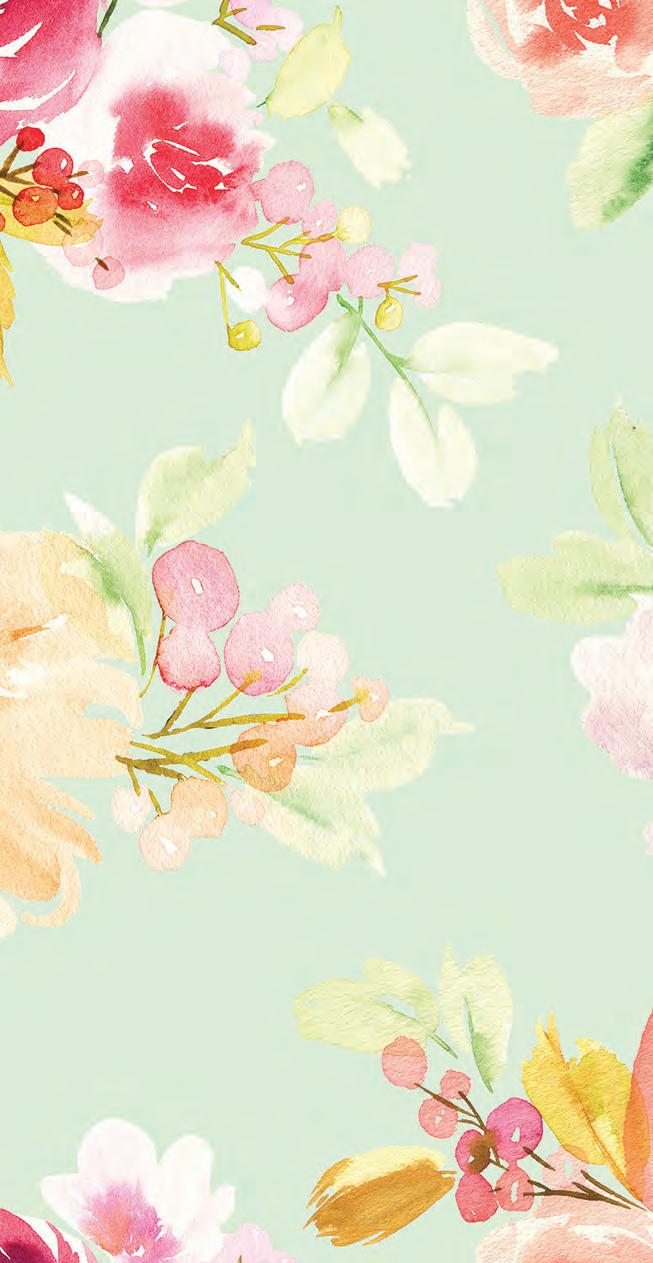
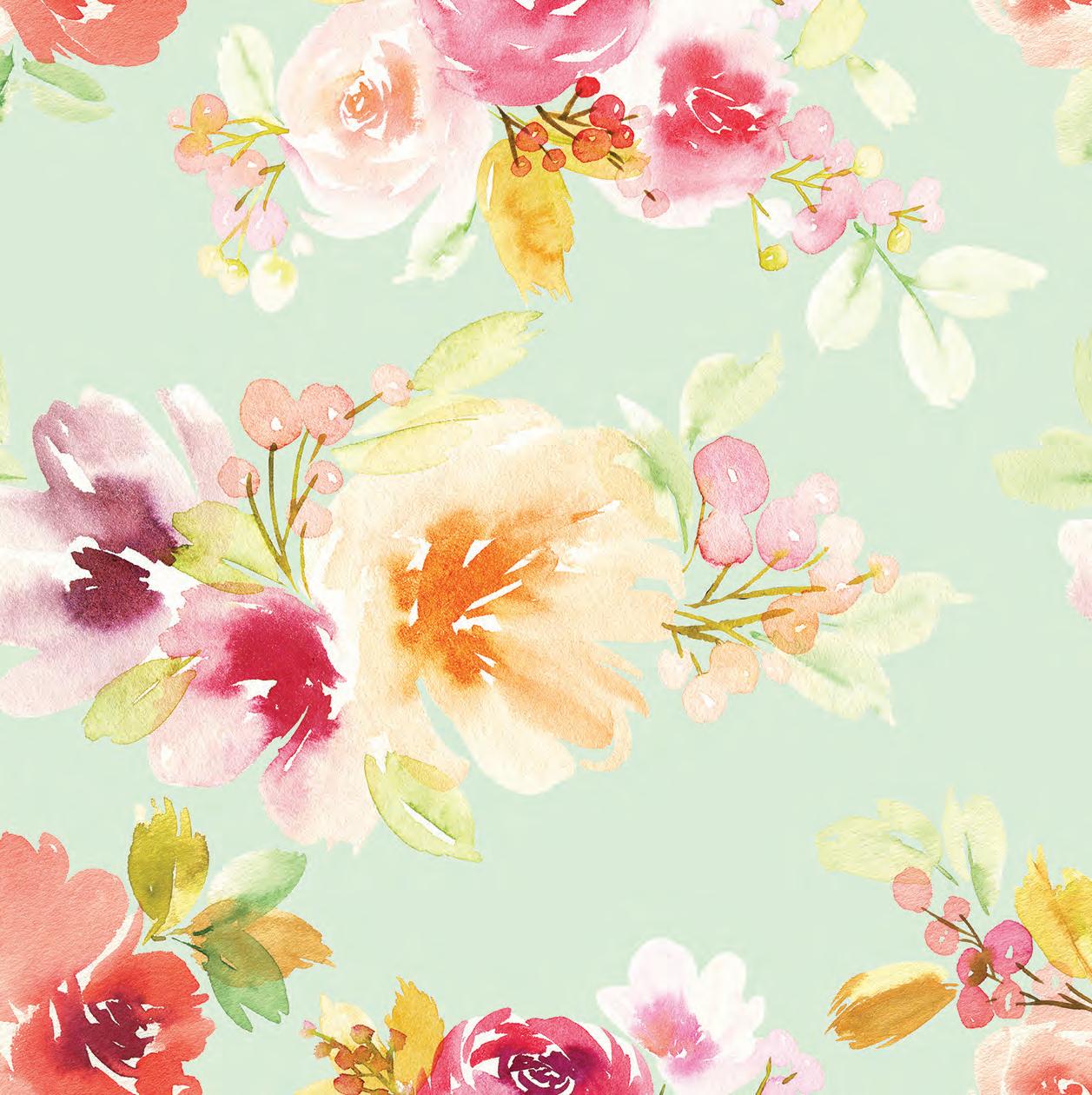
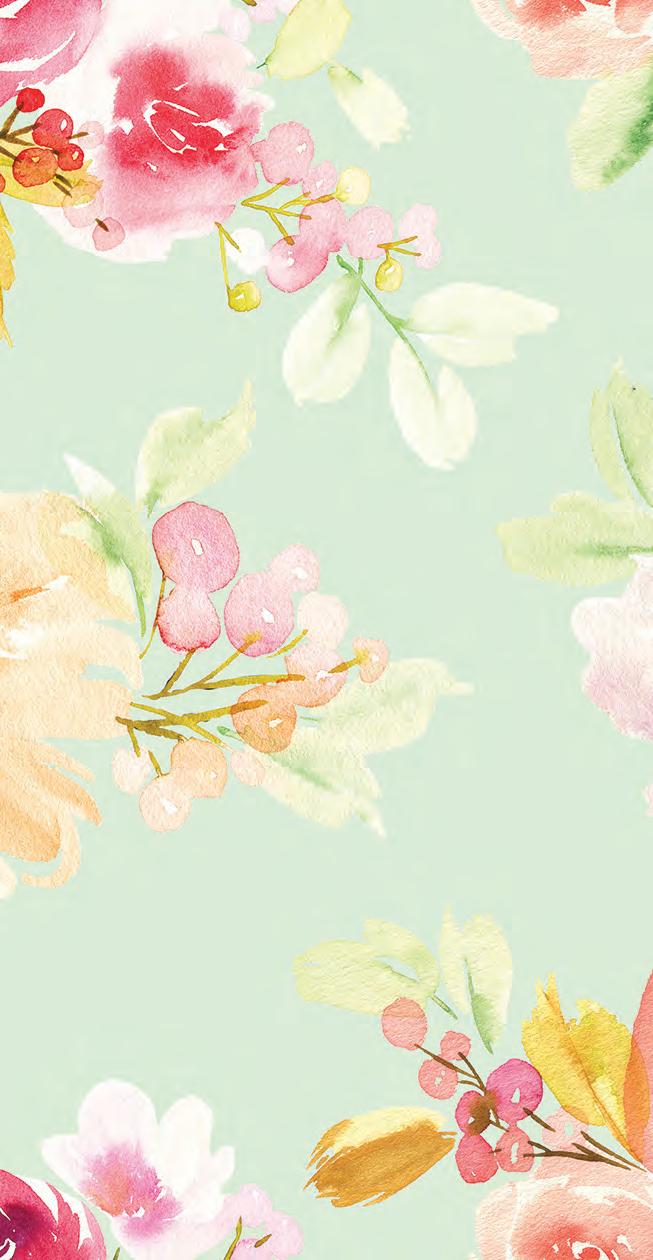
Ellie Whittaker, a fabric designer from the Gold Coast, is on a mission to fill the world with whimsical Australian patterns in bold, bright colours. Her fabrics are 100% GOTS and OEKO-TEX certified; she is so proud to be creating something sustainable and ethical that you can feel good about. See her gorgeous range at her online studio. elliewhittaker.com.au
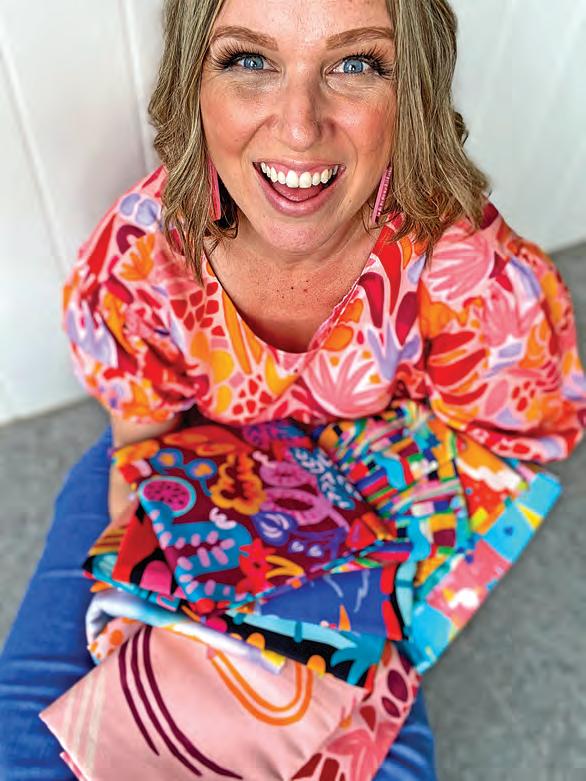
Marion and Alexis are passionate about sustainable alternatives to plastic, disposable goods — in particular, drinking straws. They launched Mister Rye in January last year, farming straws from rye stalks! Grown in South Australia, the straws are 100% compostable in your home garden or compost heap, plus they’re certified organic, gluten-free, tasteless and waterproof. misterrye.com
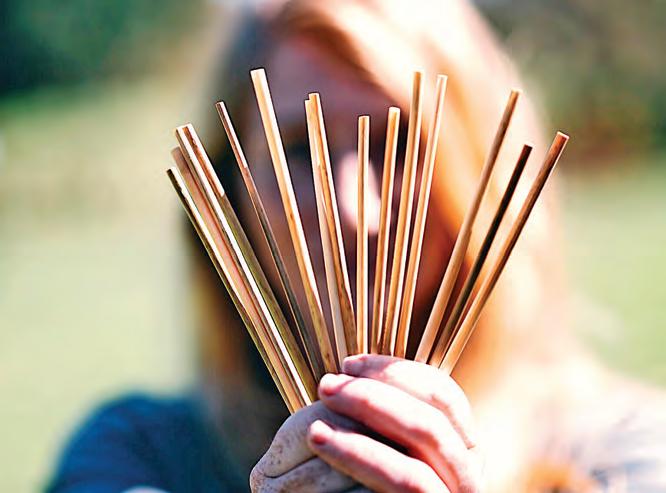
To accompany the State Library of Queensland exhibition Entwined: plants and people, is this gorgeous book Kindred Spirits: plants and people. Exploring State Library collections and stories of Queensland’s First Nations people, the tome explores the interconnected relationships between Queenslanders and the natural world. shop.slq.qld.gov.au

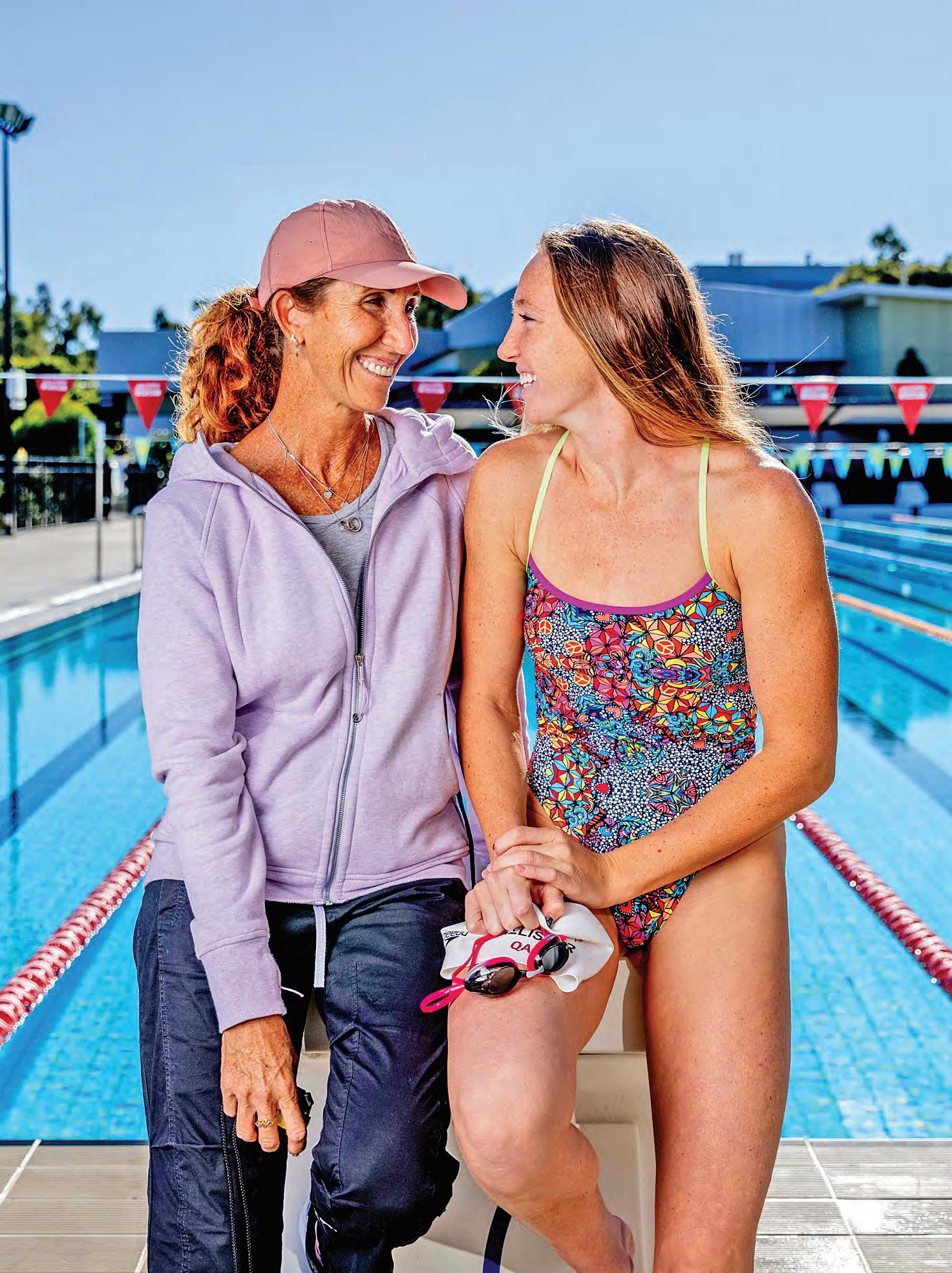
Vying for the opportunity to swim for Australia in the Olympics turns out to be a family affair for this mother-daughter duo, as Lani Pallister follows in Janelle Elford’s footsteps. RUTH’s interview was pre-Olympic team selection.
Words by Greg Stolz Images ContributedSteam is rising from the Griffith University pool as Janelle Pallister puts her squad, including daughter Lani, through their paces.
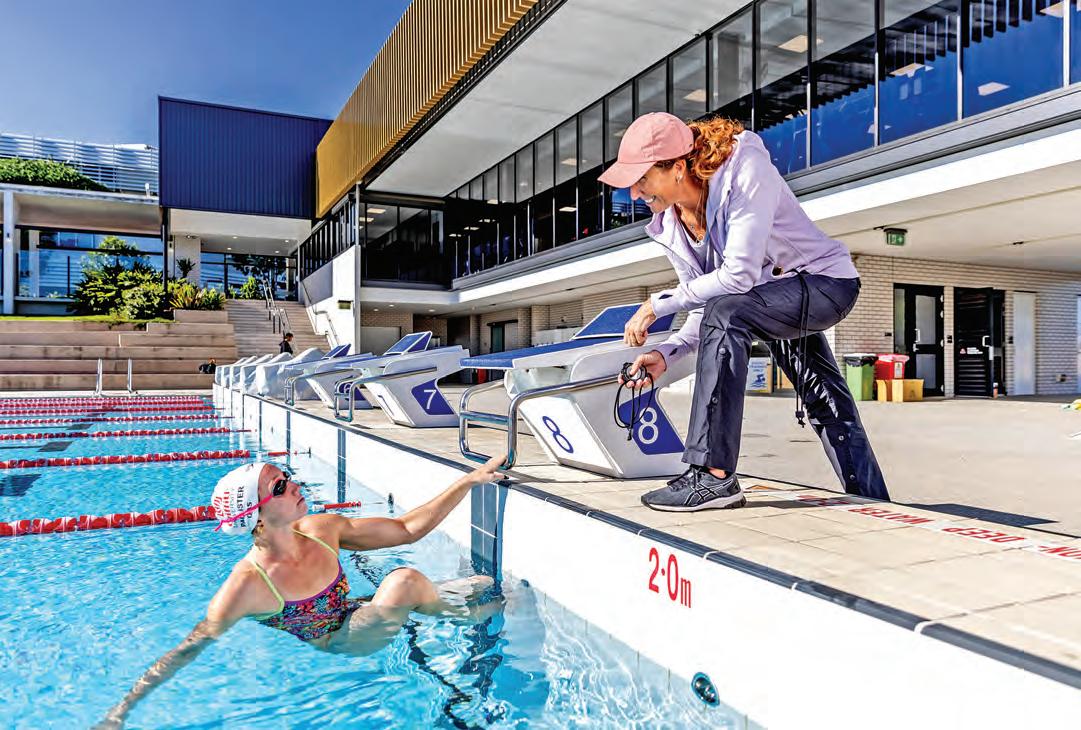
In the Granite Belt, the mercury has plunged to well below freezing, and even here on the sun-soaked Gold Coast, it’s down to single digits.
But while most of us are snuggled under the doona, here they are in the frigid pre-dawn: Janelle, rugged up on the floodlit pool deck, stopwatch in hand, as her young swimmers churn out the laps with an eye on the clock and, in Lani’s case, her mind on Tokyo.
She’s striving to follow in the imposing wake of her mum and lifelong coach, who as the flame-haired Janelle “Big Red” Elford swam for Australia in the 400m and 800m freestyle
finals at the 1988 Seoul Olympics, before going on to win gold, silver and bronze medals at the 1990 Commonwealth Games in Auckland. East German dopers robbed her of an Olympic medal and fate cruelly denied her a place at the 1992 Barcelona Games.
If Lani qualifies at today’s (June 12) Australian trials in Adelaide, a week after her 19th birthday, the Pallister women will become the first mother-daughter combo to swim the same event at the Olympic Games, a generation apart. Lyn McClements (Mexico, 1968) and daughter Jacqui McKenzie (Barcelona) made history as the first mother and daughter to swim for Australia, but Lyn was a butterflyer.
It could very well have been the same scenario but in reverse for Janelle and Lani, were it not for the misstroke of a pen.
“I always thought I was going to be a 100m butterfly swimmer,” Lani says after the swim session as she thaws out in the morning sun.
“Then one qualifying meet in Brisbane (in 2015) I accidentally highlighted the wrong event (on the marshalling sheet), so Mum entered me. Instead of being a 100m butterfly it was an 800m freestyle and because she paid for the entry, she made me swim it.”
Lani duly qualified for the state titles, made the nationals and won, shedding her butterfly wings but still flying. Another soon-to-be world-class Australian female distance swimmer — with a familiar mane of auburn hair and beaming smile — had arrived.
Janelle, 51, has been guiding Lani’s progress in the pool since she was about six, after the family — there’s also dad Rick, 60, and Lani’s brother Owen, 20 — moved from Sydney to the Sunshine Coast in 2005.
Despite her own stellar swimming achievements, Janelle “fell into” coaching after a post-sport career as a Qantas flight attendant.
“Lani and Owen went through learn-to-swim and I was sitting on the side of the pool one day and they didn’t have a junior coach so I filled in,” she recalls.
“I was asked to stay on but I only ever wanted to do the juniors, help them out and give back to swimming. And here we are today.”
Janelle has emerged as one of very few top female swim coaches in Australia (the most notable being Ian Thorpe’s former coach Tracey Menzies), and among only a handful of former elite swimmers to have coached their own offspring. Dual Olympian Ron McKeon coached his children, Emma and David, early in their careers before they moved to Queenslander Michael Bohl’s squad. Bohl, who swam for Australia at the 1982 Commonwealth Games in Brisbane, is

the head coach at Griffith University and coaches his Rio Olympics-representative daughter Georgia, as well as Lani for some sessions.
In January, after many years coaching on the Sunshine Coast, Janelle joined Bohl at Griffith University, where Lani is also on a sports scholarship studying biomedical science.
Janelle says she and Rick — a retired police prosecutor, former triathlete and champion lifesaver who competed alongside legendary ironman Grant Kenny for Alexandra Headland Surf Club — were at pains not to be pushy parents when it came to their kids and sport.
“We had our children in all sports — tennis, basketball, netball, football, soccer, jiu-jitsu, surf life saving and swimming” she says.
“We wanted to give them their own choices about the avenues they wanted to go down. It was never ‘you’re going to be a swimmer’. We gave them a lot of different options to allow them to choose their journey in life.”
Both Pallister children excelled at surf lifesaving, winning a swag of state, national and — in Lani’s case — world titles. In 2018, Owen, then 16, became a surf hero when he rescued Canberra Raiders NRL star Iosia Soliola from a rip at Mooloolaba.
But after a breakout year in 2019, when she won the 400m, 800m and 1500m freestyle at the world junior championships in Budapest, Lani decided to focus on swimming in a bid to join her mum in sport’s loftiest ranks.
“I think (having that choice) it’s something that I’m beyond grateful to my parents for,” she says.
“Mum always said to me growing up, ‘you do whatever you want to do. If you want to play tennis, you go play tennis’. She and Dad gave me choices. It was my choice to stick with swimming.”
Bruce Springsteen’s Born to Run is blaring from thebluetooth speaker on the pool deck as another Boss quietly but firmly lays down the law.
“You can either take my advice or not,” Janelle tells a chastened Lani, taking a breather at the blocks on a break between laps.
“Everything I’m saying is to help you,” the coach continues. “If you don’t want to take my advice, that’s on you, it’s not on me’.
It’s near the end of the session but Janelle — it’s always Janelle here at training, never Mum — has clearly seen something she doesn’t like from her star charge, who just happens to be her daughter. And it’s led to a bit of a tough love pep talk.
“We were talking about her stroke count and things and she just gave me almost that blank look,” Janelle reveals later.
“There’s times that we butt heads but the main thing is that, like any coach, I’m just trying to make them the best they can be. I do believe she knows I’m doing everything I can to help her.
“She even let it slip the other day that there’s times she does things just to annoy me,” Janelle continues.
“I heard an interview recently with (American superstar swimmer) Michael Phelps and it was the same. Him and his coach Bob Bowman had a fantastic relationship but there were a lot of times that they were fighting, and Phelps did things just to annoy Bowman.
“You have your connection with all your athletes and you want them to be their best but when it’s your daughter, there’s a little bit more emotion involved.
“I think because she wants it (swimming glory), I want to help her get it. As a parent, we always do the best we can for our kids.”
Says Lani: “I think any coach has to get up an athlete. Being her daughter isn’t anything special (in the context of the swim
squad). I mean, I probably get yelled at more than anyone else because I am her daughter.
“She doesn’t play favourites or any of that. Even if I’m having a really good session, she’ll still tell me that I need to do more, I need to be better and constantly pushes me to be the best person I can be. Which is what you need in a coach.”
Despite their earlier terse words, it’s all water off the proverbial duck’s back as Janelle and Lani laugh and joke later; this obviously close mother-daughter bond as tight as ever.
“It’s definitely an interesting dynamic,” Lani says.
“I know it’s gotten a lot better as we’ve gotten older, especially now that I’m living out of home. I think it’s something that’s really special. She’s been there and done that before me.
“She’s a Commonwealth Games gold medallist, she’s an Olympic finalist, she was top five in an Olympic final in the same events that I’m swimming in almost 33 years later.

“I think that I’m beyond fortunate to have someone like her, and the calibre of athlete that she was and everything she’s been through and the experience she’s had, in the same events that I swim.”
As a mum, Janelle is also a life coach for Lani, and in the cutthroat arena of elite sport, her philosophy is refreshing.
“It’s really important, and I try to tell all my athletes this: swimming is something that they do, it’s not who they are. They can’t be defined by swimming,” she says.
“They’ve got to have a life. It’s really important to have a life and to know who they are outside the pool.
“When I was swimming, we were identified as swimmers. A lot of my generation, when we finished swimming, we didn’t know where we fitted, who we were. Learning from my mistakes, I’ve tried to encourage these guys to really find their purpose.”
But ask how proud it would make her to make the Australian
team for Tokyo, Janelle chokes back emotion.
“Extremely proud,” she says, tears welling up in her eyes.
“It’s not about me as an Olympian, her coach or mum … it’s just about seeing her achieve her dream. You don’t get to where she is, or where the other girls are, without putting in the hard work. There’s a lot of sacrifices, a lot of things you give up.
“Any time that they’ve had a goal and they’ve achieved it, any parent’s extremely proud of their kids. It doesn’t matter whether it’s the local race or the Olympics.”
But with up to seven female distance swimmers, including Brisbane star Ariarne Titmus, vying for two spots on the Australian team for Tokyo, neither Janelle or Lani are under any illusions about how tough the trials will be.
“It’s tough, but if you’re in it you’ve got a chance,” Janelle says.
“The one thing she does have on her side is that she’s the younger of the group. I’ve said to her ‘if you make it, you make it, if you don’t, you don’t. It doesn’t make you a better person.
“I think I got that off Leisel Jones. She was always chasing that (Olympic) gold medal thinking that it was going to make her a better person. And when she finally got it, she realised it wasn’t the gold medal making her a better person. It was her as a person.”
Besides her mum, another major inspiration for Lani has been swimming legend Dawn Fraser, with whom she and Janelle have a close friendship.
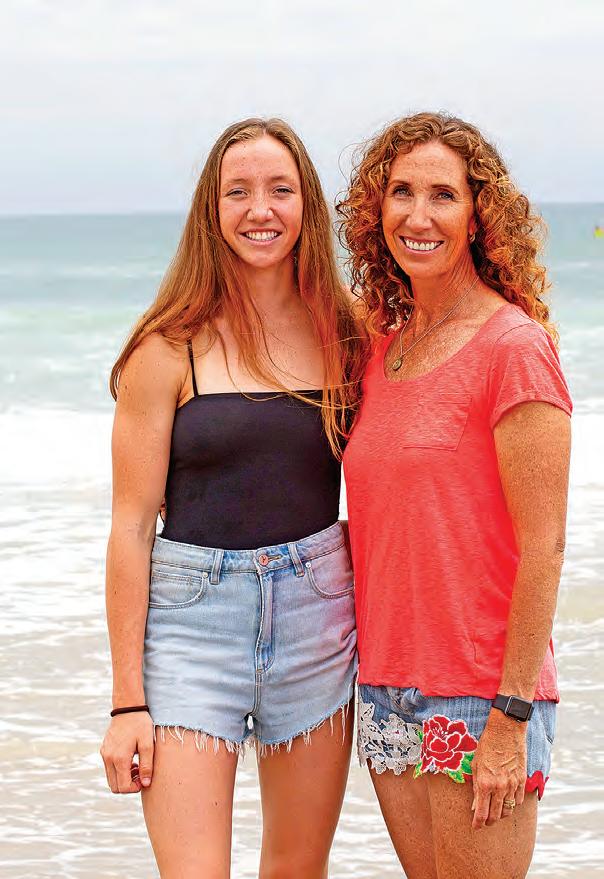
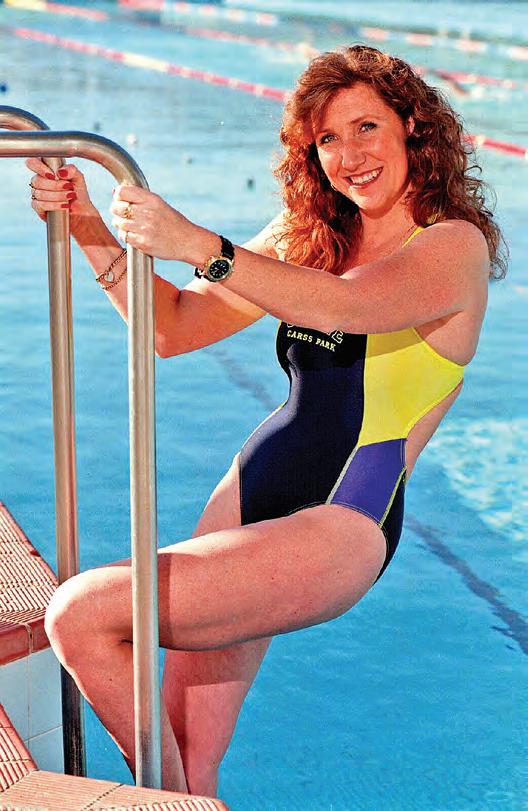
“Dawn has been part of my family since before I was born,” Lani says admiringly.
“She was a mentor to Mum and was at my christening, and I’m extremely lucky to have her in my life. She, along with Mum, was one of the first people that ever really believed in my ability.
“She’s always told me that I could become one of the best distance swimmers in history, and to have someone of her calibre in my corner is just amazing.
“When I’m behind the blocks, I’m always happy but when I get to the blocks, it’s game on. Dawn always says to me, ‘if I don’t see you smiling behind the blocks, I’m going to give you a kick up the bum!’ That always makes me giggle.”
Lani, who beat Titmus in 2018 in the 800m freestyle at the Australian short course titles, set new national short course records last year in the 800m and 1500m (which the women will swim in Tokyo for the first time at an Olympics) and has been slashing her times year after year, says: “I’d like to say that I back myself.”
“Confidence is something that all athletes need going into trials because no-one else is going to give it to you,” she says.
“You’re not going to be just given a spot on the team, you definitely have to earn it. On paper, I’m still third ranked in Australia so on paper, I’m not going to make the team.
“But I have belief in myself that I’m more than capable of swimming times that would put me in the top two in Australia and top eight in the world, which would put me in Olympic finals.
“I definitely put a lot more pressure on myself than everyone around me puts on me but that’s something that I deal with. That’s my choice.
“Mum doesn’t put pressure on me, she just wants to help me achieve my goals. I think the fact that I’m so invested in my swimming, and she’s constantly there helping me, is another reason that I put pressure on myself. Because I just want to make everyone proud.”
Lani has watched the highlight reels of Janelle in her swimming heyday for inspiration.
“We used to put them up on the TV and Dad and I would sit
Swimmer Janelle Elford at Carrs Pool 1995.there watching them,” she says.
“I think everyone now comments that I look like Mum when she was swimming, which is something cool, 33 years on.
“It’s weird that it’s all fallen into place the way it has. If Tokyo had gone ahead last year, I would have been 18 like Mum was when she went to the Olympics.
“She was an amazing athlete. I think Mum’s times are only two seconds slower than mine, and I have the super suits and the new blocks and goggles. It’s cool to see that 33 years on, those times would still be competitive in our events now.
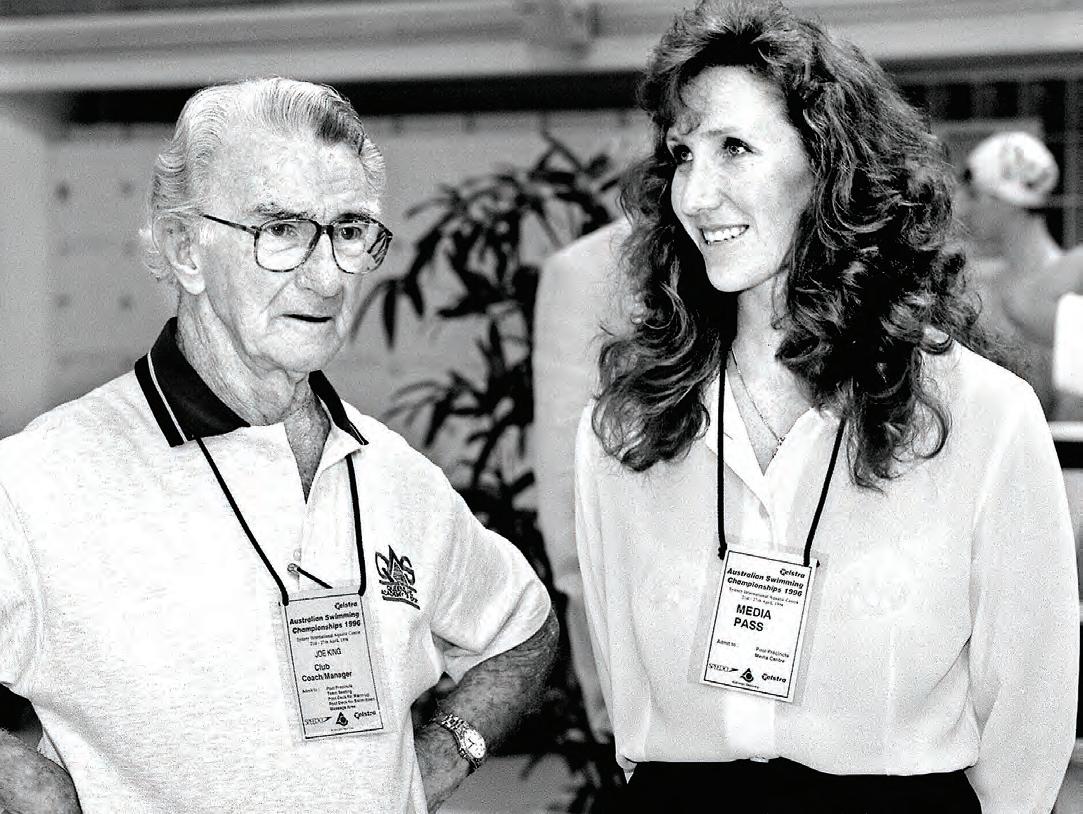
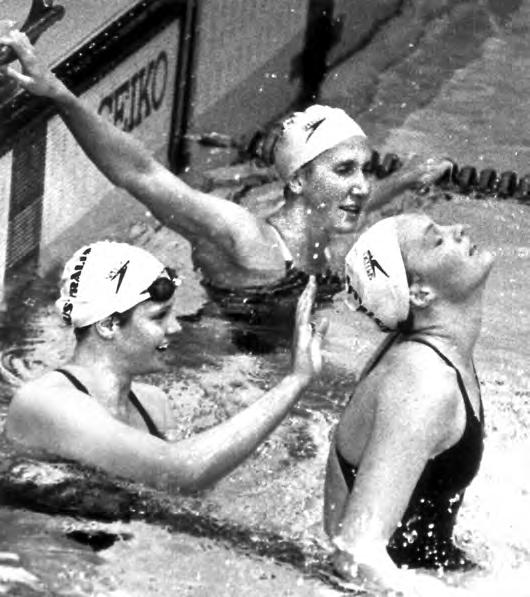
“Her back end was a lot better than mine is. I like to go out fairly hard and kind of see how much I can hurt myself. Mum was always able to come over the top of everyone, which is something we’re both working on for me.”
Regardless of whether her daughter makes the team for Tokyo, Janelle believes the day may well come when Lani has to look at moving on to another coach to further her swimming career.
Lani, though, isn’t having a bar of that talk right now.
“I don’t want to think about it – it’d be a sad day that I do have to leave mum because she’s been with me my whole life,” she says.
“I mean, she threw me in the deep end when I was three months’ old and taught me how to swim, so it’s something that I’ve known my whole life and I don’t know how I would change that.
“I kind of don’t look at it as ‘oh, it’s my mum coaching me’. It’s ‘I’ve got a mum, a friend, a mentor and an idol’ … it’s all of those things combined into one person that I have access to all the time.
“I think we both love it. It’s been something that we’ve done our whole lives, and I don’t think we’d change it for the world.”
Australian swimmers L-R: Sheridan Burge-Lopez, Janelle Elford and Julie McDonald. Former swimmer and TV commentator Janelle Elford talks to swimming coach Joe King.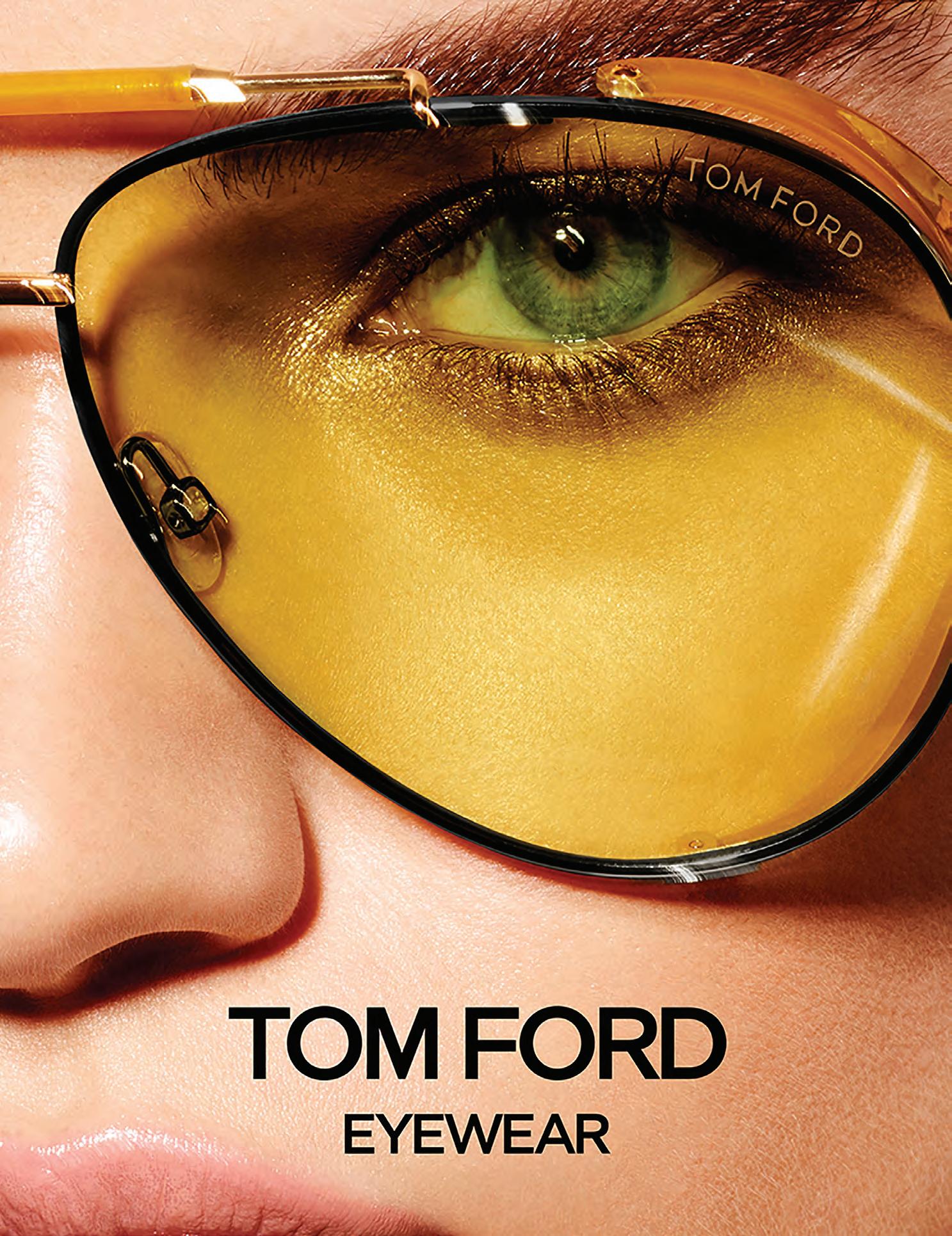
ENJOY A TASTE OF MALAYSIA WITH THESE DELICIOUS AND VERSATILE DISHES
Recipes & pictures Contributed
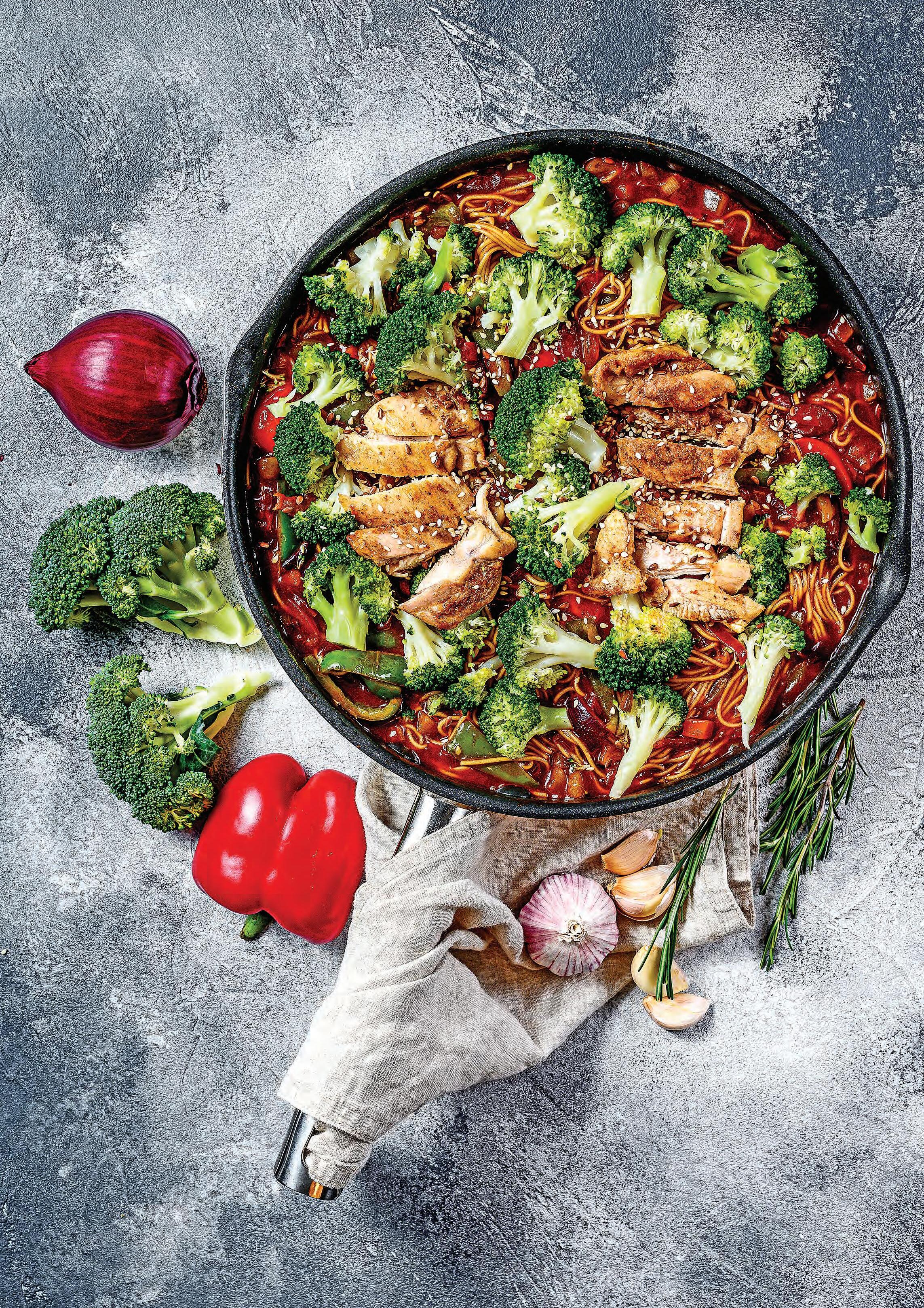
Serves: 6
Prep Time: 20 minutes
Cook Time: 15 minutes
1 serve per portion
Ingredients
6 cloves garlic, chopped
4 shallots, (yellow onion) chopped
6 cm piece of ginger, peeled and finely chopped
2 chillies, deseeded and finely chopped
30 ml peanut oil
⅓ cup laksa paste
1 ½ L chicken stock, reduced salt
1 ½ cups yellow beans, sliced
1 red capsicum, deseeded and sliced
400 ml coconut cream
120 g white fish, cut into bite size pieces
6 large prawns, cooked and skinned
200 g vermicelli noodles
200 g fresh egg noodles
120 g tofu, sliced into cubes and shallow fried in nonstick pan
100 g shredded roast chicken, skin removed
1 cup bean sprouts
2 spring onions, finely sliced
2 sprigs coriander leaves
2 limes, juiced
½ tablespoon fish sauce
Method
BLEND garlic, shallots, ginger and chilli in food processor until smooth.
PLACE oil in large pan over high heat, add the blended paste frying for 1 minute then add laksa paste frying until fragrant, about 2 minutes.
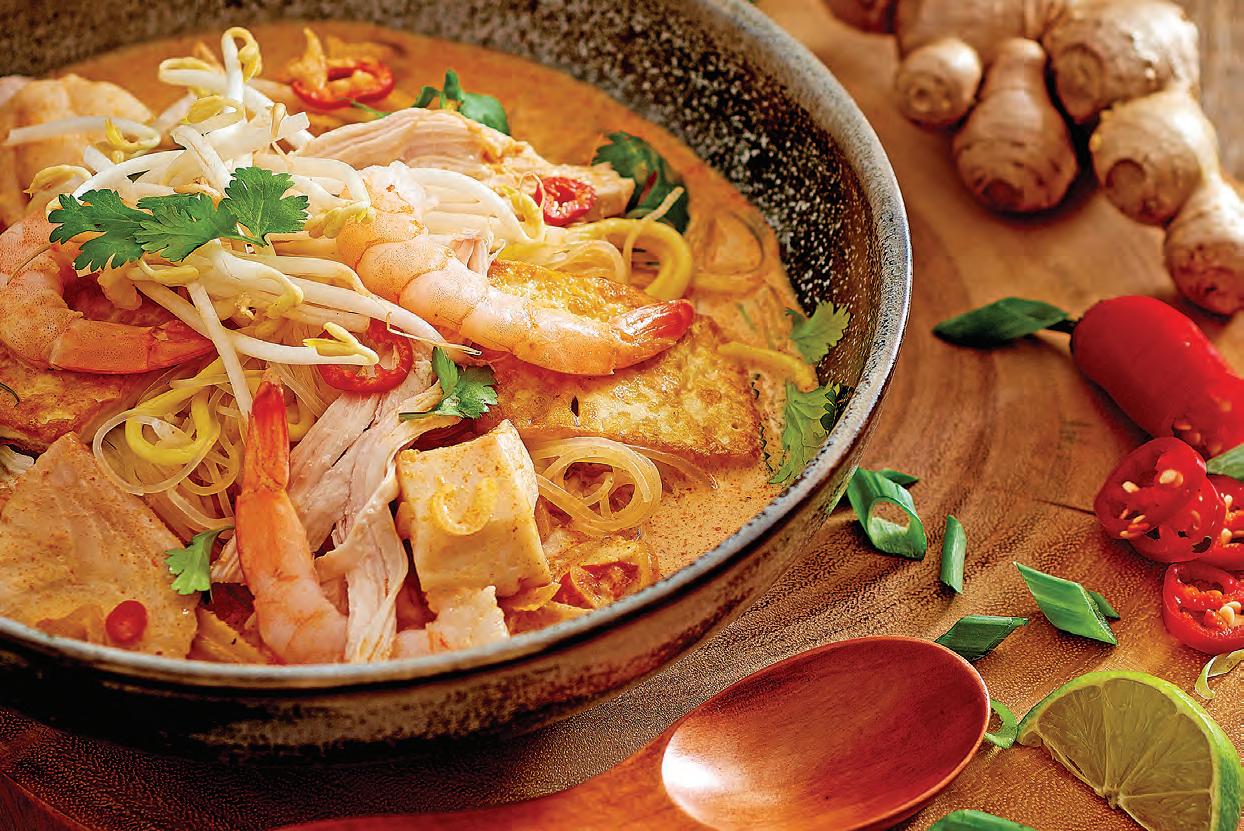
ADD stock, beans and capsicum and bring to boil. Add coconut cream and reduce heat to a simmer.
ADD fish and prawns and cook gently for 3 minutes. COOK vermicelli according to packet instructions. Heat through egg noodles with boiling water for 2 minutes. Transfer both to colander and rinse in cold water.
DIVIDE noodles into six bowls, adding tofu, broth and topping with chicken, sprouts and spring onions. Season with coriander, lime juice and fish sauce.
Laksa is an iconic spicy noodle soup that is often the first dish which comes to mind when thinking of Malaysian cuisine. There are a number of different types of laksa and those who travel to Malaysia are often surprised to find that the most popular variation has a much stronger curry flavour and is not made with a coconut broth! You will usually find a combination of thick egg or wheat noodles and thin rice vermicelli in this popular dish.
Recipe courtesy of the Country Kitchens Team
Serves: 4
Prep Time: 15 minutes
Cook Time: 20 minutes
2 serves per portion
Ingredients
1 tablespoon sriracha (optional)
Juice of 1 lime
2 tablespoons kecap manis (sweet soy sauce)
2 tablespoons light soy sauce
200 g dried egg noodles
1 tablespoon peanut oil
500 g chicken thigh fillets, fat trimmed, sliced
1 garlic clove, chopped
1 small head broccoli, chopped
1 carrot, thinly sliced
1 bunch pak choy, thinly sliced
2 eggs, lightly beaten
4 spring onions, thinly sliced, plus extra to serve
½ red capsicum, thinly sliced
1 cup bean sprouts
Crispy fried shallots, to serve
Method
COMBINE the sriracha, lime juice, kecap manis and soy sauce in a bowl and set aside.
COOK the noodles according to the packet directions. Drain and rinse under cold water, set aside.
HEAT the oil in a wok or a large frying pan over mediumhigh heat. Add chicken and cook for 2-3 minutes, stirring occasionally.
ADD garlic, broccoli, carrot, and pak choy stalks and stir until slightly softened and chicken is cooked through. Transfer mixture to a heat proof bowl and set aside.
CLEAN wok or frying pan and return to heat. Add eggs and stir until just cooked through.
ADD pak choy leaves, spring onion, capsicum and bean sprouts, reserved chicken mixture, noodles and sauce mixture. Cook, tossing for 2-3 minutes until heated through.

DIVIDE between 4 serving bowls. Garnish with extra spring onions and crispy fried shallots.
Mee goreng is one of the most popular dishes in Malaysia and literally translates to ‘fried noodles’. This meal is common amongst street vendors who typically serve it with a generous amount of spice! Try increasing or decreasing the amount of sriracha in the recipe depending on your spice preference or consider serving with sambal chilli jam or fresh red chilies on top. You can substitute the vegetables for anything else you have on hand such as cabbage, zucchini or green beans. If you’d like to change things up you could also swap the chicken for beef, tofu or prawns.
Recipe courtesy of Katy Li, Country Kitchens TeamServes: 10 (makes 20 rolls)
Prep Time: 15 minutes
Cook Time: 30 minutes
1 ½ serves per portion
Ingredients
2 teaspoons sesame oil
Black pepper
4 eggs, lightly beaten
1 ½ tablespoons peanut oil
2 garlic cloves, crushed
1 large carrot, grated
5 cups Chinese cabbage, shredded
227 g can water chestnuts, drained, thinly sliced
2 tablespoons soy sauce, reduced salt
20 frozen spring roll wrappers, thawed
Kecap manis (sweet soy sauce)
Sriracha (chilli sauce) (optional)
8 lettuce leaves
200 g bean sprouts
1 large cucumber, grated
Roasted unsalted peanuts, to serve
Crispy fried shallots, to serve
Method
ADD sesame oil and pepper to eggs and mix well to combine.
PREHEAT a pan over medium heat. When hot, add a teaspoon of peanut oil.
POUR half of the egg mixture into the pan and swirl to coat. When underside is cooked, flip omelette and leave on heat until cooked through. Remove from pan and repeat with the remaining half of the egg mixture. Roll each omelette into a cigar and slice thinly. Set aside. WIPE pan clean and return to heat. When hot, add a tablespoon of peanut oil and fry garlic for 1-2 minutes until fragrant.
ADD grated carrot and cabbage and cook for 2-3 minutes until soft. Add water chestnuts and soy sauce and cook for a further 2 minutes. Remove from heat and set aside. PREPARE lettuce by cutting leaves into small strips, roughly 10x4cm in size.
CAREFULLY peel off one spring roll wrapper and place in a diamond position on a plate or board. Cover the remaining wrappers in a damp cloth to prevent from drying out.
DRIZZLE kecap manis and sriracha over the centre of the wrapper and spread evenly with the back of a spoon, leaving a 2cm gap around the edges.
PLACE a piece of lettuce on the wrapper near the base of the diamond. Top with a few bean sprouts and a sprinkle of grated cucumber.
ADD two tablespoons of cooked filling on top of fresh ingredients. Top with a few slices of egg and a sprinkle of peanuts and crispy shallots. Roll the wrapper up halfway, fold sides in and then finish rolling.
REPEAT with remaining spring rolls then cut each roll into four pieces to serve.
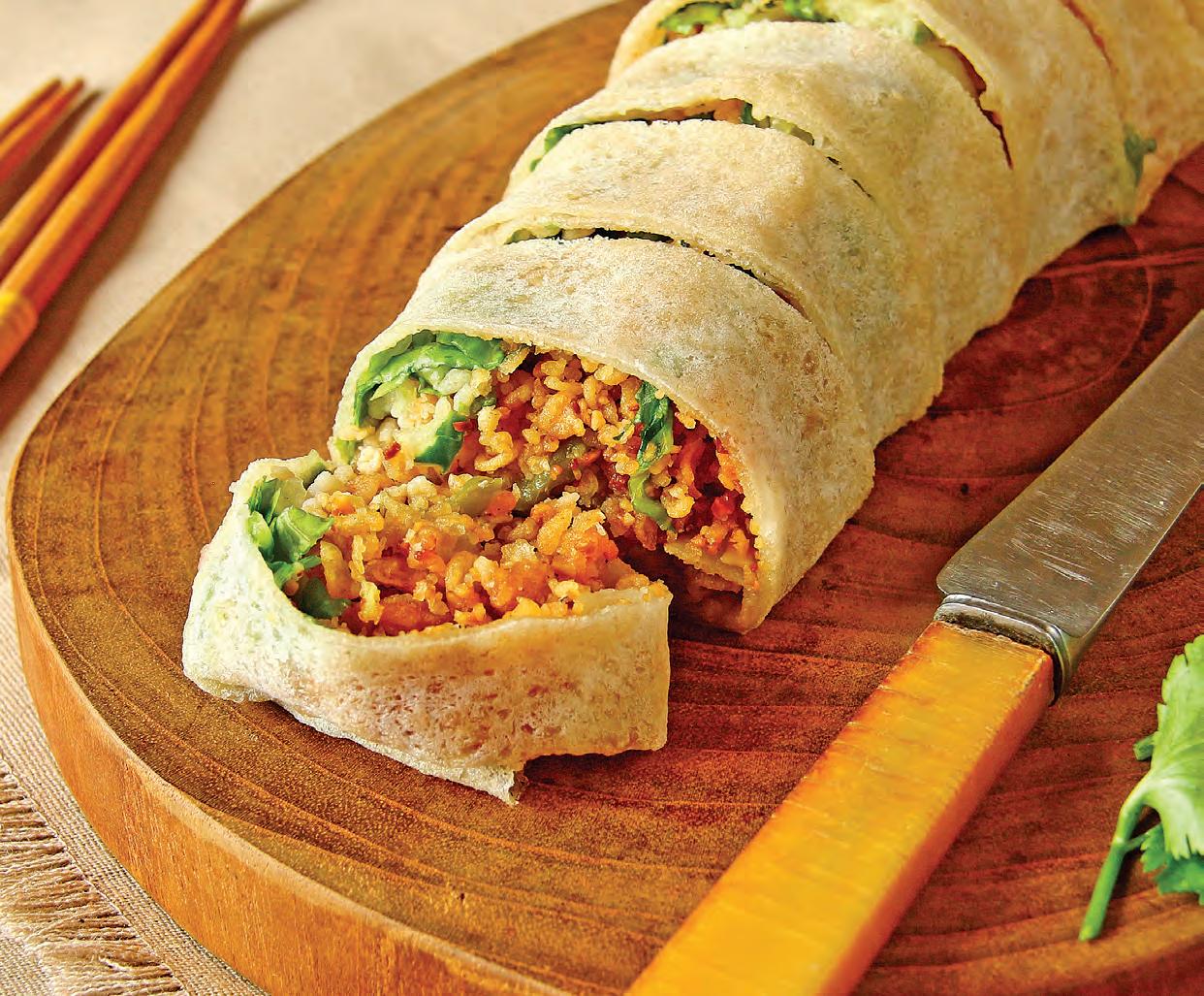

Ingredients
200 g plain flour
300 ml water
1/2 tsp salt
Method
MIX the flour, water and salt in a large mixing bowl. Strain the mixture to achieve a smooth batter.
PLACE a non-stick fry pan on the stove and turn to the lowest heat setting.
BRUSH the batter on the pan thinly using a large pastry brush and make a square. Brush several times to make sure you are covering the surface so there won’t be any holes on the wrapper.
INCREASE the heat to medium to start cooking the batter. The batter will slowly turn white starting from the edge. PEEL the wrapper off the pan gently once the bottom has cooked through and transfer to a plate. Cover with a cloth to keep fresh.
WIPE the pan clean and repeat the process until you have used all the batter. Stir the batter each time before brushing. Allow the wrappers to cool down completely before stacking on the plate.
Recipe courtesy of What to Cook Today
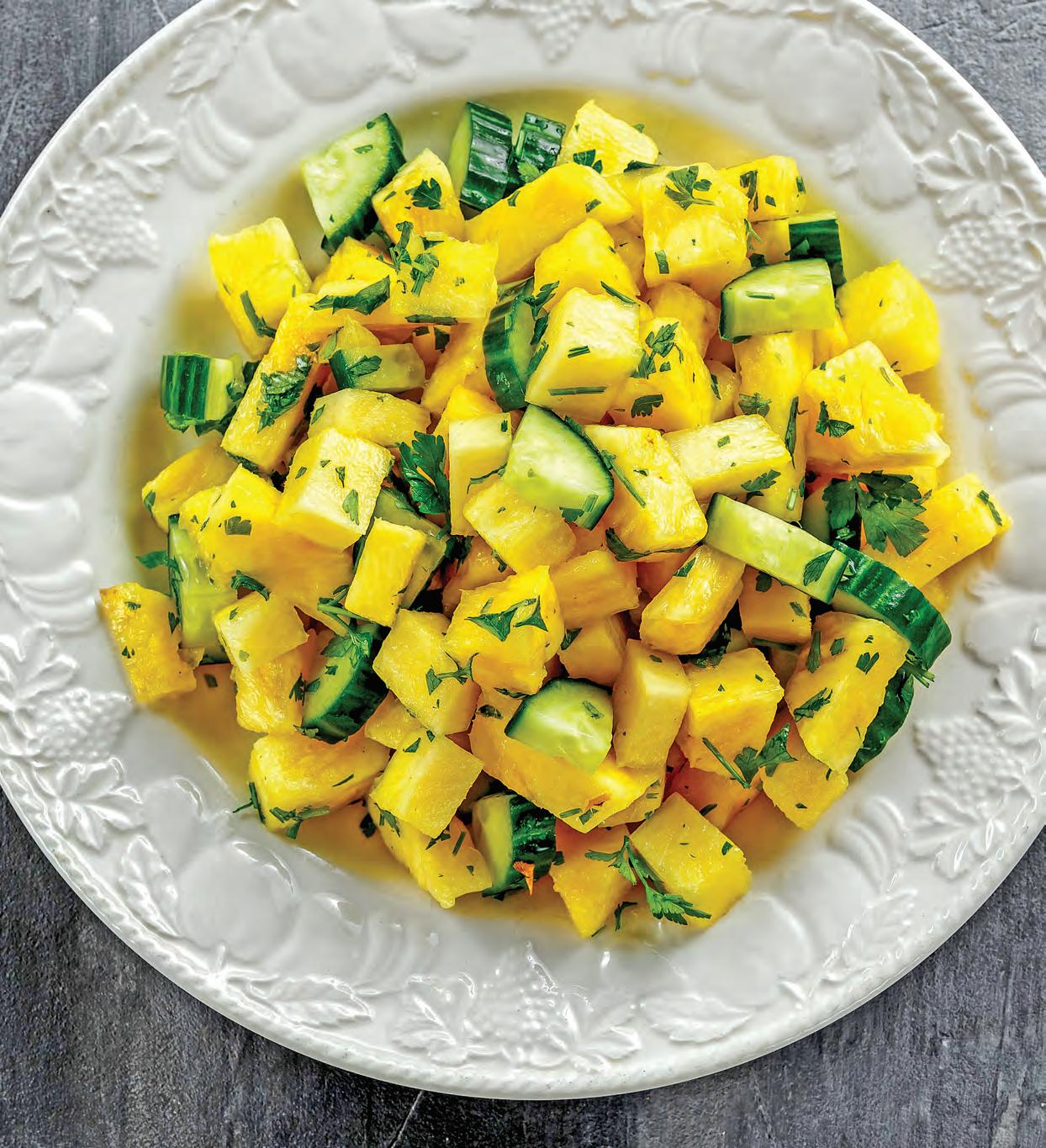
Serves: 4
Prep Time: 15 minutes
Cook Time: 0 minutes
2 serves per portion
Ingredients
2 cucumbers
½ pineapple, diced
½ medium red onion, finely diced
2 red chillies, thinly sliced
3 tablespoons lime juice
2 teaspoons soy sauce
Method
SCORE the outside of the cucumbers lengthways with a FORK to create a stripe pattern. Dice into similar sized pieces as the pineapple.
COMBINE the cucumbers, pineapple, red onion and chilli in a bowl.
ADD the lime juice and soy sauce into a separate small bowl and stir until well combined.
POUR lime and soy sauce over the salad mixture and mix well.
CHILL in fridge for at least one hour, stirring occasionally.
This salad is a popular side dish served as an accompaniment to many Malaysian curries and stir fries. It is particularly refreshing for hot climates with its sweet and tangy flavours. This salad is a great way to enjoy your fruit and vegetable serves. Traditionally a spicy dish, you can reduce or increase the amount of chilli to suit your preference.
Recipe courtesy of the Country Kitchens Team
Serves: 8
Prep Time: 15 minutes
Cook Time: 1 hour + 3hrs chill time
1 serve per portion
Ingredients
150 g sweet potato (orange flesh),
peeled and cut into 2cm cubes
150 g sweet potato (white or purple flesh),
peeled and cut into 2cm cubes
150 g taro (yam), peeled and cut into 2 cm cubes
1 cup sago (small tapioca pearls)
Coconut soup base:
5 pandan leaves, tied into a knot
¼ cup sugar
200 ml coconut milk
2 cups water
Pinch of salt
Garnish:
1 banana, peeled and sliced
2 kiwifruits, peeled and diced
1 punnet strawberries, sliced into quarters
STEAM sweet potato and taro until just cooked through, taking care not to over steam.
FILL a small saucepan half full of water. Add in the sago and bring to a boil. Reduce heat and simmer until sago is translucent, stirring frequently to avoid sticking to the bottom of the saucepan.

POUR sago through a sieve and rinse with running water. Transfer to a medium bowl filled water to stop the sago sticking together. Set aside.
COMBINE coconut soup base ingredients in a saucepan and bring to a boil. Cover with lid and simmer on low for 15 minutes.

DRAIN cooked sago and add to the coconut soup base. Add the cooked sweet potato and taro, gently stirring to combine.
BRING to a boil, then turn off the heat. Remove the pandan leaf knot.
IF serving hot:
DIVIDE mixture into serving bowls and garnish with banana, kiwifruit and strawberries. Serve immediately.
IF serving cold:
CHILL mixture in fridge until cold (approx. 3 hours). Divide into serving bowls and garnish with fruit.
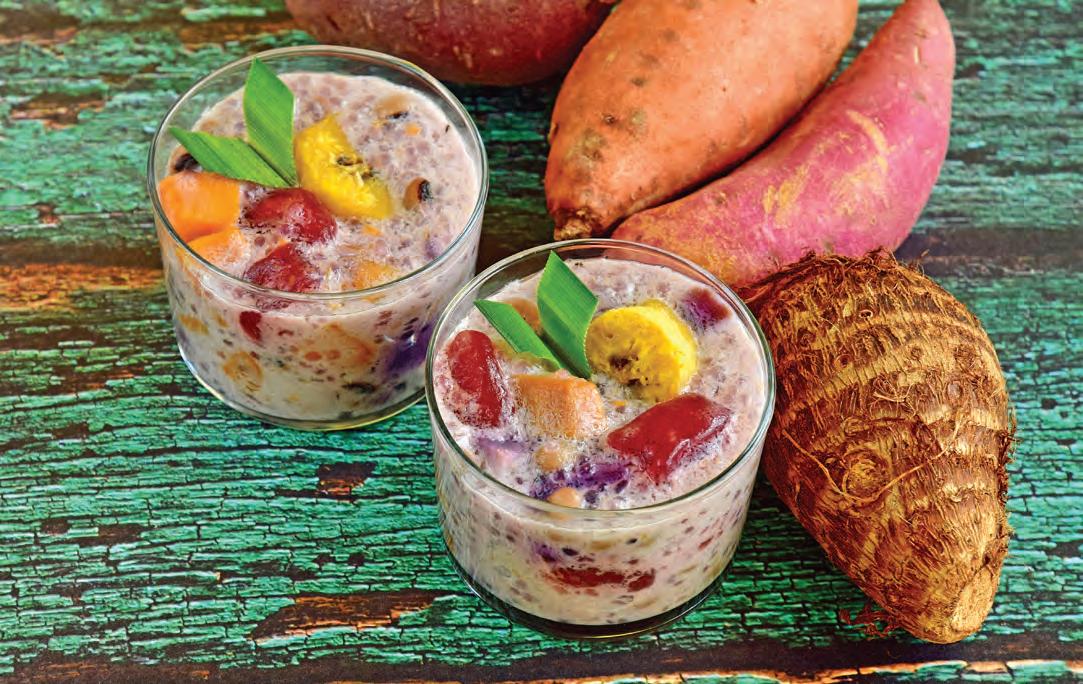
Serves: 2
Prep Time: 5 minutes
Cook Time: 0 minutes
1 serve per portion
Ingredients
¾ cup frozen mango, diced

¾ cup frozen banana, sliced
¾ cup frozen pineapple, diced

½ cup light coconut milk
1 cup water
1 lime, juiced
10 mint leaves (plus extra to serve)
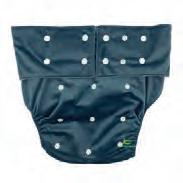
Method

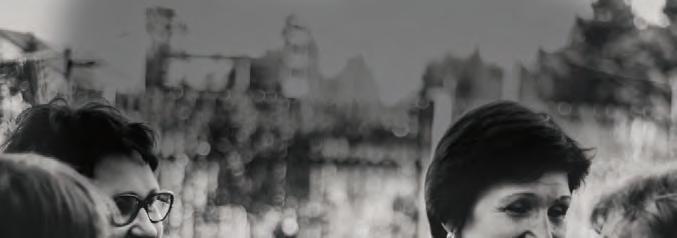
ADD all ingredients to a blender and blend on high speed UNTIL well combined and desired consistency is reached. POUR into serving glasses and garnish with extra mint leaves and your choice of fruit.
Tropical fruits are abundant in Malaysia and make the perfect ingredients for cool, refreshing smoothies. This recipe produces a tasty, vibrant drink that can be enjoyed all year round and is an easy way to enjoy a serving of fruit.
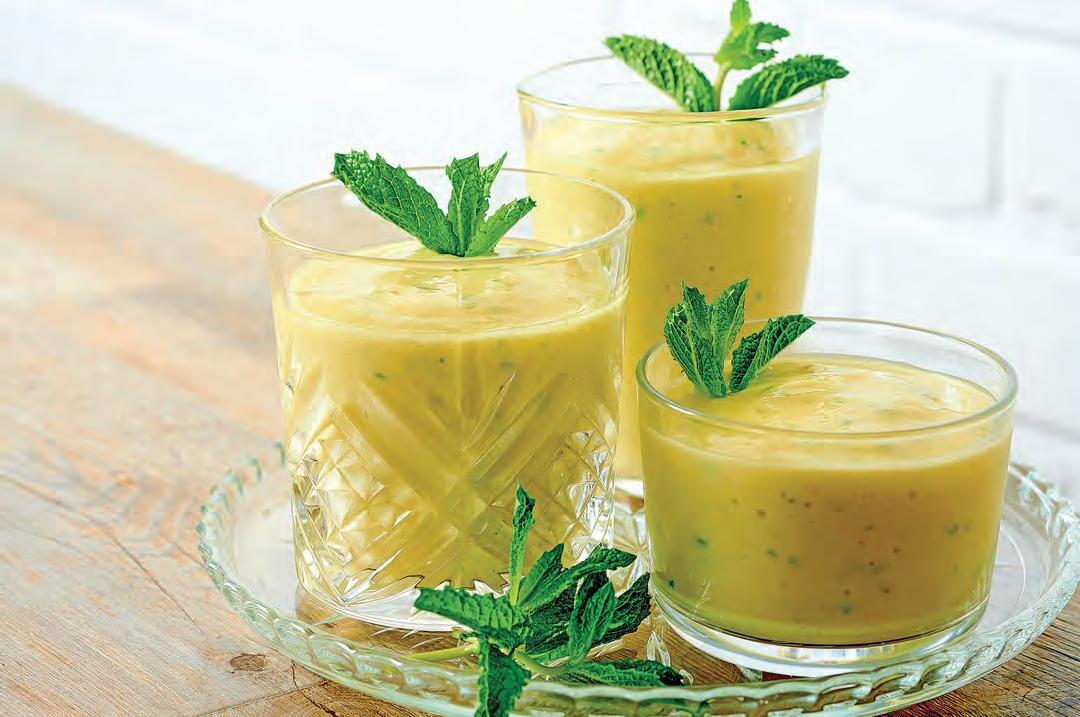
Recipe courtesy of the Country Kitchens Team
Pic by Cathy Taylor

ONCE installed, farmers can expect to pay about $10 a year for electricity to power their Hydrosmart. It’s a small price to run a nifty bit of gear that reduces salinity, protects plumbing equipment, increases crop yields and helps fatten cattle faster.

Hydrosmart’s physical water conditioning system is a simple, sustainable and effective approach to conditioning water. By applying it, farmers get the advantages of using a technology to solve water problems which requires no chemicals, no filters and no maintenance.
Refl ecting back, CEO of Hydrosmart Paul Pearce said they started the company 23 years ago servicing vineyards in South Australia, as the business was surrounded by the many great Australian wine districts. The technology took off and, since then, Hydrosmarts have helped growers from a range of farming sectors including strawberries, broccoli, olives, apples, citrus trees right up to broadacre farms and livestock. They have a field trial currently running on young seedless lemon trees in California using EC 1.1 dS/m (630 TDS) water over the last 12 months. They are measuring tree diameters and heights and applying regularly measured amounts of fertiliser to the trees planted on coarse sandy soil in the desert. The Hydrosmart treated water increased growth a significant 30% the first year.
Hydrosmarts have become a mainstay sustainable water technology on many farms and outback homesteads which, of course, rely on well water. From go to flow, the installation process doesn’t take longer than a few hours.

“We ask that the Hydrosmart is protected, so it may take time to put a small shed or enclosed area around it so it’s safe from the elements and any animals”, he said.
“It will keep working for decades of use and there are no running costs other than $10 in power to operate it yearly.”
When asked how and why it works much better than simple static magnets, Paul replied: “By using a computer program that puts out powerful electromagnetic fields in combination with resonance frequencies that are put into water via coils wrapped around the plastic pipe loop giving over 3 meters of contact time and oscillating (activating) water molecules as they pass through. This in turn helps to weaken their bonds and produce a wide range of beneficial outcomes, particularly with highly mineralised, salty, iron or calcium rich sources.”
In short, the device softens hard water to improve overall yields. Just like a good overnight rainfall, which can only be gifted by the weather gods, farmers can notice a difference to their crop within a few days.
“We have had vineyards report seeing vines perk up within a week of installing one, as the flushing away of sodium and chloride in the root zone acts like a rainwater event, and plants pick up rapidly” Paul said. “They can absorb more water and nutrients allowing for the growth of longer, stronger canes, a better canopy and an increase in grape quality and yield.”
Hydrosmart activated water also provides many benefits for livestock of all types. A beef farmer contacted Hydrosmart when they realised their Poll Hereford stock were unable to gain weight on their regular well water.
The well ran water with moderately high TDS (7000 ppm) which the cattle were not enjoying. After learning about this technology, the farm ordered a 50 mm Hydrosmart unit to treat the water which was considered low quality for beef cattle. Once installed, the cattle began putting on weight as they drank from the Hydrosmart treated brackish water. “After moving over to Hydrosmart in January, one lamb feedlot in New South Wales observed a 15% weight gain over six weeks”, Paul said. For more information, visit https://www.hydrosmart.com.au
STOCK SOLUTIONS
• Increase weight gain & health
• Improve hard / saline water simply
• Unblock pipes & fittings
• Greater appeal/response to stock, even in bad water sources
• No more valves sticking open & water wastage
• Lower algae in troughs/droppers
Soften hard water for decades on $10 power yearly
Clear out scaled pipes, increase flows
More effective than magnets by design
Grow healthy plants using saline water
Healthy stock using hard water
No waste streams or decreases in flow
Used by farmers, stations, councils, mining companies
Scientifically tested and proven technology
Australian Made and Owned for 23 years
AGRICULTURE
• Grow healthy plants in saline water
• Unblock drippers, sprays and pipes
• Turn scale into beneficial nutrients
• Reduce dependence on chemicals
• Lower fertiliser costs
• Healthy livestock on bore water Activate

Around 7 million people, or roughly 29% of our population, live in regional, rural and remote parts of Australia. Last year a record number of Australians, some prompted by the COVID-19 situation moved out of our cities in search of a different, more relaxed lifestyle.
COVID-19 and the ease of working from home — coupled with the increased convenience of the online economy — has made country living a feasible alternative for people living in metropolitan areas.

However, regional Australia lacks parity with its city cousins in many areas. The exodus from the cities to the regions has put even greater pressure on education, job opportunities, infrastructure, telecommunications and, importantly, health facilities.

Last year almost 2 million people attended state public hospital emergency departments, but in regional areas, residents often lack easy access to health services.
Smaller local hospitals and community health services often lack healthcare resources and modern, up-to-date facilities.
In many rural and regional areas there aren’t enough doctors, specialists, healthcare providers or adequate
equipment. A recent report claimed some towns have been left with just one obstetric general practitioner to serve a region of 19,000 people. Often people living in regional areas are undertaking trips to hospitals a day’s drive away for consultations and basic surgeries.
Maternity, obstetric and paediatric services present a huge challenge for our rural areas. Some towns have not had a specialist maternity service for over two decades. In less than 30 years more than 250 rural maternity services have been closed, forcing women to travel hundreds of kilometres to give birth. And if there have been complications pre-birth or after delivery, the outcome can be catastrophic.
On average, Australians living in regional, rural and remote areas have shorter lives and higher levels of disease and injury. Statistics show the five year survival rate for people diagnosed with cancer decreases as the remoteness increases and the death rate from cardiovascular disease is higher too. And the problem is growing as migration from larger cities places increased pressures on an already strained healthcare system.
The Humpty
babies are born in public hospitals per year throughout Australia.
Dumpty Foundation believes that children all over Australia deserve the best care and strives to give hospitals looking after children the right equipment, in the right place, at the right time.

Over 234,000 children are born in public hospitals per year throughout Australia. Without the Humpty Dumpty Foundation and its generous supporters, many would not survive.
Humpty’s Wish List has linked donors with the needs of frontline healthcare workers for more than 30 years, raising over $80 million and enabling the purchase of thousands of pieces of medical equipment for paediatric wards, neonatal units, maternity and emergency departments.
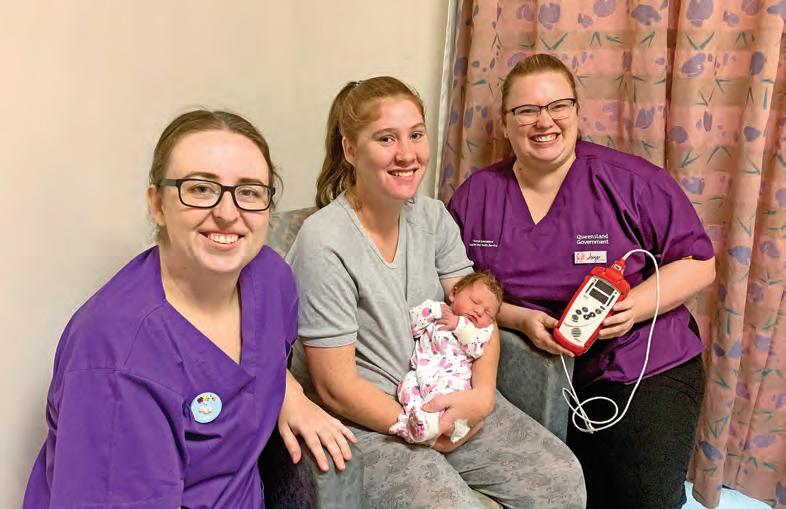
Roughly 29% of our population live in regional, rural and remote parts of Australia.
In less than 30 years more than 250 maternity services have been closed forcing women to travel hundreds of kilometres to give birth.
For many, Humpty is literally
1971 Girls in Years 11 & 12 begin at Downlands - 50 years ago
1993 fully co-educational from Years 8 - 12
2017 enrolled the first Primary Years 5 & 6 students
2019 enrolled the first Primary Year 4 students
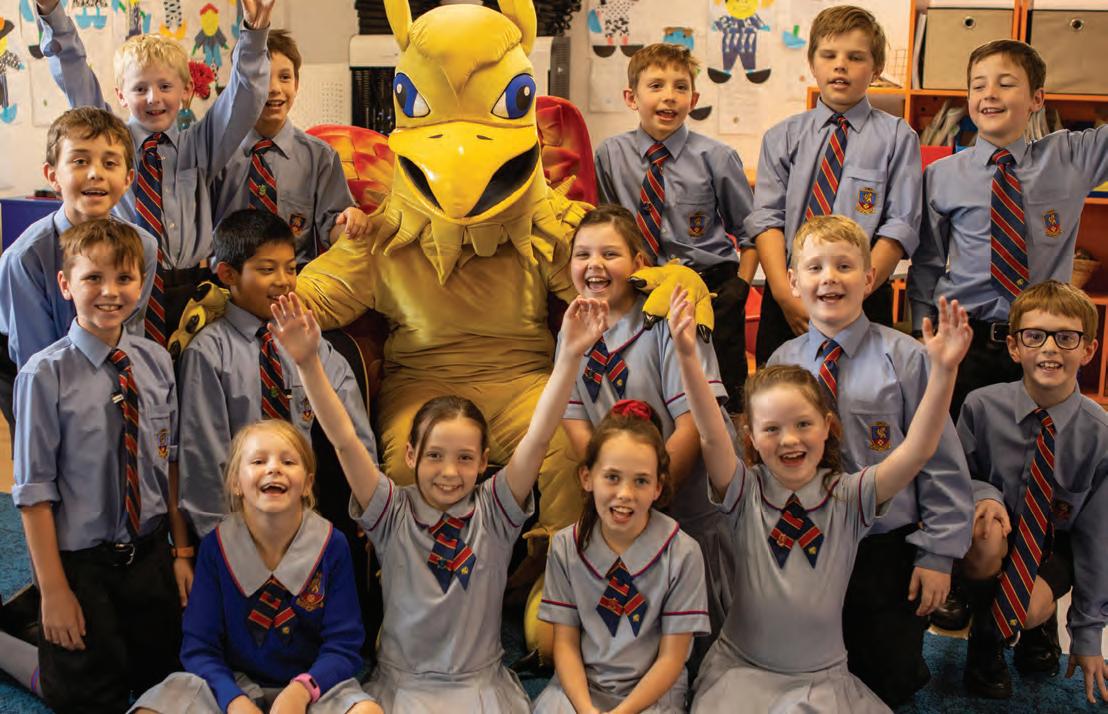
Downlands College has set the community abuzz with the news of a new Downlands Prep - Year 3 school, and plans to welcome our youngest students in 2023.
Downlands College will become the first Independent Catholic school on the Darling Downs to offer a Prep - Year 12 educational journey. From 2023, the College will be able to offer children the unique experience of being at the heart of an MSC community for the duration of their schooling lives. One campus, one college, one heart Downlands College P-12
Downlands Principal, Mr Stephen Koch, wrote to College families, “I am pleased to announce plans to build a brand new Prep - Year 3 Precinct, welcoming new students in 2023.* (*subject to build time)
The move to grow the College to a Prep - Year 12 school has come after many requests following the phenomenal success of students attending Downlands Junior School in Years 4-6.
The response from our parents has been immediate, “Our daughter has gained so much by starting Year 4 at Downlands. I can see great benefits in having all our children at the same school. The school’s values reflect our own family values and we feel that is so important, particularly when they are small.”
This is an exciting time for the Downlands community. Parents can register an expression of interest by contacting enrol@downlands.qld.edu.au
Burda, Butterick, McCalls, New Look, Simplicity, Style, Vogue, Weigel’s … Paper patterns became popular for home sewing nearly 160 years ago.
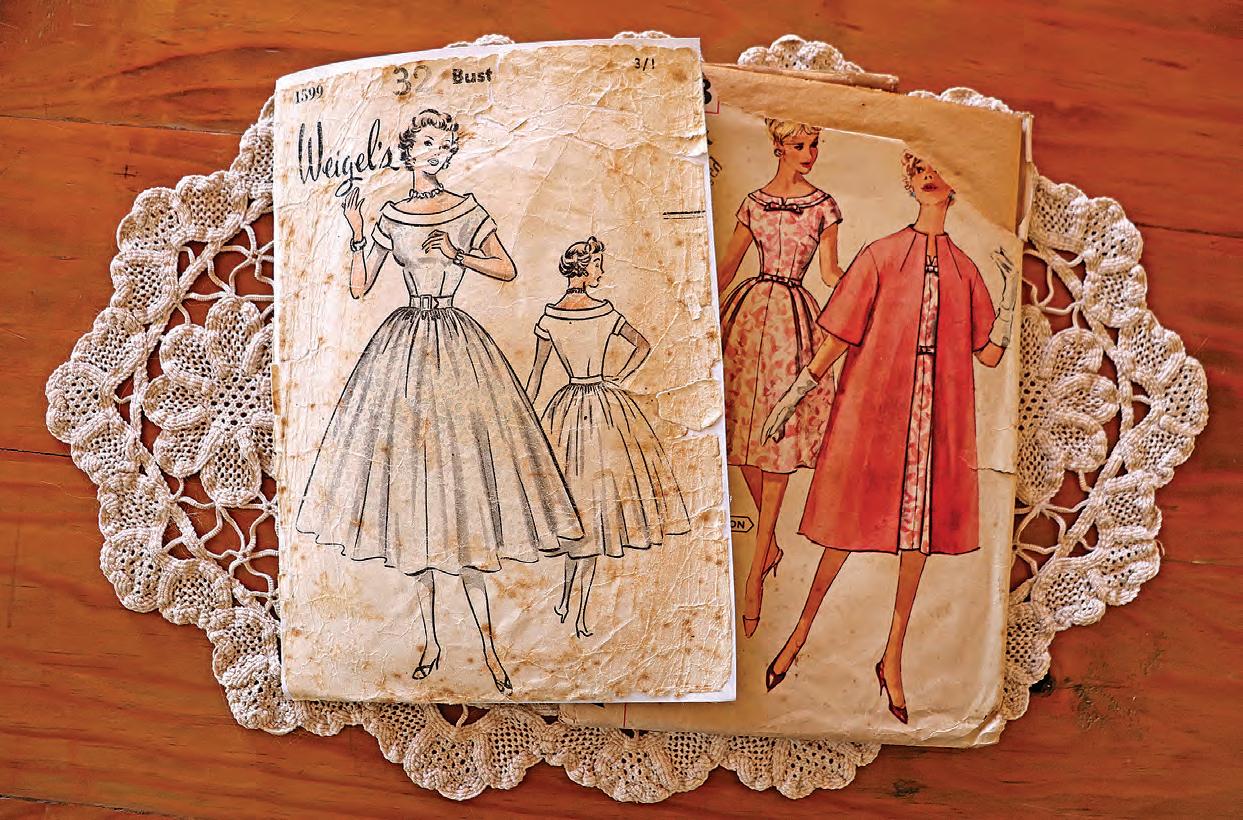
Words and images by Avril Priem
Madame Ellen Demorest, a New York milliner, started commercially producing clothing patterns in 1860 and promoted them in her journal, Mme Demorest’s Mirror of Fashions. Each issue included a free pattern.
Shortly after, Ellen and Ebenezer Butterick, and Scottish tailor James McCall, started their patternmaking businesses.
In Australia, the entrepreneurial Madame Weigel, who had worked for McCalls in New York, began manufacturing patterns in 1878 and featured them in Weigel’s Journal of Fashion.
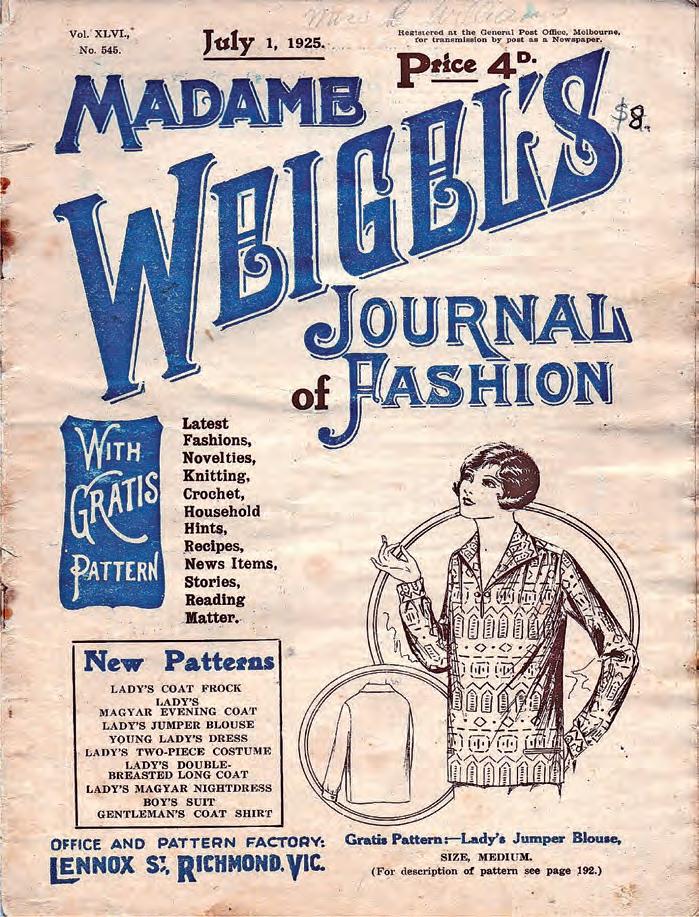
The pattern empires had begun. A gathering of patterns
Collecting sewing patterns documents the changes in fashion and honours the craft of dressmaking down through the decades.
My sister Gail is a dressmaker and collects vintage patterns. Her pattern stash rivals her fabric stash!
“I became interested in collecting when I learned couture sewing in the mid-90s. I adore the classic French
“Fashion fades, only style remains the same” — Coco Chanel —
couturiers — Chanel, Dior, Givenchy, Guy Laroche, Yves St Laurent …
“Buying Vogue patterns enabled me to sew and wear designer styles — without the price tag!
“My best vintage finds are the Vogue Couturier series and Madame Weigel’s. I love the beautiful illustrations on the envelopes; they inspire me to sew something elegant — if I only had more time!”
Patching up
For collectors, glee at finding old unused patterns, still factory folded, is rare because sewing was integral to family life and patterns were well used. Many have missing pieces or instructions or are encased in torn and tattered envelopes.
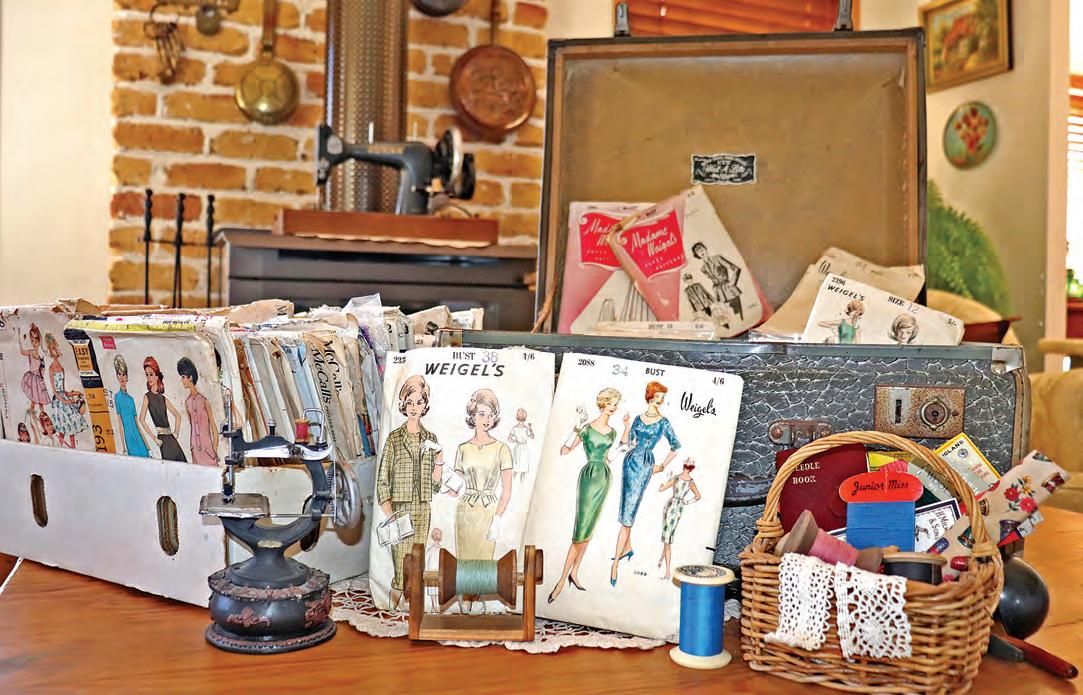
“Tatty envelopes can be rescued,” says Gail. “If I find one, I fix it with archival tape, separate and trim the front and back pieces, and use acid-free glue and paper to create a new envelope.
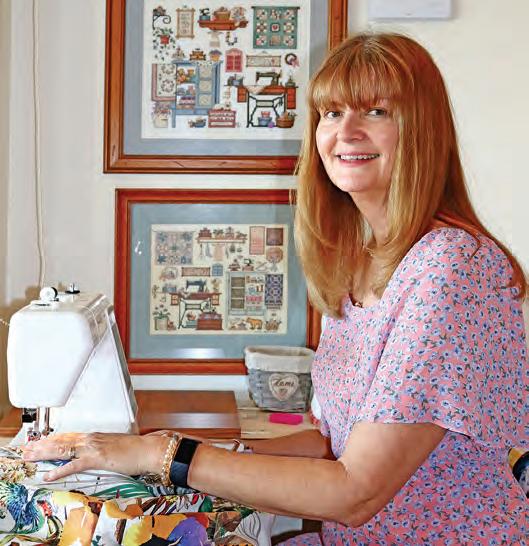
“Collecting vintage patterns (I have over 500) is more nostalgia now although I still enjoy the excitement of a quest,” she says.
And when collections are handed on, they offer another generation a chance to reflect on past dressmakers and designs, and to experience the thrill of the find that collectors know so well.
Mirra Chana is the perfect beachside accommodation with no roads to cross and within walking distance to everything Mooloolaba has to offer.
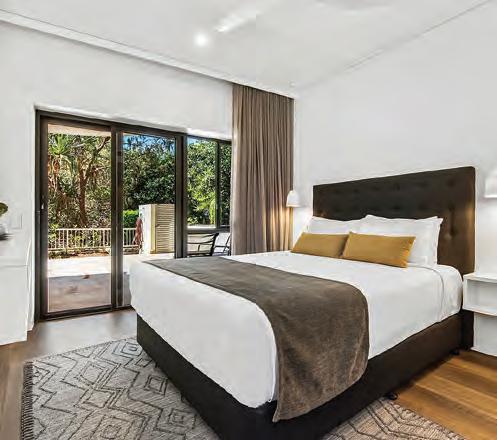

All apartments are large, fully air conditioned and selfcontained.

Ground floor apartments have their own beachside terrace, BBQ and gate that gives you direct access to Mooloolaba Beach

Mid-level apartments have a large entertaining beachside balcony
Penthouse apartments have their own private rooftop entertaining area with BBQ

If you have a crush on vintage styles or fancy sewing yourself a dress for spring or summer, then take a peek into Katie Weychardt’s dazzling wardrobe.
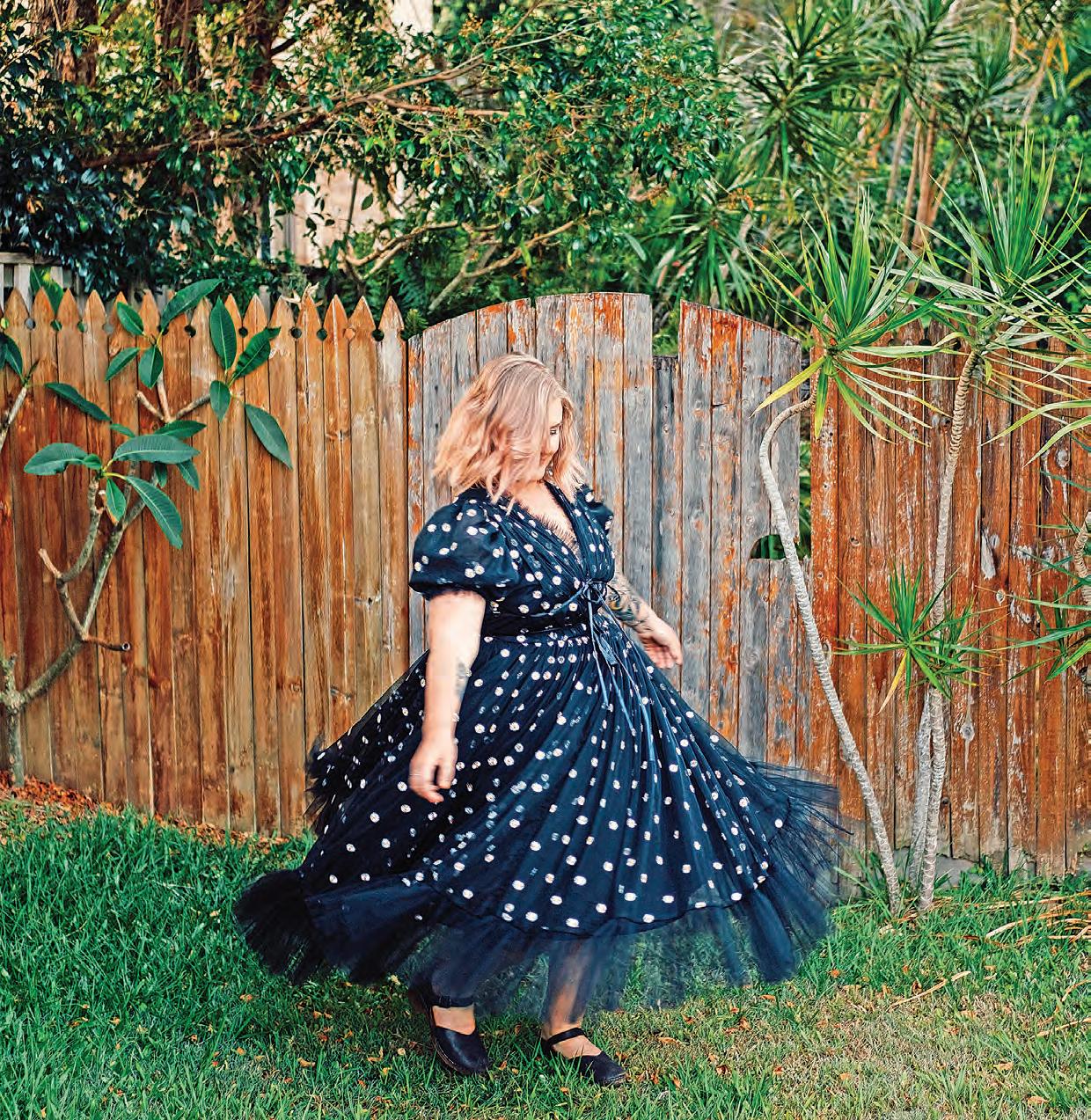
Words by Avril Priem Images by Katie Weychardt
Katie, from the Sunshine Coast, likes the personalisation that sewing offers and she enjoys adding to her eclectic collection.

“I favour 50s-style dresses — a fitted bodice with a full gathered or circle skirt, or a shirtdress with a neat collar. I love colour and prints, something fun and quirky over traditional floral, but I do have some floral dresses.”
Her fabric buys are mostly 100% cottons and she supports
Australian fabric designers like Nerida Hansen and Ellie Whittaker.
Queenslander Ellie Whittaker designs gorgeous organic fabrics that are bold in colour combinations and whimsical with Australian icons.
Wardrobe showstoppers
Katie shares her three current favourite dresses.
Number one is a fabulous creation inspired by New York
Simplicity
5445 the pretty shirtdress
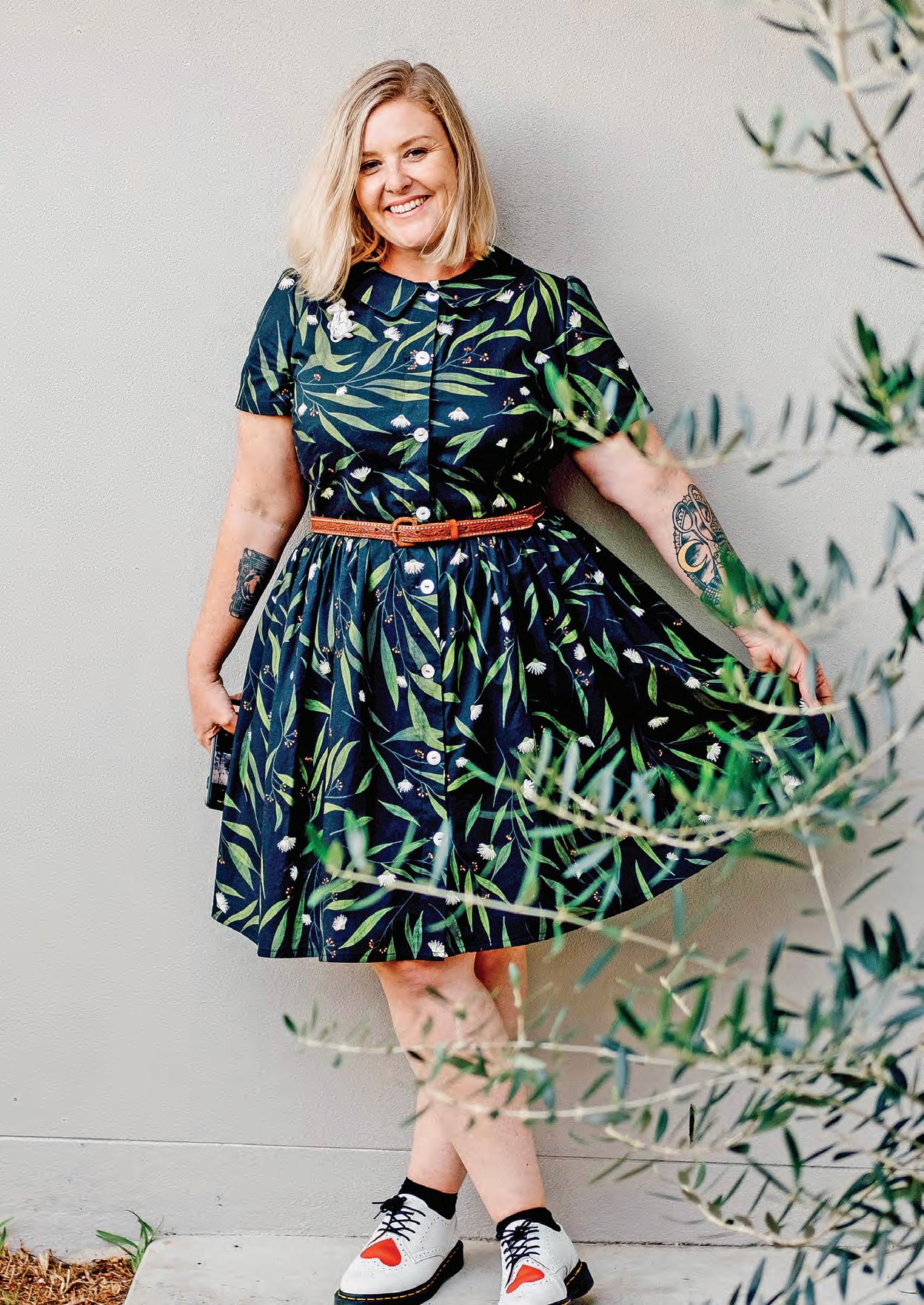
designer Lirika Matoshi’s strawberry dress.
“My version is in black tulle embroidered with daisies. When I was making it I doubted my ability to pull it off — gathering a 36-metre ruffle can do that!
“I feel incredible whenever I put it on and would do my grocery shopping in it if I could!

“Simplicity 5445 is a pretty collared shirtdress from 1964. As with a lot of vintage patterns, the instructions are on the lighter side but it sews up easily. It has a lovely shape but I sew it with a fuller skirt.
“Simplicity 9008 is a 50s-style Gunne Sax prom dress pattern reimagined. It has a full panelled circle skirt and a fitted bodice with a sweetheart neckline. It’s a showstopper!”

The apprentice dressmaker
Katie’s wardrobe reveal stirred reminiscences of her early days of sewing. Her grandmother was a knitter and her mum made clothes for Katie and her sister when they were little.
“My interest in sewing was first piqued at age 13 when I took Home Ec sewing classes with Ms Peeters.
“For my 14th birthday, my parents bought me my first machine, a secondhand Janome, all metal and heavy. I would buy vintage clothes from op shops and alter them badly!
“I lost interest towards the end of high school and only picked it up again six years later when I started making dog collars and then baby clothes when my boys were born.”
Katie’s passion for sewing continues, as well as the connection to her Home Ec teacher.
“I now work at my old high school and Ms Peeters is still there teaching sewing. And I love wearing handmade to school every day.”
“I cannot count my day complete ‘til needle, thread and fabric meet”
— Anonymous —McCalls 7969 in an Ellie Whittaker fabric
In mid-July, seven of Australia and New Zealand’s sharpest young dairy cattle judges and the most skilled dairy cattle paraders were announced as eligible to compete in the national finalists of the prestigious annual competition in August.
Ages of finalists ranged from 16 years old to 24 years.
Dr Rob Wilson is the chairman of Agricultural Shows of Australia (ASA), the peak body overseeing 572 agricultural shows in Australia, and says the competition is designed to recognise the best new talent in livestock judging and presenting nationwide.
“It’s an extremely prestigious event and positions at the nationals are keenly contested,” Dr Wilson explains.
“These young people are the future of agricultural show competitions which are crucial to the continual improvement of Australia’s food and fibre.
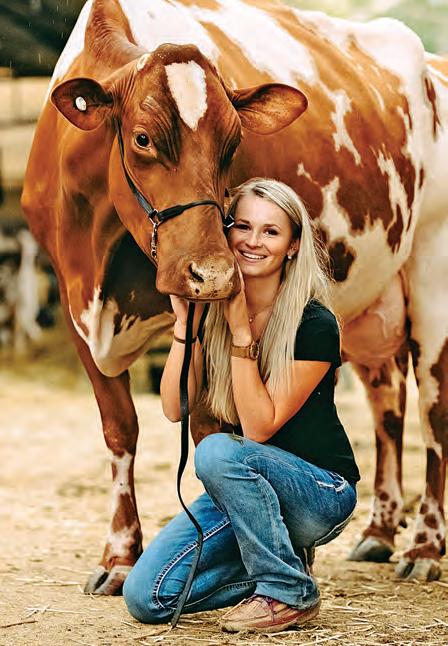
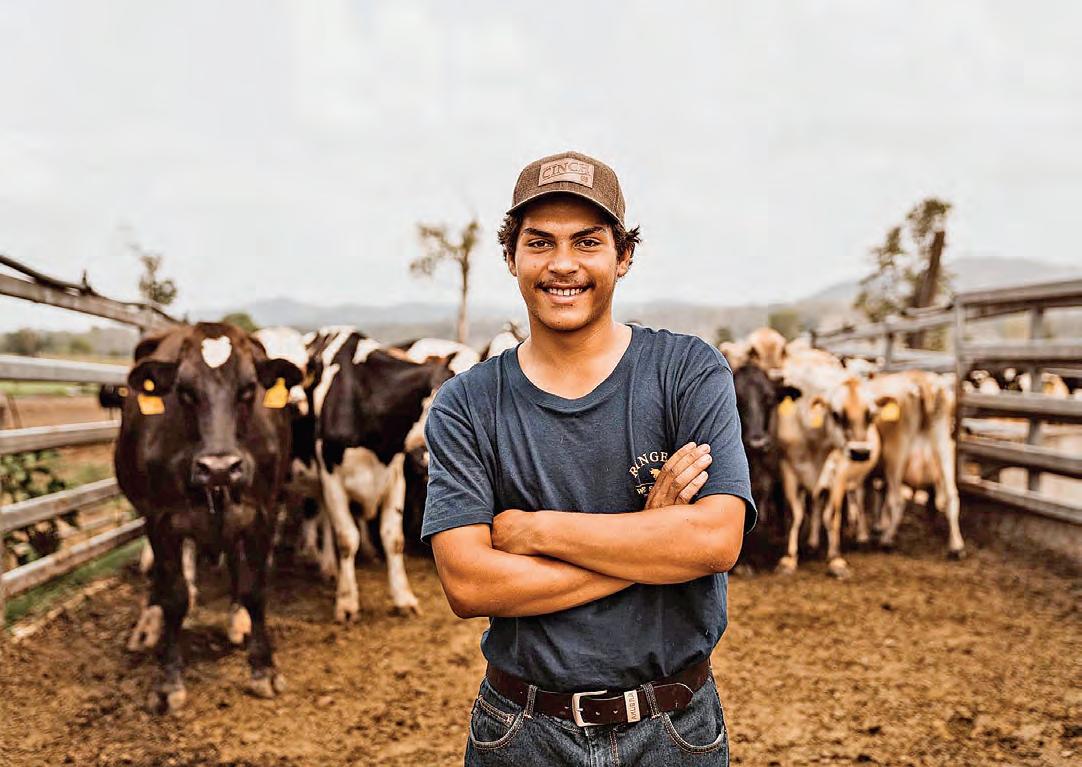
“The national competition is a coveted opportunity to grow personally and professionally by practising skills against the cream of the crop.”
The national competition is held in a different location each year to promote livestock judging, parading and the industry as widely as possible throughout Australia. This year it was hosted by Queensland Ag Shows at the Ekka in early August.
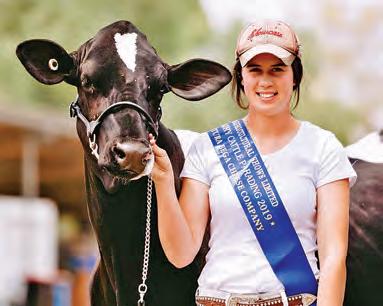
Queensland Ag Shows president
Kerri Robertson explained that in a dairy cattle judging competition it is important for the assessor to relate the form of the animal to its function.
“These young judges will be looking for structure, soundness and strong milk production attributes in the dairy cows they are judging,” Mr Robertson explained.
“Entrants use their skills to adjudicate the placings of the stock and then must articulate their approach.”
The dairy cattle paraders competition is designed to determine who most effectively presents and parades an animal before a competition judge.
“Competitors have one hour to prepare their animal for presentation at judging. They have to wash, clip, groom and then finally parade the animal before the judge.”
Overall there are nine categories for judging and parading each year under the ASA national competition program: beef cattle, dairy cattle, alpaca, poultry, Merino sheep, meat sheep breed and Merino fleece judging, as well as parading competitions in beef and dairy cattle.
Young people are getting in on the dairy cattle action as judges and paraders with Agricultural Shows of Australia Loka Manu Georgia SiebenThose who enter know the cookery section of any local show is a tight competition — one historical forerunner, Marilyn Barber, shares her story and her tips.
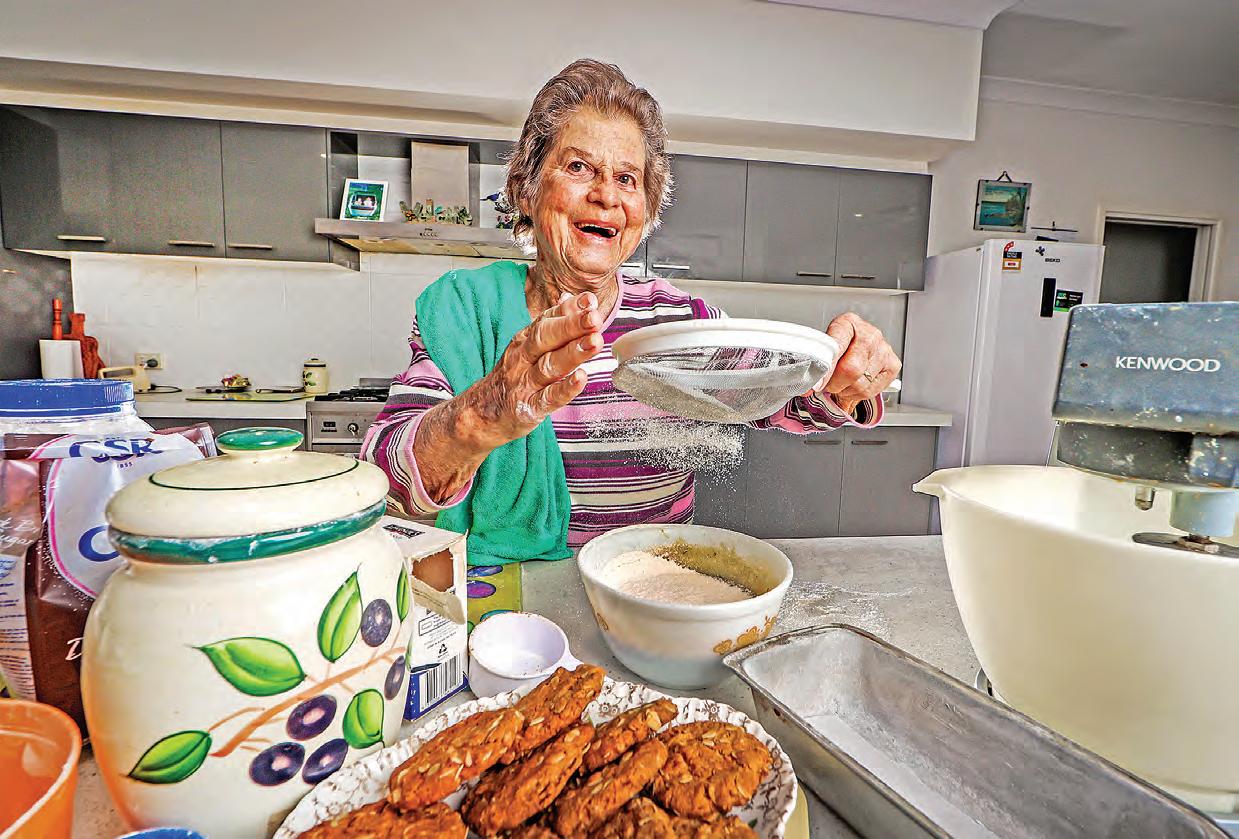 Words by Leisa Scott Images Contributed
Words by Leisa Scott Images Contributed
Asshe waltzed with a young farmer from out of town at the 1975 Oakey Show Ball, the then Marilyn Rosenberger let it slip that she’d won the show’s overall baking competition.
And that was it. Within a year, the champion baker and the lad from Lowood, Trevor Barber, were married.
“He thought, ‘Oh well, she’s a keeper, she can cook’,” jokes Mrs Barber, now 69.
They’ve been a team ever since and Mrs Barber’s baking has gone from strength to strength and show to show, mixing and whisking and icing her way to becoming Queensland’s queen of baked goods.
In a china cabinet in their home in Fernvale, the Brisbane Valley town where the couple retired to seven years ago, sit the ribbons Mrs Barber has amassed since deciding to branch out from country shows and take on the Ekka with gusto in 2008.
From that year on – apart from 2013 when she had a knee replacement and last year when Covid-19 cancelled the Brisbane show – Mrs Barber has taken out the purple rosette for most successful exhibitor in the cakes, biscuits and scones section.
She had considered not entering this year; her arthritis makes it tough to stand for any length of time and she’s recently had a carpal tunnel operation on her hand but her husband spurred her on.
“I said, ‘Oh I don’t think I’m going to go,’ and Trevor said, ‘Well, it might be your last year, you better go’,” says Mrs Barber. “He encourages me.”
He suggested, though, that it might be an idea to cut back on the number of types of cakes and biscuits she enters, which in the past has reached 20. “He said, ‘Take 10 entries’.”
But old habits are hard to break and by the time Mrs Barber had looked through the Ekka’s baking competition schedule, she’d ticked off 16. She grins. “Well, I’ve got to make it worthwhile.”
So, as the Ekka approaches, their kitchen will be filled with the sweet smell of butter cakes, date rolls, Kentish cakes, peach blossom cakes, scones, lamingtons, patty cakes, sponges and teacakes.
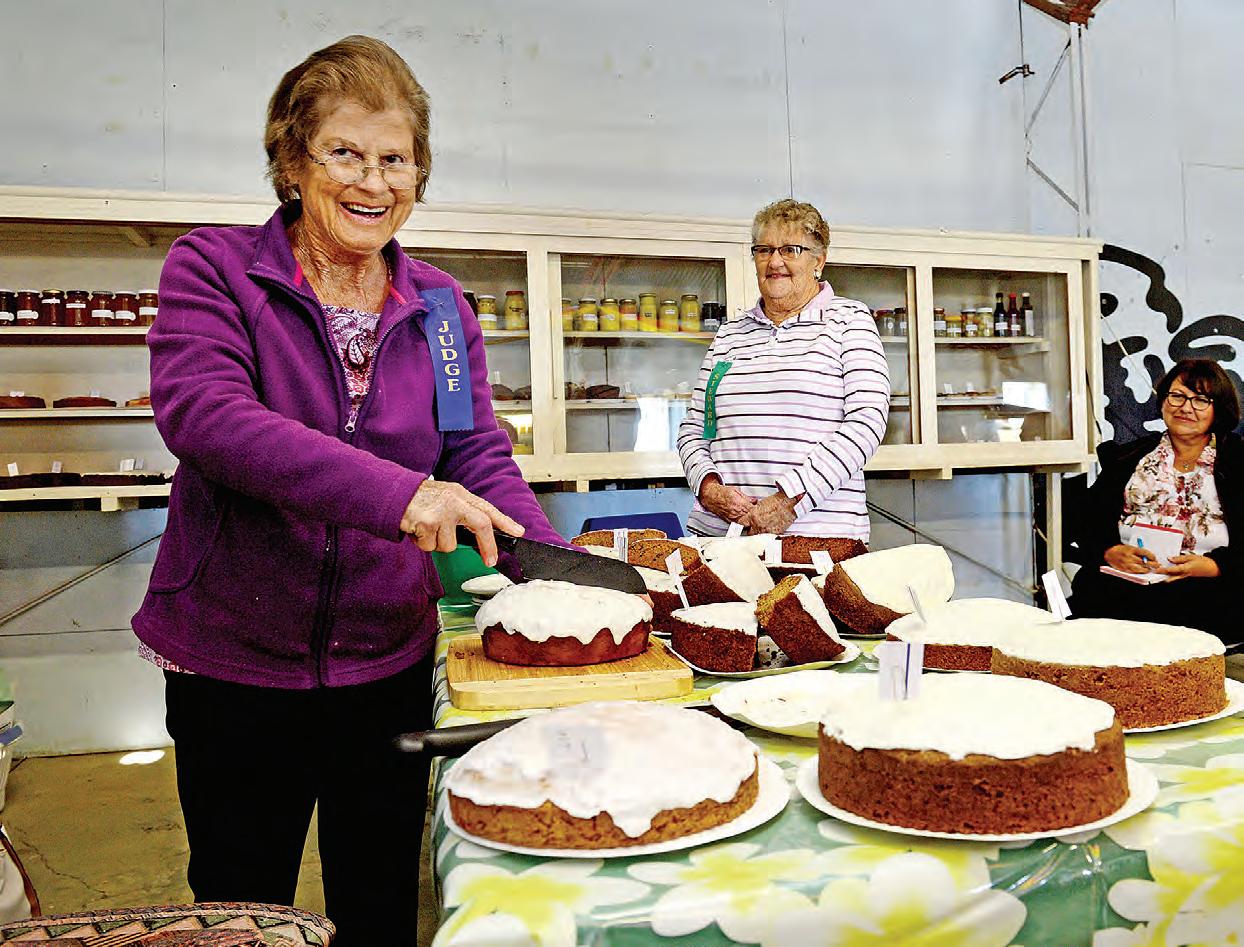
The butter cake is a favourite. The key to success, she says, is precision.
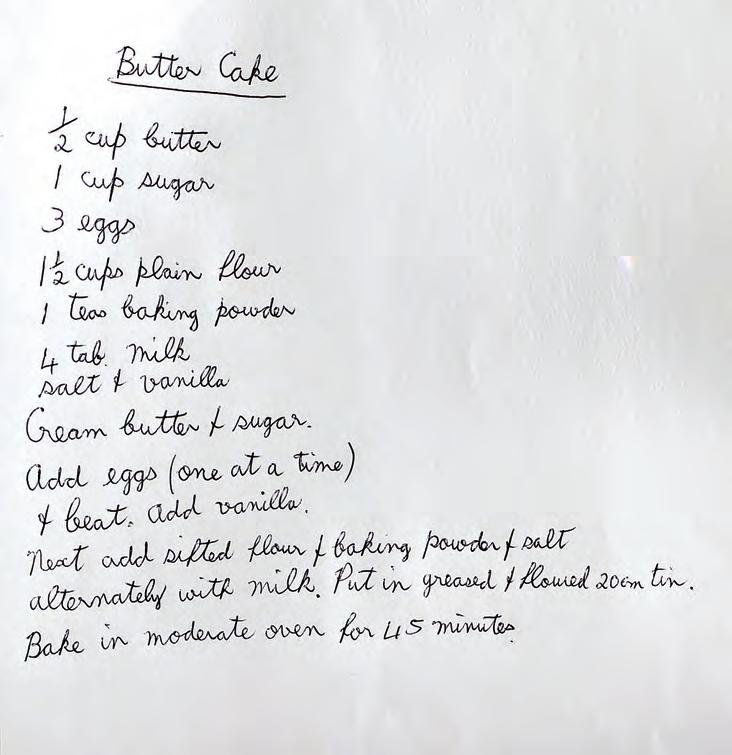
Weigh everything. A cup of flour can vary in weight depending on how heavily it’s packed; an egg can range from 50 to 70 grams. You want one that is 60 grams.
All ingredients should be the best quality — Mrs Barber uses eggs from her own chickens, full cream milk and Defiance flour. Sift the flour.
Always have your ingredients at room temperature and warm the mixing bowl before use with a bit of hot water. Mrs Barber greases her tins and gives them a light dusting of flour before pouring in the mixture and putting in the oven. Do not, under any circumstances, open the oven door until its ready.
So attuned is Mrs Barber to her baking that she can simply smell when her cakes are ready. She never uses a straw to test because the hole it leaves might be seen by a judge.
“You just tell by smell; that’s how you can tell a cake is cooked in the oven, that smell, and also, if it leaves the side
of the tin,” she says.
Mrs Barber won her first baking competition when she was 15, after her home economics teacher suggested the class enter some cakes and biscuits into the show at her hometown of Oakey. It was a thrill to win and the baking bug bit.

After marrying Trevor and moving to his farm at Lowood, she put some of her treats into the Lowood Show. They did well. So then she tried the Gatton show, then the Marburg show and the Toowoomba show.
“Back when I was entering a lot of them, I used to start baking around the middle of May and be baking every couple of weeks for a show until the Ekka,” she says. She now judges at a number of country shows and is a steward at the Lowood and Gatton shows.

Her recipes come from her mother and other country women whose cooking she’s admired, as well as magazines and the internet. On the somewhat controversial topic of the consistency of an Anzac biscuit, she is quite adamant.
“They’ve got to be crunchy,” she says. “In judging, that’s one of the things you look for.
You’ve got to try to snap them, you don’t want them soft.”
She loves a good scone and will be entering plain, fruit and pumpkin varieties this year. The late Lady Flo Bjelke-Petersen’s recipe “makes a nice scone, I don’t mind it” but she’s got a better one.
Her hope is that the hype about Covid-19 leading people back to the kitchen and “old-fashioned” pastimes like baking will prove true at this year’s Ekka and that there will be some strong competition.
“If the young ones don’t take over, it’s going to be a dying art, isn’t it?”
Cooking champion Marilyn Barber at 2019 Gatton Show. Marilyn and her husband Trevor on their wedding day.Delvene Cockatoo-Collins’ feet are firmly planted on ancestral land — on Quandamooka Country, Minjerribah, in south-east Queensland, where she has woven threads of family, culture and life experience into a thriving local art business.

Guided by heart and gut instinct, Delvene dreams big.
When working in a high-end Brisbane gallery decades ago, Delvene observed how people responded to beautiful woven works sent in from distant communities and this set her on the path to practice art connecting place and the people who walked the land before her.
There are six generations of ancestors visible on official White records on Stradbroke Island, yet Delvene knows they go back much further and there have been interruptions. Her art is a way to explore, express, and make sense of her mother and grandmothers’ stories and old written records about settlement.
Words by Jane Milburn Photos by Kara Roselund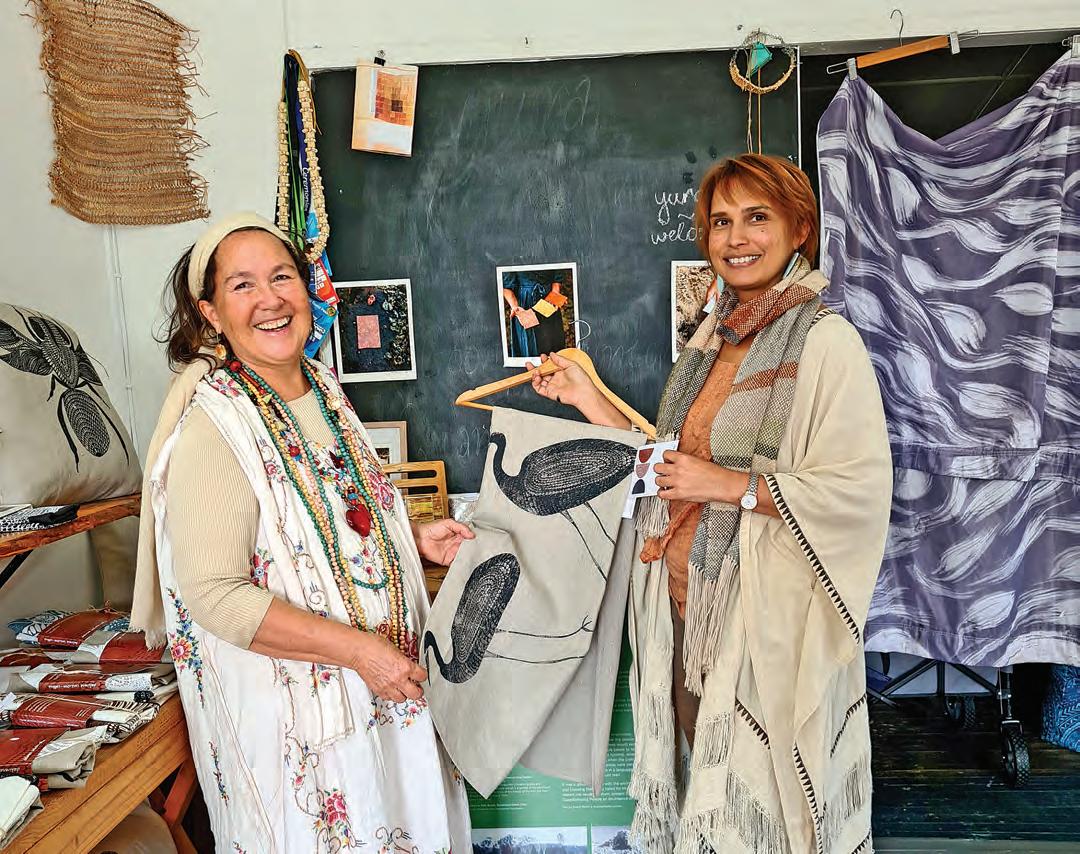
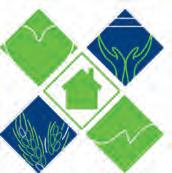



**Award Winning CampgroundTourism & Events Qld
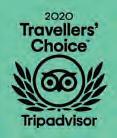
For your enjoyment, we offer:
• Quiet, relaxing & re-energising peace
• Pet Friendly
• Access to Dalrymple Creek with two swimming holes
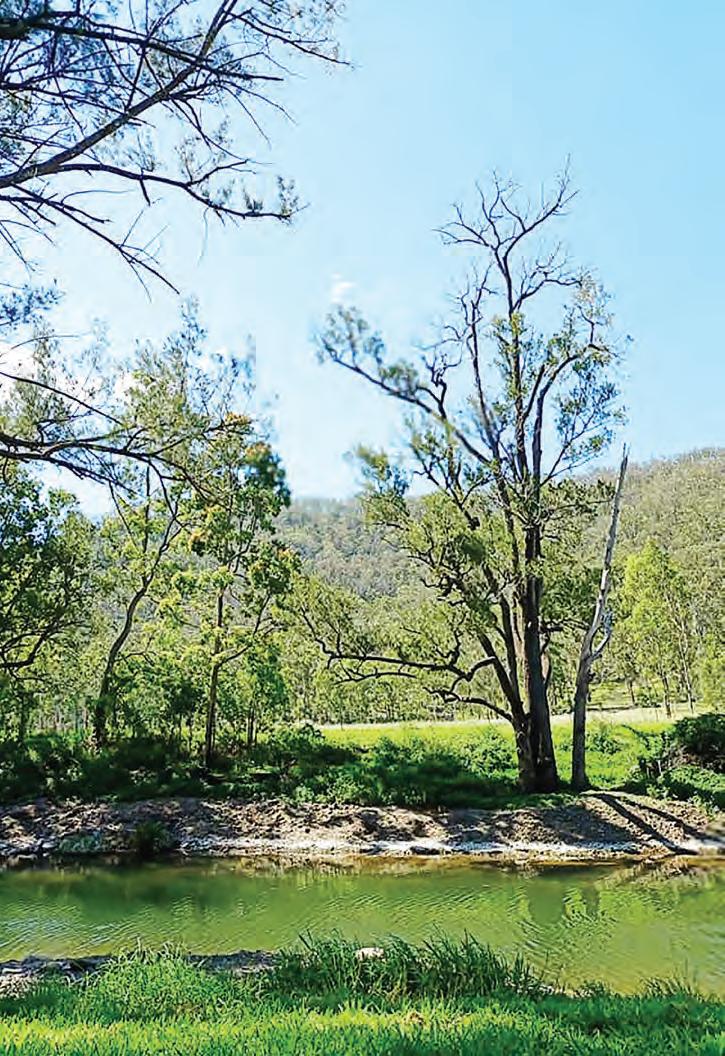
• Powered and Unpowered at, grassy sitesmany with creek frontage and repits
• Exclusive weekend bookings - 60+ adults (catering available)
• Hot showers & ushing toilets
• Wood and gas BBQ areas; camp kitchen

• EFTPOS; limited Wi-Fi


• Bunkhouse - (1-13 People)
• KIOSK including rewood & ice
• Entertainment Room / Push Bike Track
• Adults
• Seniors / Defence
• Children (3-14 years)
• Bunkhouse Per bed per night
(Linen available - $10.00 extra for duration)


All day visitors (with registered guests)
2013 Inverramsay Rd, GOOMBURRA Q 4362
Phone: (07) 4666 6006
enquiries@goomburravalleycampground.com.au www.goomburravalleycampground.com.au
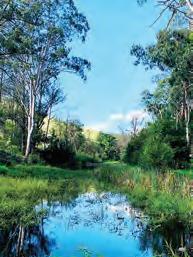

Her signature work, Woven to our Ancestors, channels energy and emotions stirred at an artist camp when mentor Michael Aird showed a photo of her grandmother’s grandmother that Delvene had never seen. It was an exploitative image from the 1890s when indigenous women were asked to pose naked from the waist up. Her ancestor looked so sad in the photo and Delvene felt deeply uncomfortable. She focused those feelings and within an hour, using ochre and bees wax, produced Women to our Ancestors. The original work was purchased by Queensland Museum and is exhibited alongside the photo, while Delvene regularly screen-prints it by hand on linen.
Delvene’s practice now spans sculpture, ceramics, textiles and prints engaged across a variety of hand-printed homewares, clothing and public art. Her commissions include designing medals and garments for the 2018 Commonwealth Games, and artwork for the Port of Brisbane’s Reconciliation Action Plan which speaks of a journey through the Bay to the Brisbane River.
Her work features the pink and brown ochres from Minjerribah and surrounding islands, the deep blue from the middle of Quandamooka Waters of Moreton Bay and wildlife such as migrating yalingbilia (whales). The sculptural centrepiece in her retail store at Goompi-Dunwich is Mermaid in the Bay, made from local shells and found materials, reflecting a mermaid story from her grandma.
Delvene’s childhood was spent on the island around culture, walking with her mum and grandmas, observing nature while gathering food and flowers. Although moving away for her father’s work, they kept a home on the island and visited often. After marrying husband Che and having three boys in South Australia, it was a sense of belonging that drew Delvene back to Minjerribah. She wanted the boys to know her country as their country.
Work is more than a job for Delvene; it is what she does every day, it is part of her life. During lockdown when the island was shut down to protect the local community, adaption was required and she migrated her store online. Through the Museum of Brisbane Artist-at-Home program, Delvene developed a walking tour shared on social media which is now translating into real-life tours which include a Welcome to Country by elders, a visit to the local museum and twinemaking on the beach. Visitors to the island are increasingly curious, seeking transformational experiences to understand the strong presence and history of Aboriginal people and culture in a way they may not have had the opportunity to do before. Delvene loves meeting new people with an openness to understand and connect.

Delvene finds joy in the little moments that matter, for which you don’t have to pay. She believes in the power of consistent practice, beginning every day with an early morning coffee, exchanging good morning greetings with locals, giving the dogs a run and gathering from nature. She loves living in a smaller community where her family can walk safely, having cuppas with her mum, and Friday night dinner at the footy club.
If life is challenging, Delvene turns to nature and suggests we watch the sunset, smell the fresh water and take notice of seasonal changes and what flowers and birds are around, such as lines of itchy grubs or lorikeets feeding.

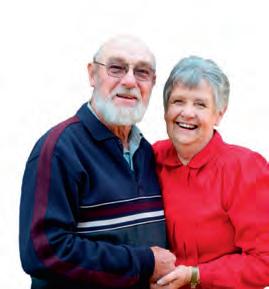
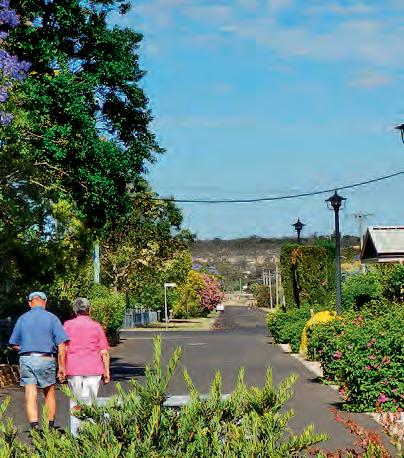

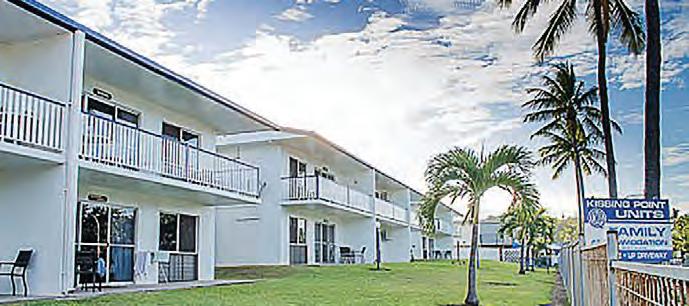
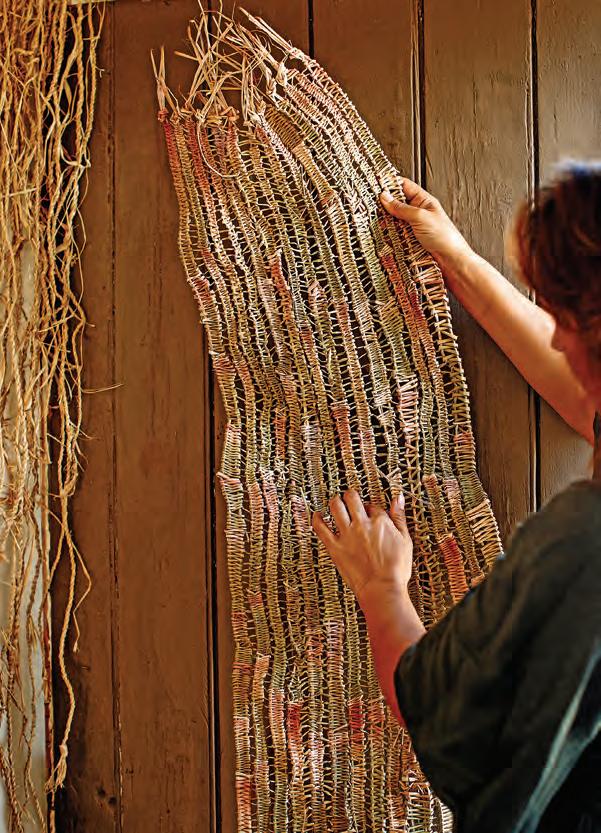
Preserving is a beautifully simple art that anyone can try their hand at. The old art of making jams and jellies, chutneys or relishes, doesn’t have to be limited to the traditional fruits and veg you’ll find in most preserving recipe books.
Wordsby
Bethany Roberts Images ContributedThere is a variety of wild ingredients you can collect for little to nothing, and they make some lovely preserves. I have used two foraged ingredients so far, both of which I collected from our own backyard — and you can probably find them in your own backyard too.
The first is the cheery summer flower: the dandelion. You might think that’s a little weird, but you can actually make a lovely jelly from the petals that is perfect for toast at breakfast or to go with a nice roast.
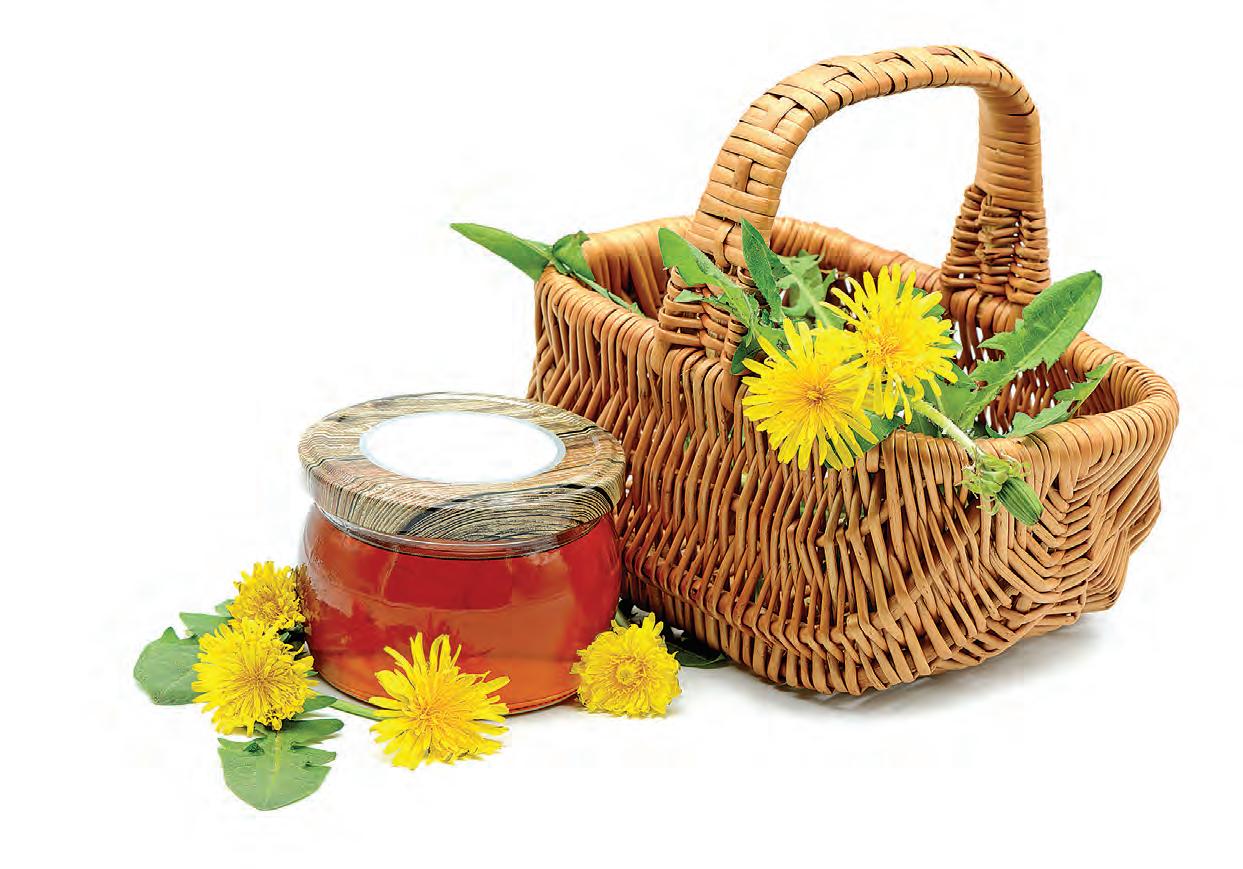
I get this recipe from The Farmer’s Cook Book by Marie W Lawrence.
Before you can make your jelly, you will need to collect your petals. To accomplish this, you will need a basket, a pair of scissors and two large silver bowls.
First up, pick your flowers. Just take the heads; you don’t need the stems. When you have enough, take your flowers inside.
For the next part, you might want to put something interesting on the TV.
Taking one flower at a time, remove the petals. There are two ways to do this: 1) you can pull them out by hand without getting any of the green leaves. This method will give you a really sweet jelly. Or 2) You can cut the petals off with scissors. This is much quicker, but you inevitably get some of the green leaves and that will give your jelly a slightly bitter aftertaste —
which can be quite nice with meat.
Once you have prepared your petals, you can move onto the recipe:
• 2 generous cups of petals
• 3 cups of boiling water
• 5 cups sugar
• 2 tbsp lemon juice
• 1 packet jam setter
Place your petals in a glass bowl and place the bowl on a trivet. Pour the boiling water over the petals and let it steep overnight. The next day, place a bread-and-butter plate in the freezer. Take a sieve and line it with cheese cloth. Pour the petals through it and leave it till it stops dripping. Measure out two and a half cups of the steeped water and place in a large stainless steel saucepan. Start heating it, now add the lemon juice and jam setter and stir till the jam setter dissolves, then bring to the boil. Skin any scum as necessary. Once you have brought it to the boil, add the sugar. Continue to boil and stir till your jelly sheets. To work out if it’s done, take your freezer plate: if the jam is done, when you draw a line through it with the back of the spoon, it should leave a definite line that doesn’t rejoin. If it doesn’t do so, keep boiling your jelly. If you don’t get this right, there is a high chance you will get syrup rather than jelly. Once your jelly is ready, pour into sterilized jars and screw the lid on.
Sterilising: Just wash your jars and lids in boiling water and make sure they are spotless, or your preserves will go off.
it on a low heat and leave it to break down, stirring occasionally. Once it is broken down, add the same amount of sugar as fruit and combine. Simmer until the sugar dissolves, then add a packet of jam setter and bring to the boil. Stir more often to avoid it sticking. Boil till the jam is starting to get thick. If this takes forever, add more jam setter (don’t go overboard because jam gets thicker as it cools and you could end up with blackberry cheese). Once you have thickened it, place it in sterilised jars, screw on the lips and leave to cool.
Well, that’s it — I hope you enjoyed it and give these recipes a go. Happy preserving!

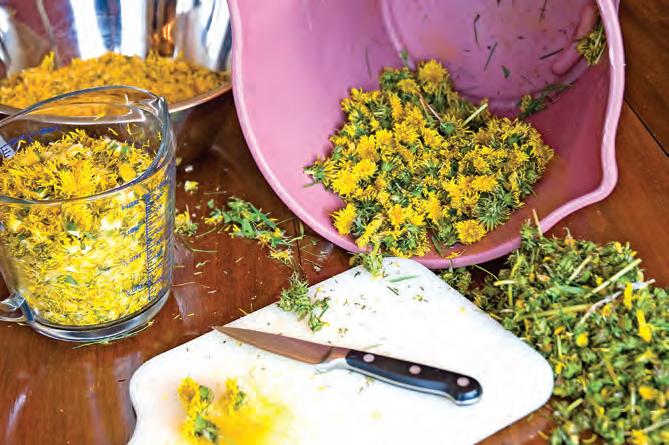
Blackberry jam
Now that you have made jelly, we can move on to the second ingredient I use: the good, oldfashioned blackberry. Even if you don’t have these on your place, they are bound to be growing somewhere locally – just be careful that the plant hasn’t been poisoned (yellow leaves are a telling tale).
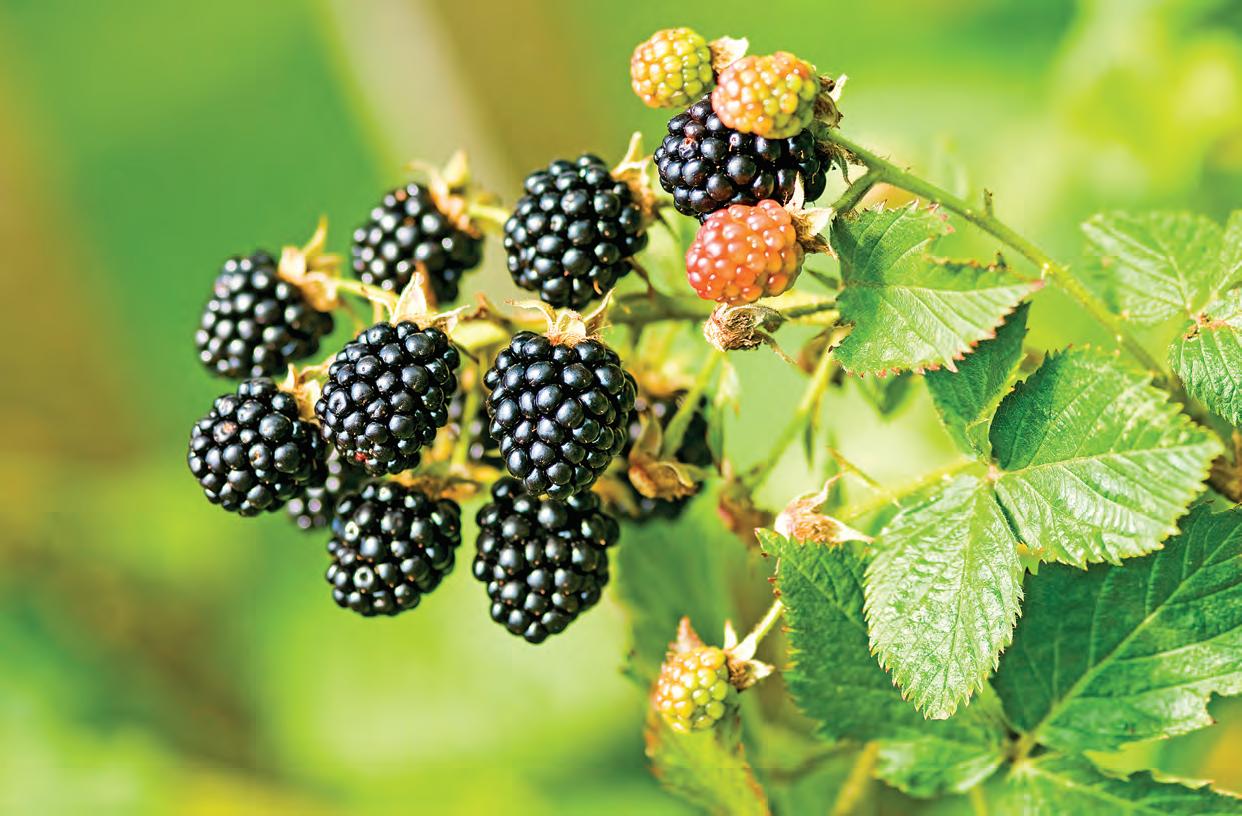
I make a simple jam with these tart little berries, and you can use this recipe to suit any amount of fruit you have:
• Blackberries
• Sugar
• Water
• Jam setter
Place enough water in a large pot to cover the bottom, so your fruit won’t stick. Measure out your fruit in cups and place in the pot. Now put
With more people buying link houses, condominiums, bungalows and townhouses in Malaysia, it is sometimes forgotten that the true architectural heritage is really the Malay house or ‘kampong’ house.
Words by Adrian Yap Images Contributed



Traditional Malay houses have a strong relation to our roots here in Malaysia. They represent a certain aesthetic—a connection with nature, a shelter away from the bustle of a city and an ode to Malay culture and tradition. The style of architecture has changed over time based on the evolution of Malay customs, culture, and religion.
What is a traditional Malay house?
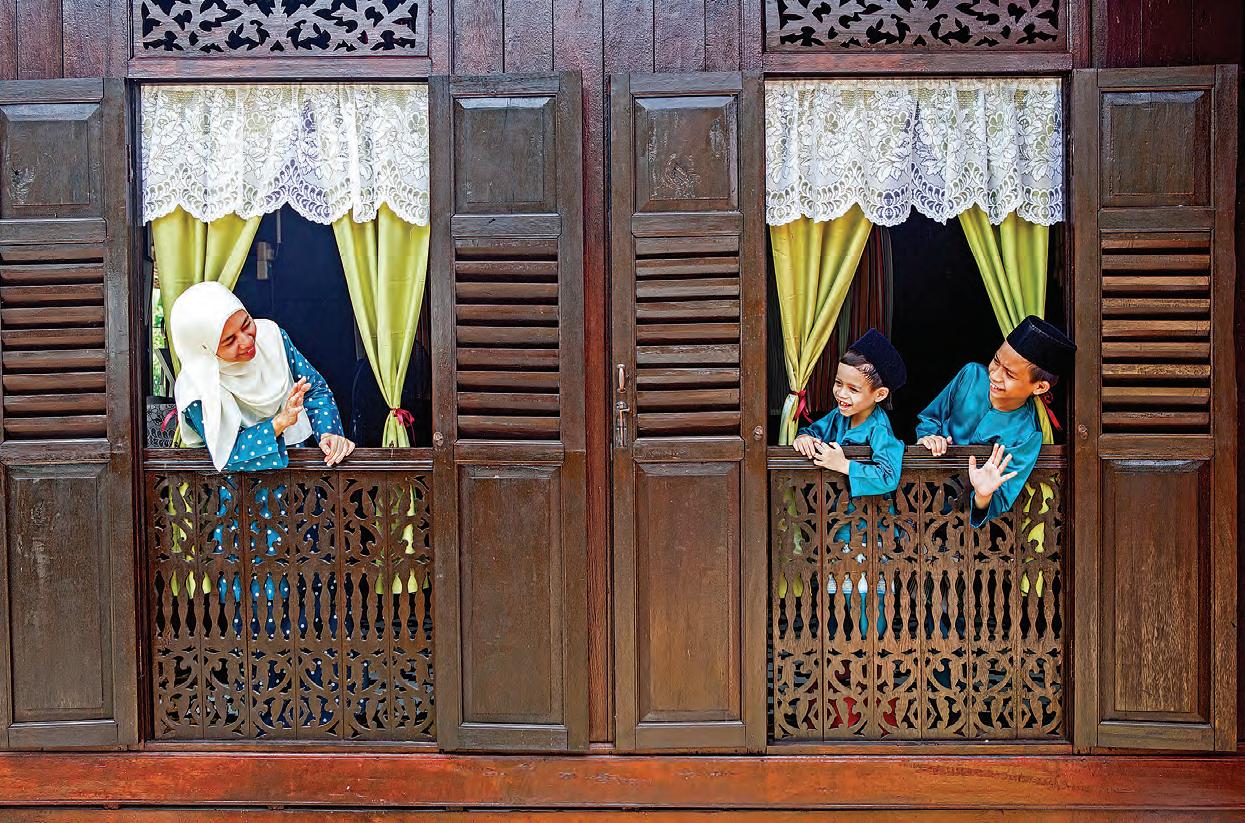
Traditional Malay houses or ‘rumah kampung’ were constructed by the indigenous ethnic Malay people in
Sumatra, Borneo, and the Malay Peninsula. These houses not only represent a home but were designed to reflect strong community aspects such as opening your home up to others and living in harmony with nature.
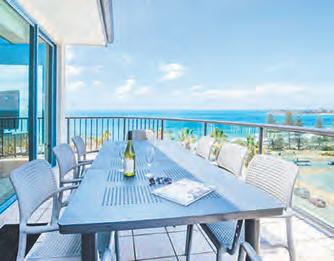
In its classic iteration, the Malay house is a structure raised on stilts high above the ground with thatched roofs and wooden walls. The size and sophistication of the home were synonymous with the size and wealth of the family residing in it.
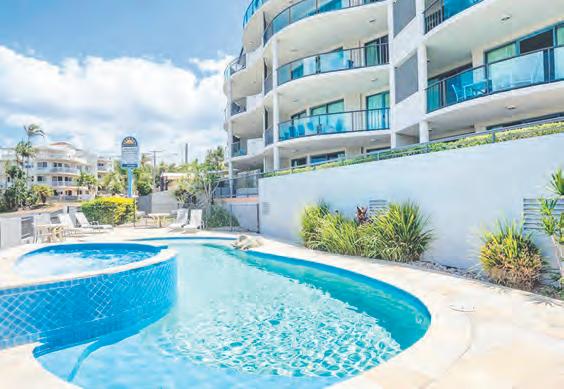
What does a traditional Malay house look like?
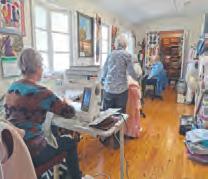
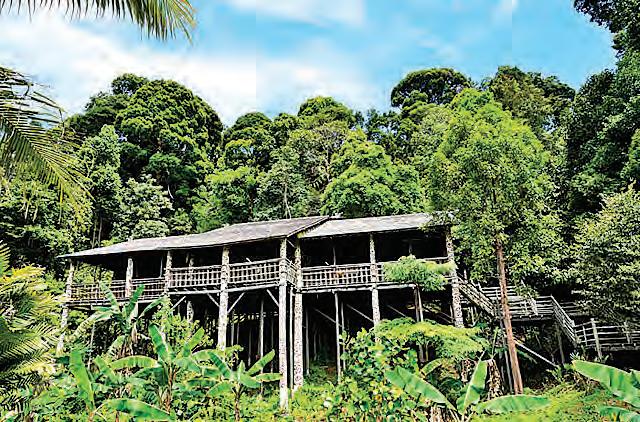
As mentioned, traditional Malay houses are usually built with timber. They sit on stilts and have thatched roofs as cover. This tropical house design was constructed this way to protect families from wild animals, floods, and to increase ventilation. The house layout usually has partitioned rooms, stairs at the front of the house and a vernacular roof. The most distinctive feature of the Malay house is the wood carving designs that adorn the home, based on Malay motifs.
What are Malay houses made of?


Typical Malaysian ‘kampong’ houses are usually constructed using renewable and natural materials such as timber and bamboo. More traditional Malay houses were built without metal parts such as nails, making a lot of them prefabricated houses — this means parts of the house are cut and sized perfectly so they join nicely like Lego blocks without needing nails and screws. This was done so that houses can be dismantled and reconstructed easily in a new location.
What is a ‘serambi’?

The ‘serambi’ is an important characteristic of the ‘kampong’ house design. It is basically the porch or verandah area at the front of the house that welcomes people into the Malay home. It was often used as a social and ritual space.
What is the difference between Malay houses built in the past and now?
Traditional Malay houses were built without using modern architectural materials and construction methods, but these structures require significant maintenance compared to modern buildings. Malaysia’s tropical weather and the presence of termites can be challenging for the wood-based Malay house.
As such, modern Malay houses started incorporating more modern house design elements to ensure they are easier to maintain over time. This includes using cement blocks to fortify the foundation and certain sections of the house, plus the use of nails and screws to tighten certain key joints so that they are more durable in the long term.
The design and architectural inspiration of Malay houses can differ between different states here in Malaysia. Here are five unique types.
‘Rumah Bumbung Panjang’, translated to “house with long roofs”, can be considered one of the original iterations of the Malay house. This Malay house style predates even the arrival of the Dutch to these shores. These houses are characterised by the tall and long slopes that the roof is shaped in.
It’s clear where this style originated from. The Rumah Negeri Sembilan style is considered one of the more unique designs for Malay houses. The main feature of this Malay house type is the curved shape of the roof design which bears a strong resemblance to the Rumah Minangkabau. This is due to the ancestral history of the Malay people in Negeri Sembilan, many of whom migrated from Sumatra. The Rumah Negeri Sembilan also features elaborate woodcarvings on doors and window.
3. Rumah Perabung Lima
Rumah Perabung Lima got its name due to its distinct roof design that resembles a five-sided pyramid. The design borrows a lot from ‘Belanda’ (Dutch) house architecture style. This style of Malay house can be found more commonly in states such as Kelantan, Terengganu and Perak and this design style was favoured by royal families for their palaces in those parts of Malaysia. A good example of this is the Istana Kenangan in Kuala Kangsar.
4. Rumah Limas

Rumah Limas, or sometimes known as Rumah Potong Belanda is predominantly found in Johor, where it is also known as Rumah Muar. Malay houses built using this style uses stone piers instead of wooden stilts and features a Dutch-style roof that resembles a pyramid. This roof style is commonly used in government buildings and famous landmarks in Malaysia, most notably Muzium Negara.
Rumah Kutai is also known as Rumah Tua (‘Kutai means ‘old’ in the local Perakian dialect. This style of Malay house is mostly found in Perak, specifically near Kuala Kangsar where the royal family was located. That is why this luxurious style is characterised by the elaborate and complex carvings on the door, porch, awnings, and windows.
These are just some of the types of Malay house designs you can find across Malaysia but there are plenty more, each of them influenced by its own unique history.
1. Rumah Bumbung Panjang 5. Rumah Kutai

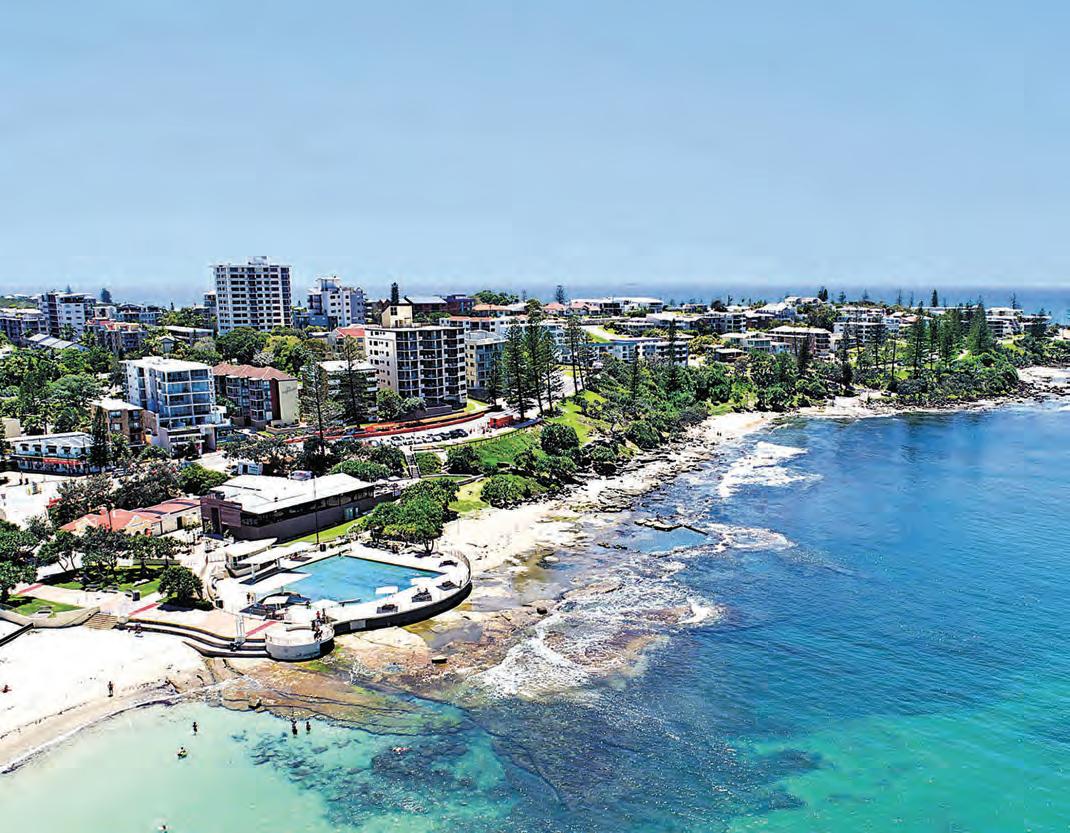
Notall water birds are competent divers. Many ducks are dabblers and up-end to forage for weed and other treats in shallow water. Black Swans, with their long necks, are also dabblers though with an excellent reach! Other ducks are skimmers, and have strange bills designed to skim the surface of the water for floating prey. Queensland’s only deep-diving duck is the Hardhead, though the less common Blue-billed Ducks and Musk Ducks also dive.
Diving requires specialised adaptations: a good propulsion system and feathers which will not inhibit underwater agility. Each species has its own characteristics and its own methods of finding food. There are four species of Cormorants in Queensland, and one species of Darter. Each has webbed feet and is slender-bodied, with feet placed well back, giving them an upright stance when perched or standing. Their tails are stiff and used as rudders. None of these species are very proficient at walking on land.
Find out more about Birds Queensland by visiting www.birdsqueensland.org.au or visit us on Facebook www.facebook.com/ BirdsQueensland.

We have three species of Grebe in Queensland, of which the Great Crested Grebe is the largest and most spectacular. Grebes are even less likely to be found on land than Cormorants since they do not need to dry their waterproof feathers, which they press against their bodies to expel air when they dive.
Finally, we have one species of Coot, similar in many ways to Swamphens and Moorhens but much more aquatic and a competent diver.
Some people will know the Australasian Darter as the snakebird, a name which relates to its long slender neck and the fact that its body sits very low in the water. They are about 90 cm long though much of this is taken by their long necks. Like Cormorants, Darters are found throughout Queensland, though
usually alone.
Cormorants have a slightly hooked bill, while a Darter’s bill is fine and straight, enabling it to spear fish as well as catch them in its bill. They are consummate divers, slipping under the surface and re-emerging later, possibly at some distance, with barely a splash. Like Cormorants, they need to dry their wings after swimming. They then preen, using oil from a gland at the base of their tails.
Male Darters are mainly black with chestnut throats and a white stripe leading back from the eye. Their wings are black streaked with buff. Females are paler with white bellies and throats. Like Cormorants, they have webbed feet and are rarely seen walking on land, usually perching on trees or rocks near water.
Darters may nest alone in trees in or overhanging water or may nest in a colony with Cormorants. Their chicks, like

Cormorant chicks, look like fluffy versions of their parents.
Eurasian Coot
Eurasian Coots are found throughout Queensland, and for that matter throughout Australia, New Zealand, southern Asia, Europe and even parts of North Africa. They are stocky ashy black birds about 35 to 38 cm long with chalky white bills and forehead shields and bright red eyes. They are reasonably common and can be found on many urban lakes.
They build their nests on submerged logs or rocks, dragging water weed and other vegetation into an untidy heap, often with a lining of fine fibre or similar material. During breeding, they are very territorial but when they are not breeding they often form large groups on inland waterways and lakes. They lay quite large clutches, usually five to seven eggs, though mortality among their fluffy chicks is high.
Coots are quite competent walking on land on the large lobed feet that propel them in water, in this case on the clear water of Lake Barrine in North Queensland. They often feed on grass and other land plants and in the water they feed mainly on vegetation, though they will also take insects, worms and small fish.
Hardheads are the only ducks in Australia that feed by diving deeply, capable of staying submerged for up to a minute at a time. They are common and occur throughout Queensland except for Cape York. They were formerly known as Whiteeyed Ducks though only the male, seen at the rear of the photo, has a distinctive white eye. They are an almost uniform ruddy brown with white tips on their bills and a white patch on their bellies, only seen when they are out of the water. In flight, their under-wings are white edged with brown.
They prefer large, deep lakes with lots of vegetation and are rarely found in salt water, though they are occasionally seen in fast-running streams. Where conditions allow, they form large flocks, usually well out in the water.
From August to November, they build their nests among reeds above water level, lining it thickly with down and even occasionally pulling reeds across to form a canopy, improving
security by hiding it from raptors and other predators.
Little Pied Cormorants, about 60 cm long, are found throughout Queensland. They may be alone or in groups numbering thousands, though overall they are slightly less gregarious than the similar-sized Little Black Cormorants. They favour swamps, dams, creeks, lakes and even sheltered ocean bays and estuaries.
They nest in colonies, often with other Cormorant species, as well as Egrets or Darters. These mixed-species nesting colonies may offer improved security by virtue of the large number of birds to keep watch and deter predators.
They hunt either alone or in groups. There are even records of a both Little Black and Little Pied Cormorants hunting with platypus. When the platypus surfaced, the Cormorant was seen pecking it to encourage it to dive again, disturbing more prey!
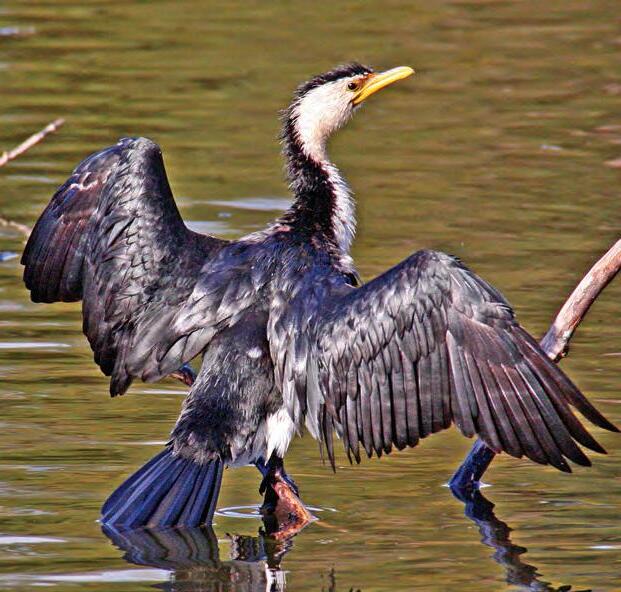
The Australian Pied Cormorant is much larger than the Little Pied at about 80 cm long and is similarly marked in black and white. Aside from the size difference, I have always found it easy to differentiate the two species as Little Pied Cormorants have rather cranky faces, perhaps enhanced by their slight spiked crests. Perhaps the more reliable method is to check their bills. Little Pied Cormorants have short orange bills, while their larger cousins have long greyish bills.
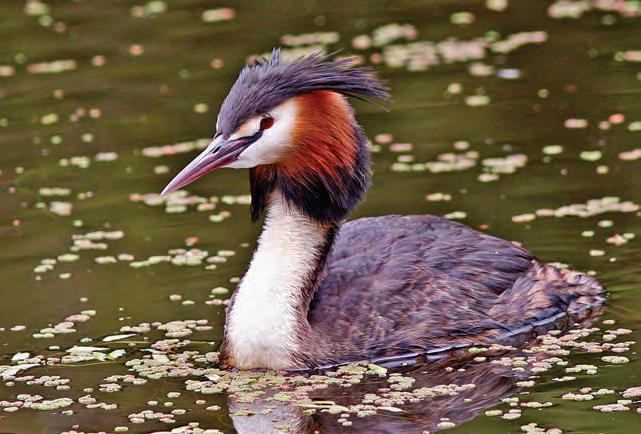
Of the three species of Grebes in Australia, Great Crested Grebes are the least common but the most spectacular. They are found throughout Queensland, though nowhere are they common. They are the largest of the Australian Grebes at 50 to 60 cm long, and their range extends to New Zealand, southern Asia, Europe and even southern Africa.
They are spectacular birds and have an equally spectacular courting display. They raise their black crests like crowns and their neck feather like enormous ruffs, then bob, shake and turn their heads in a stylised dance. This is followed by a dive, with both birds surfacing with a bill full of weed. They then meet and rise out of the water with their legs paddling furiously and flick their heads from side to side. The display does not, however, end in mating, which takes place on a platform the birds have constructed for the purpose and is accompanied by another set of Grebe rituals.
Grebes build nests in water, often attached to submerged logs. They may be solitary, or in a loose colony. Like all Grebes, Great Crested Grebes are dedicated and protective parents. The striped chicks can swim soon after hatching, and each parent takes some chicks into their care, defending them from all threats. Chicks often ride on the parent’s back tucked under its wings. The chicks, like their parents, feed on fish, crustaceans and other invertebrates.
LITTLE PIED CORMORANTTOOWOOMBA CARNIVAL OF FLOWERS
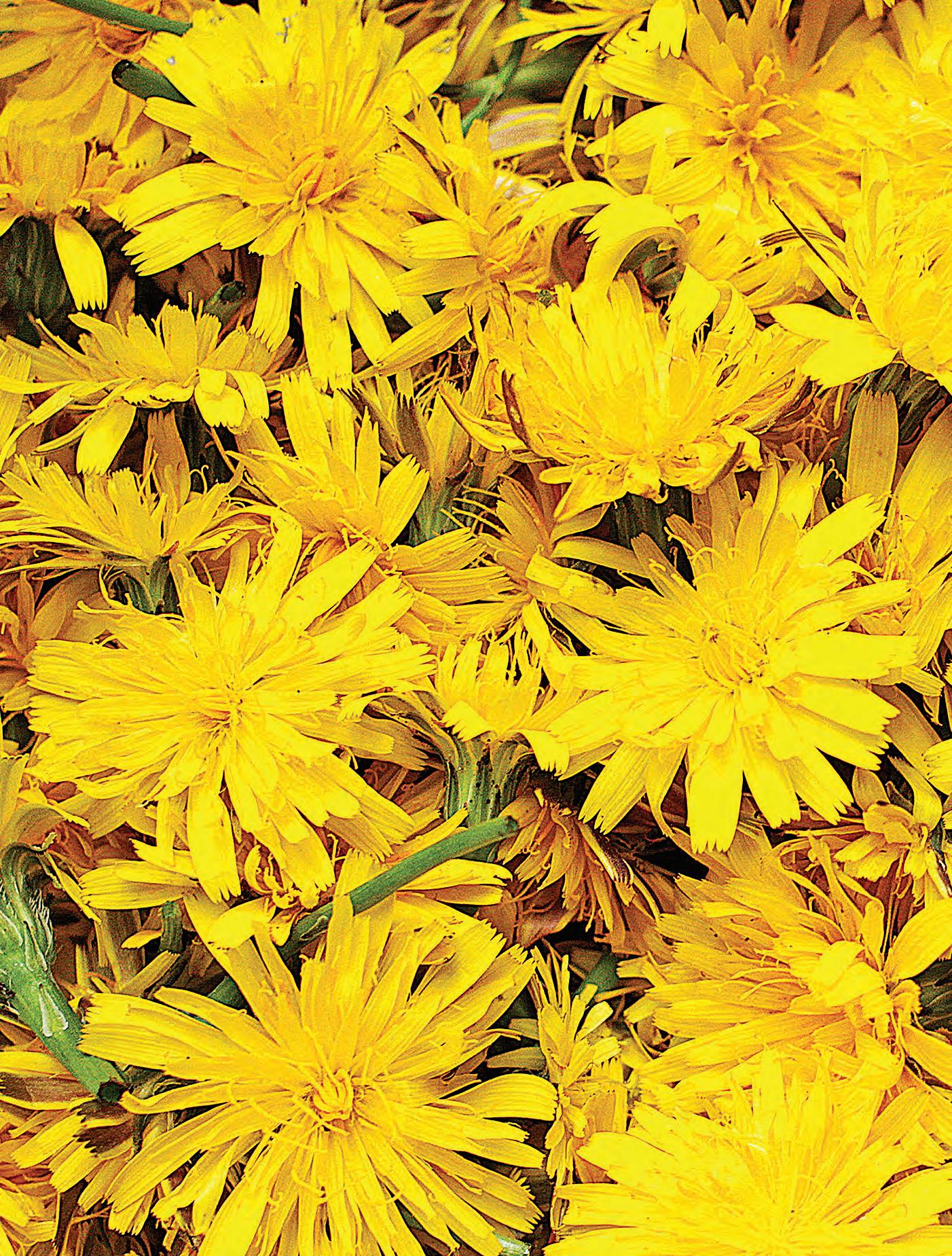
September 1-30
Toowoomba, Queensland
Taking place over the whole month of September for the first time, enjoy blooming gardens, foodie experiences, a plethora of garden events and more.
MILES BACK TO THE BUSH FESTIVAL
September 9-12
Miles, Queensland
This biannual event celebrates everything Miles and surrounding small towns love about living in the bush, with four days full of authentic and interactive experiences.
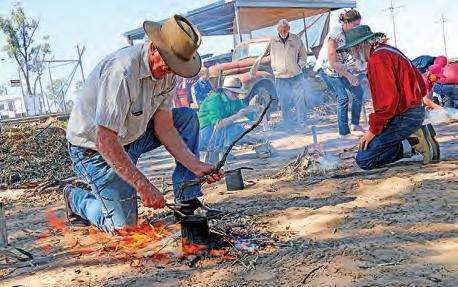
SWELL SCULPTURE FESTIVAL
September 10-19
Currumbin Beach and across the Gold Coast Meander through more than 65 large-scale contemporary sculptures set among the natural landscape of the beach, then discover pop-up exhibitions throughout the city.
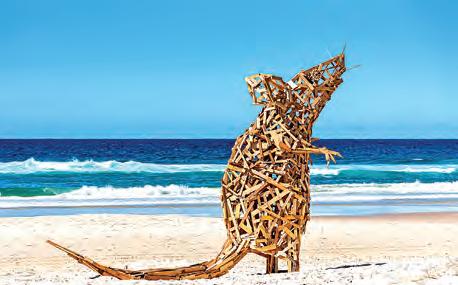
BLACKBUTT AVOCADO FESTIVAL
September 11
Blackbutt, Queensland
Two days of live music, markets, classes on how to grow and cook with avocado, and quirky competitions like avo juggling, avo rolling and more.

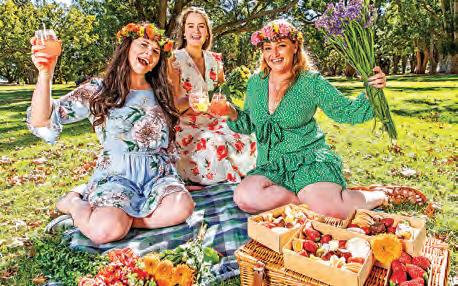
REDCLIFFE KITEFEST
September 11-12
Pelican Park, Clontarf
Known for the spectacular kite displays, this festival is the ultimate kids weekend with shows, live music and entertainment (including a visit from Bluey and Bingo), roving performers, amusements rides, markets, food stalls, and more.
QUEENS BIRTHDAY PUBLIC HOLIDAY
October 4
YARRABAH MUSIC AND CULTURAL FESTIVAL
October 9
Yarrabah, Queensland
Bringing together the most impressive local music, visual arts and flavours, alongside some of Australia’s brightest stars, to showcase the incredible talent emerging from the Yarrabah community.

11th
9th
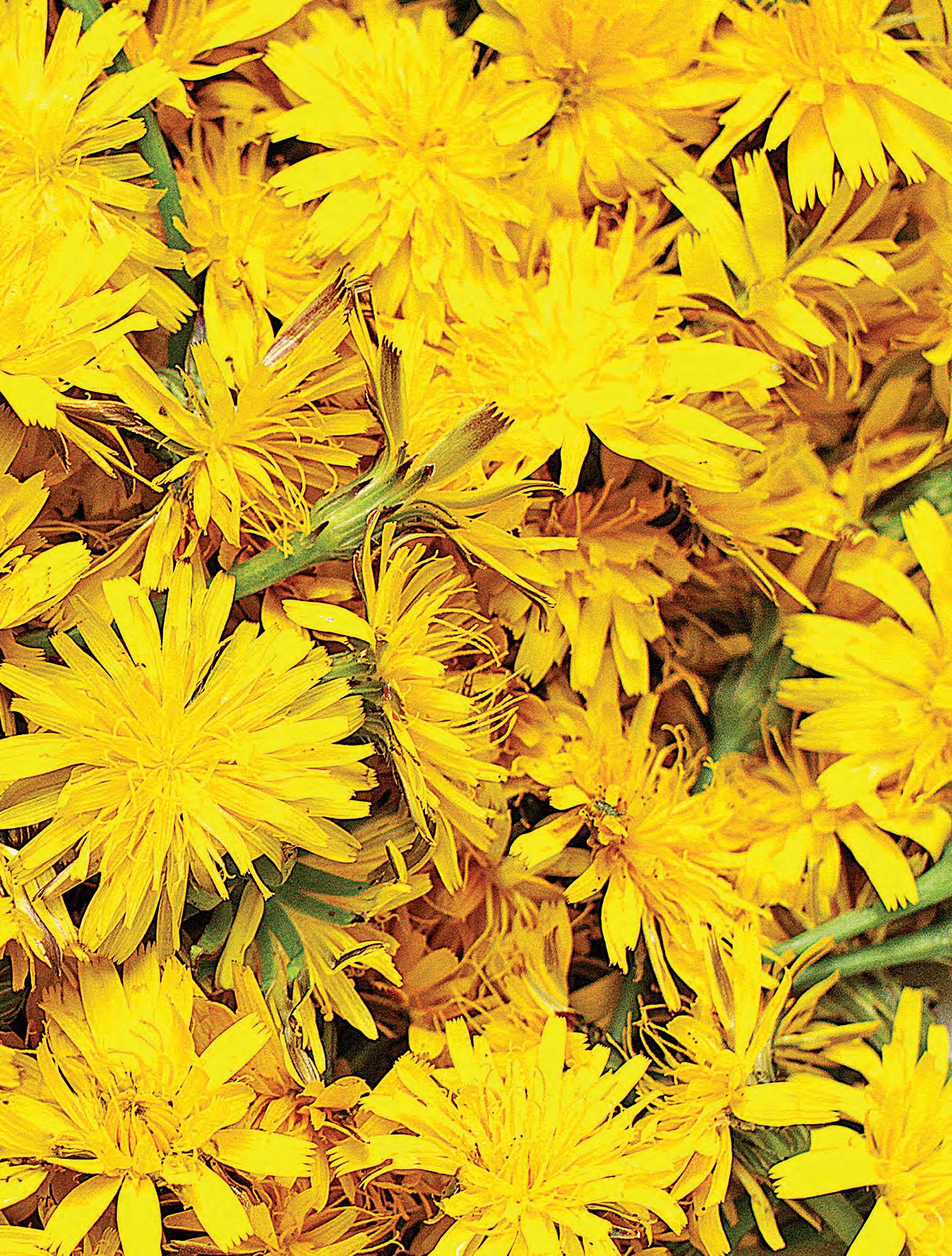
COOLANGATTA GOLD
October 16-17
Coolangatta Beach, Gold Coast
One of the most challenging endurance races in surf sports – swim, run, paddle board and surf ski to victory in either a 32.4km short course or 41.5km long course.
CROCODILE TROPHY
October 15-23
Cairns and surrounds
From Cairns’ jungle to Atherton Tablelands and into the outback, follow bush single tracks and terrain along the 700km course that climbs 13,000 vertical miles, camping along the way.
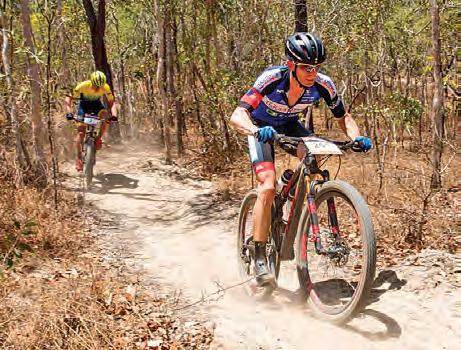
NOOSA TRI
October 27-21
Noosa, Queensland
The Noosa Triathlon Multi Sport Festival is the biggest, oldest triathlon in Australia and is the largest Olympiclength triathlon in the world.

AIRLIE BEACH FESTIVAL OF MUSIC
November 5-7
Airlie Beach and the Whitsundays
Only in Airlie Beach can you see 74 bands alongside 74 islands in the heart of the Great Barrier Reef. Watch big name acts and discover new talent – there is something for every musical taste. Experience a town coming alive to the sound of music, with live entertainment spread throughout 18 venues.
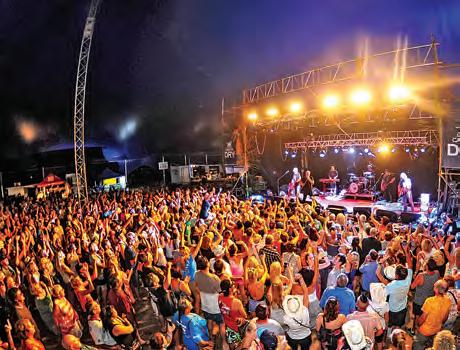
REMEMBRANCE DAY
November 11
GROUNDWATER COUNTRY MUSIC FESTIVAL
November 12-14
Broadbeach, Gold Coast
From The Wolfe Brothers to Gina Jeffreys, Blake O’Connor Music, Round Mountain Girls and so many more, the 2021 lineup is filled with star-studded country music artists that will have you boot scootin’ through the streets of Broadbeach.
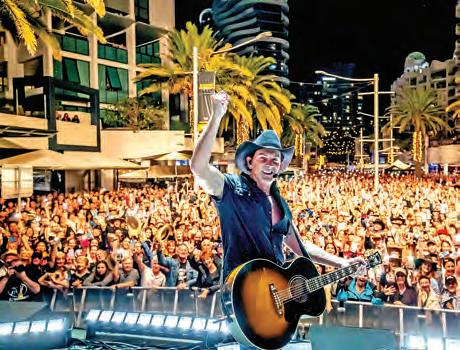
15th —
27th —
5th —
12th —
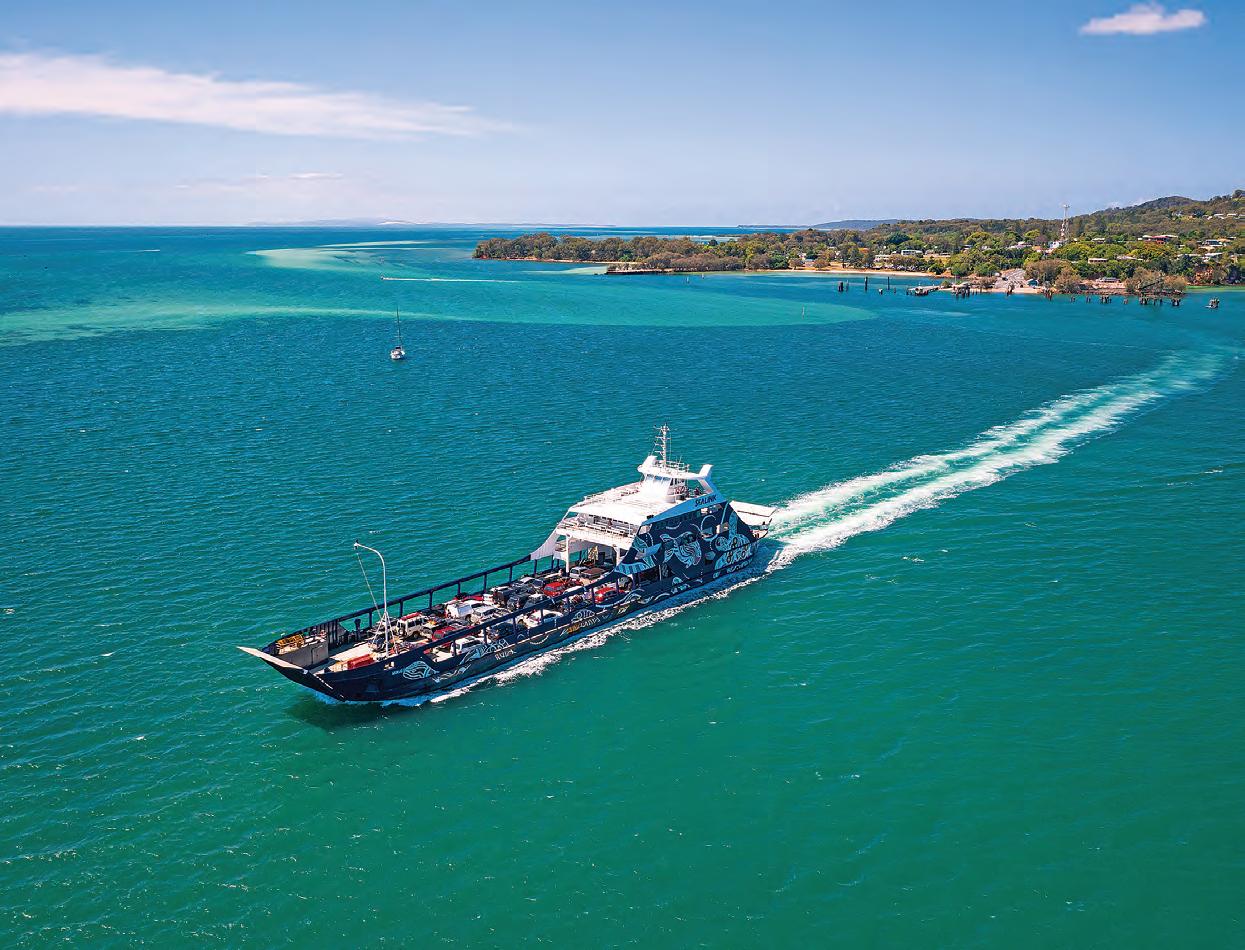
North Stradbroke Island (Minjerribah), home of the Quandamooka people and known as Straddie by the locals, is the second largest sand island in the world and is only an hour’s drive from Brisbane or 90 minutes from the Gold Coast.
Theisland is known for clean, spectacular white sandy beaches, magnificent inland lakes, breathtaking scenic walks and friendly, passionate locals.
The SeaLink vehicle and passenger ferries depart from their terminal in Cleveland (within the Redlands Coast) and make the journey to the island part of the adventure. You can take your car — you do not need a 4WD as all the roads are sealed — or jump onboard the passenger ferry to access the island. You can catch the local bus or cab service on the island or even hire a scooter or bike to explore the island at your own pace.
Spend your days adventuring outdoors — four-wheel-driving, sand boarding, surfing, swimming and snorkelling — and spend your nights eating delicious food while watching live music at one of the many entertainment venues on the island. Nothing can substitute an authentic experience, so why consider a guided tour or a cultural workshop?
The island is the perfect spot to say ‘’I do’’. A destination wedding on Straddie is the perfect way to spend more time with those nearest and dearest to you, without the need for passports.
The first township that you will encounter will be Dunwich
(Goompi), the cultural heart of the island and the arrival point for all visitors. Enjoy the local shops and art galleries and do not forget to visit the Historical Museum to immerse yourself in the rich indigenous history of the island. You can also play a round of golf at the North Stradbroke Island Golf Club or make your way to Brown Lake for a picnic or refreshing dip in the tea tree-soaked water which does wonders for your skin and hair. After, you can visit Blue Lake which is a hidden oasis situated 2.5km inland from the road. Make sure you take water, as this treasure is a bit of a hike!
The next township is Amity Point (Pulan Pulan). Amity’s appeal begins with its relaxing ambience, sandy beaches, shaded shores and easy access to Moreton Bay. There are no surf beaches at Amity, which makes it the perfect place for fishing, boating or snorkelling. There is a large swimming enclosure and plenty of wildlife — keep your eyes peeled for friendly pelicans, cute koalas and wild dolphins! The accommodation options range from modern beachfront holiday houses to cabins, cottages and units. You can also bring your caravan or tent to the local campgrounds which are only a short walk to the water’s edge.
Point Lookout (Mooloomba) is a coastal town rich in natural
beauty that will take your breath away. The township is a series of beaches and headlands which can be easily explored by foot. Don’t miss the stunning beauty of the North Gorge walk which is the perfect viewpoint of the Pacific Ocean. You will see turtles, dolphins and manta rays year-round, but between May and September you will get to watch the annual migration of the majestic humpback whales. There is a range of boutique shops, eateries and accommodation options to choose from — holiday houses, cabins, resorts, hotels and campgrounds.
Check the SeaLink website for travel information, ferry bookings and Straddie Specials: www.ilovestraddie.com.au
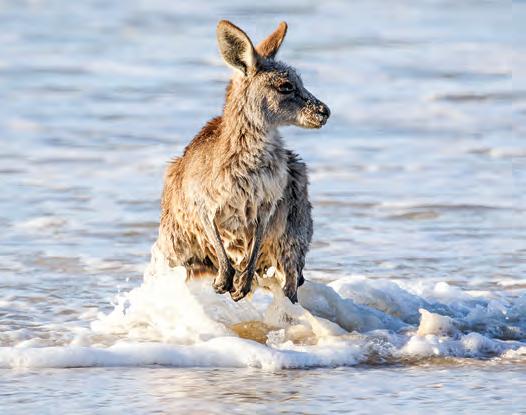
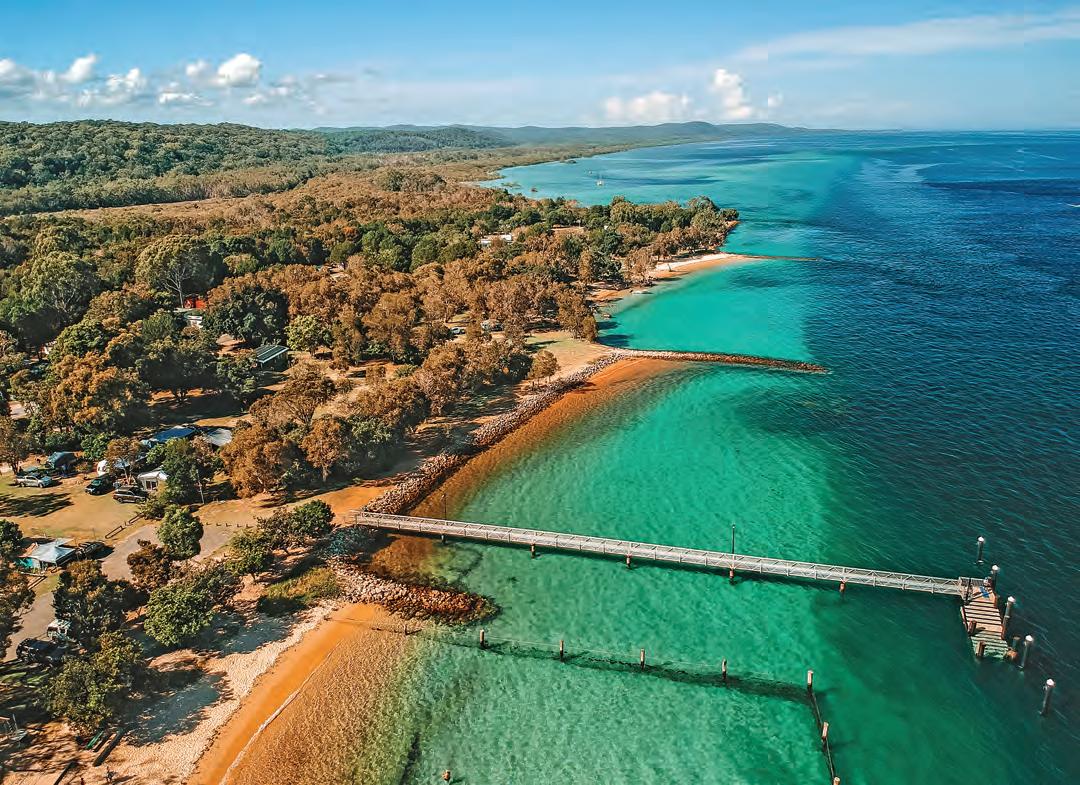
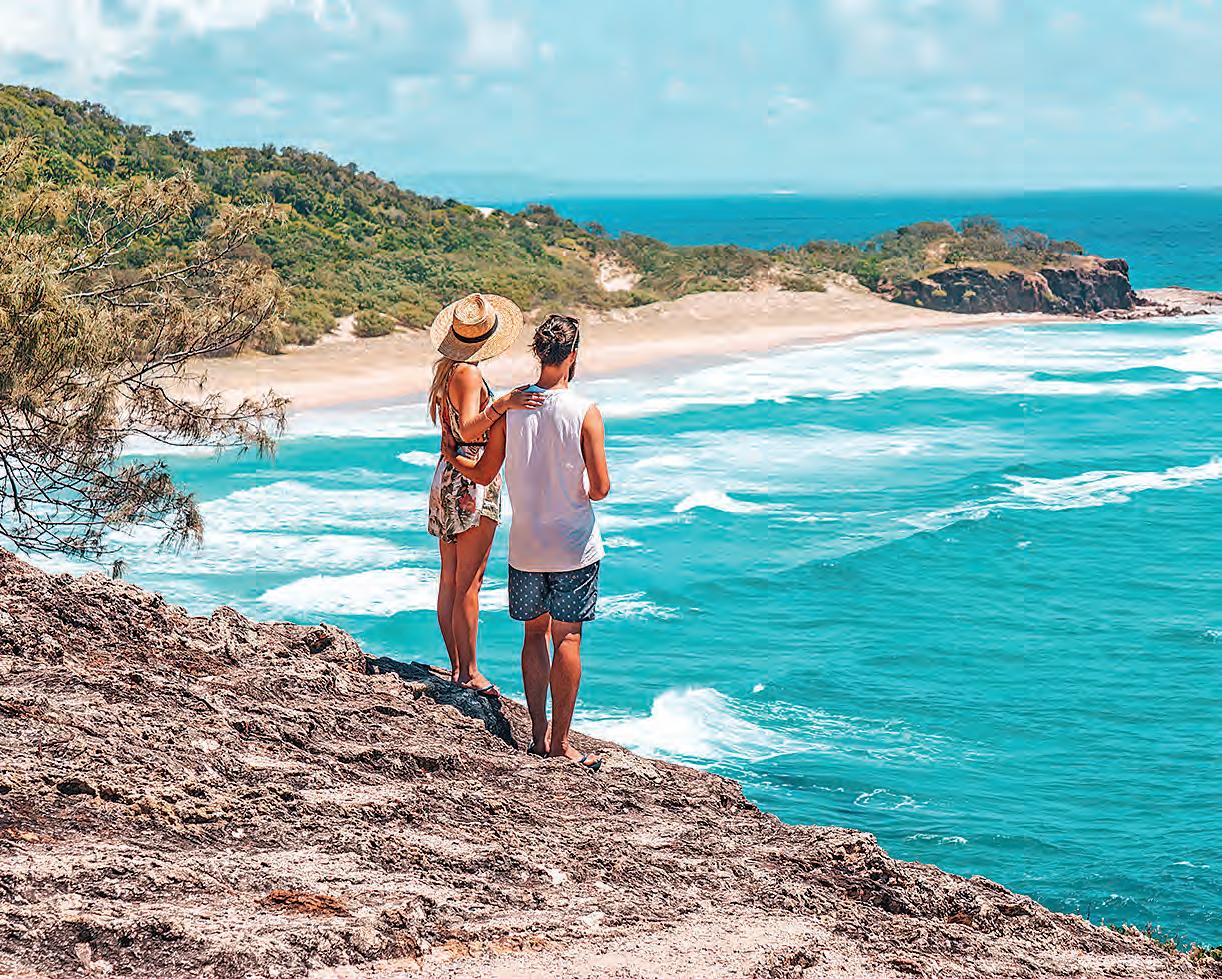 Photo Bohemian — Jesse Lindemann
Photo Bohemian — Jesse Lindemann

Saturday

An exciting family roadtrip in a campervan — going from the Northern Territory back home to SE Queensland — brought adventures in the outback town of Longreach.
Words by Kate Wallis Images by Tourism and Events QueenslandWe packed up early from our overnight stay in Winton, to head to Longreach in order to hit the QANTAS Founders Museum in the afternoon. We stopped to post postcards at the post office in town prior to leaving and saw a coach with horses riding down the main street. Only in Winton…
A relatively short drive today compared to the rest of our trip — a touch less than two hours — we pulled into Longreach Tourist Park just as our friends were heading out to the shops. We got an ensuite van which was good and was actually the warmest spot in camp for the next two days. It has definitely gotten colder since we have gone south, and the wind was impressive. Hands, lips and skin are a lot drier now and I’m glad I brought a couple of pairs of jeans. We all only have one jumper each and they are getting a bit dirty by this point.
The full set-up of the van now takes us less than an hour — I deal with the inside and the kitchen, while my husband manages more of the leveling and outside set-up. We had lunch prior to hitting the air museum by 1pm.
I’m glad we got to the QANTAS founders museum a little earlier as there was a lot to see. Wristbands on and boarding
passes for the 2 o’clock tour collected, we headed in with our two daughters. There were planes flying around on tracks around our heads, there was a WW1 fighter plane simulator, a 1970s first class set-up and a replica of the first enclosed passenger cabin for one of the planes. It would have been very cramped and stuffy for four people, but a lot better than being out in the elements with all of the engine noise and the occasional splash of engine oil.
The story of QANTAS is pretty impressive. Four men — Fysh, McGuiness, McMaster and Baird — formed the airline after coming home from military service in Gallipoli in WW1. Most were pilots; Baird was an accomplished aircraft engineer who could fix just about anything, even mid-flight. They realised that the west of Queensland would benefit from an aviation service after spending time making air strips for the great air race of 1919. That was the germ of the idea they needed. They got sponsorship wherever they could, taking people on “joyflights” (charging an extra five pound for a loop-the-loop while flying) and they purchased and built their own planes over the next 10 years. There were lots of early adventures: one pilot noticed that two of his passengers were asleep so
he did a loop-the-loop. They woke up while being upside and the screaming didn’t stop for quite a while later. That pilot was fired!
Aviation was still new and there were lots of problems with the planes, though, requiring many emergency landings around that time. Pilots had their own insurance rating depending on how safe a flier they were and insurance companies would often ask people which pilot they had prior to agreeing to insure them for a trip. Planes could fly 90 miles an hour at that time; certainly not the speeds we see today.
The company was on the verge of collapse many times prior to securing the mail run between Charleville and Cloncurry, along with government subsidy. The first RFDS base was in Cloncurry, but the QANTAS guys opted for Longreach and built their hangar there, in which they built and serviced their planes. They knew they had to keep expanding, though, as the chartered flights and mail runs weren’t going to keep them in business either. They joined forces with an overseas entity to form QANTAS Empire Airways as they started their overseas ventures. They also continued to operate during WW2, continuing to run services in complete radio silence over the Japanese controlled Indian Ocean to Ceylon (now Sri Lanka).
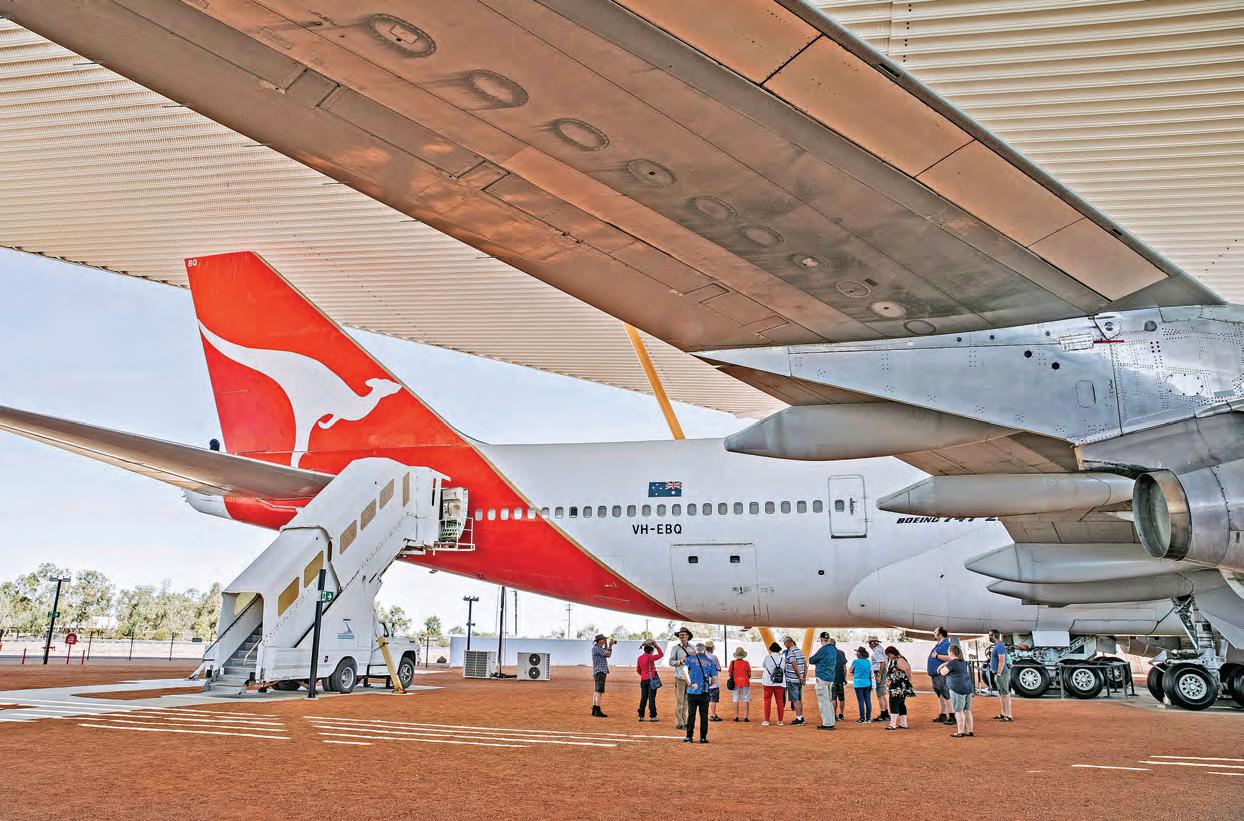
There were lots of planes as well in the hangar outside, as well as a Catalina plane in the grounds — a great little museum with lots to see. The girls enjoyed the flight simulators and the replica planes that they could sit in, but the real highlight was the 90min tour. Our guide, Hamish, had only been doing tours for three weeks, but he was already quite polished. He took us through four planes in the purpose-built undercover area at the museum. The biggest was the 747, the classical jumbo jet. It was quite a task to get it there, as the runway at Longreach was not long or wide enough for it to land in its usual manner. It had to come in slower and with the outside engines off and will not be able to take off again from this spot purely due to its size — meaning that the runway is not long enough for lift off.
We were able to have our photo taken standing in an engine prior to going up and in the 747. I showed the girls the ash trays in every seat armrest and the folded-out bassinet. There were no in-seat entertainment systems, but instead one movie screen out the front.
It was very long, with business class right up the front of the plane. We did get to go up into what would have previously been first class, but the tickets were too expensive for most. As a result, QANTAS converted this to 24 economy seats — very cramped, though, as the head room was quite curved overhead. We saw the ‘black box’, which as actually orange, and the cockpit, complete with the biggest toilet on the plane and bunks for when the pilots or engineer needed to have a sleep.
Next was the constellation plane, set up to look like the Southern Spray. Inside, they had taken out all the seats and put in photos and memorabilia of the flight paths and service of the 1960s and 1970s when this plane was used the most. They ran flights to London and New York, but with up to nine stopovers to get there due to the distance.
The last plane we went into was a 707. The one they had there was actually completely refurbished inside and was to be sold to Arab oil sheiks, however, someone put pig skin leather seats inside and so they refused to buy it. Michael Jackson owned the plane for a little while, complete with lounge room, office area, bedroom with queen-size bed and two luxury toilets and showers on board. John Travolta has a similar one and there’s numerous photos of them both showing their times inside the plane on display.
We didn’t quite get the museum finished in the three hours we had allotted, but they were kind enough to give us a pass out for the following day. We headed back to the van and had cheese and bikkies prior to heading out for a steak dinner with our friends. Most places were booked as the show was in town, but we managed to find a good spot at the Birdcage Bistro.
This morning was a little slower as we didn’t need to be at the Stockman’s Hall of Fame until 9.30am.
The SHOF had changed a lot in 30 years. We started with a really wide screen presentation of the history of Stockmen in Australia. The first stock horses came over in the 1780s and were a mixed breed, but hardy and agile for the climate. Sheep and cattle came over then too; anything with a hoof being an introduced species to Australia. Stockmen and drovers’ jobs were to work the animals into different areas of the property, round them up for feeding, branding, checks etc and then to eventually move them thousands of kms to market or export. This was the birth of a number of recognisable tracks: Birdsville, Strezlecki, Canning stock routes, among others. These routes are not needed now, due to trains and road trains carrying stock the long way they need to go along established tracks or roads which didn’t exist back then.
Aboriginal guides and stockmen would teach them how to read the land, find water/wells and bush tucker, working for rations rather than wages in the late 1800s and first half of the 1900s. They were regarded as equal members of the team, but not rewarded financially in the same way.
Sheep were the main commodity in the second half of the 1800s, with the merino breed from Spain producing wool of the largest amount and finest quality. This wool export trade made Melbourne the most prosperous city in the world at that point in time. The wool price took a dive in the 1890s which took the bottom out of the market. The pastoralists then tried to drop the pay of the shearers. As a result, they banded together to form the first union. This effort snowballed over the next couple of decades and resulted in the birth of the Australian Labour Party.
The film also touched on the environment of the outback, droughts and flooding rains. A well put together film, beautiful pictures and music.
After that, we moved into the museum proper. Everyone got
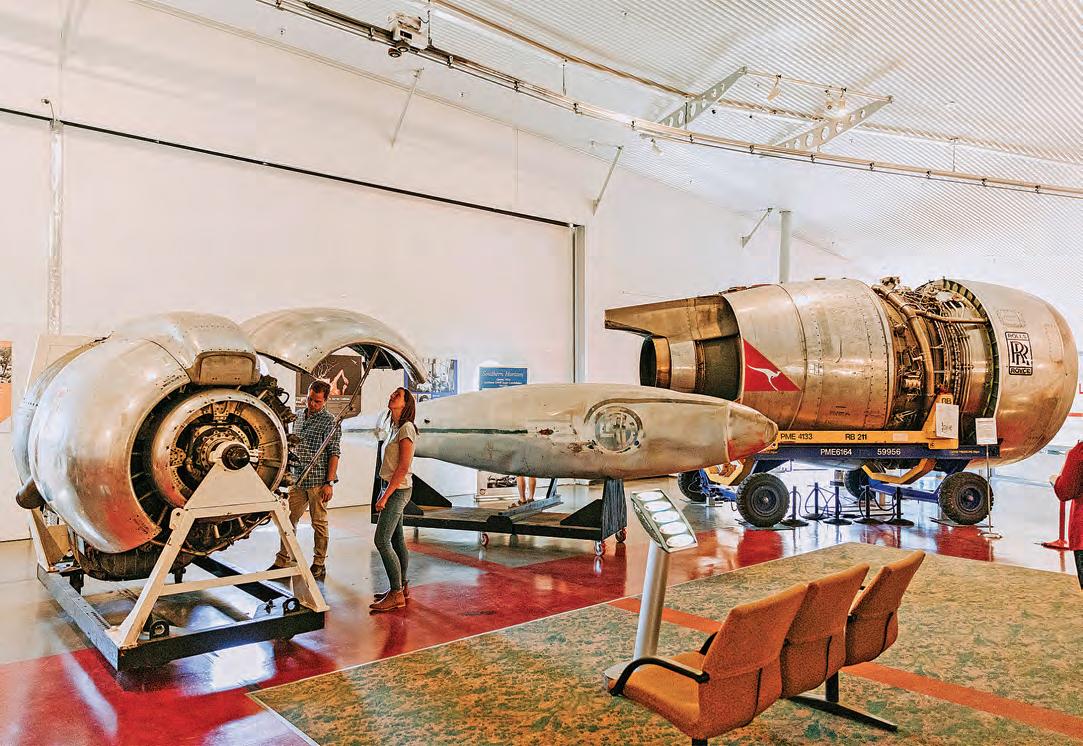
headphones plugged into an iPod with audio guide. There was an adult’s and children’s section. The girls loved the children’s section as it was hosted by a kelpie dog who would give them clues of things to find in a treasure hunt around the museum. The adult’s version was hosted by ‘Sawry’, the person whose idea it was to create the SHOF in the first place, to tell the stories of those who live in the bush. On the bottom level, there were sections on The Dreaming and song lines, bush crafts, the tracks, the first pastoralists and the shearers. On the mezzanine was a section about the RFDS and the top level was about the social pastimes of those in the bush.
There were stories about lots of figures in the bush, but I was particularly drawn to the women: Aboriginal women studying the role of women and aboriginals in the bush, self-taught midwives (who started by delivering their own twins in the back of a sheep wagon), the first woman down the Canning track, which spans three deserts. Amazing women of great fortitude, often living with their children for months at a time isolated in the bush.
Monday
Another cold morning in Longreach, down to about 8 degrees with wind chill on top of that. It was so cold my nose was running and fingers were actually hurting.
The girls and I booked a tour at the Longreach School of the Air this morning and spent some time watching videos and touring the facilities of the school. The kids come down off the properties for a few days each term so they can mix and have contact with other kids. They manage to do a musical every two years with the lines, songs and choreography learnt online prior to coming together six rehearsals prior to show time. The school caters for Prep to Year 10 with a mix of paper based, blackboard collaborate and library resources for each child. The school runs from 8am to 3pm each day with up to 10 kids in a blackboard collaborate classroom with a live teacher. We were able to watch one Year 4 English lesson about grammar
(pronouns, noun groups and verb groups), with the kids being able to notate on a shared presentation and chat on the chat feed – similar to Zoom classrooms. Lots of set-up in terms of putting the content onto the slides, but once done, it just felt like online learning similar to COVID 2020 learning. The girls each got a ruler and I got an outback cookbook as a souvenir and to support the school. A fun morning.
After that, we hit the road again for the 400kms to Emerald. We late lunched at Barcaldine, home of the Labour party and the ‘Tree of Knowledge’ and travelled over the Jordan Creek at Jericho, after taking a photo of the drive-in cinema and leaving our mark on the community blackboard. Onwards to Alpha and the legendary bakery…
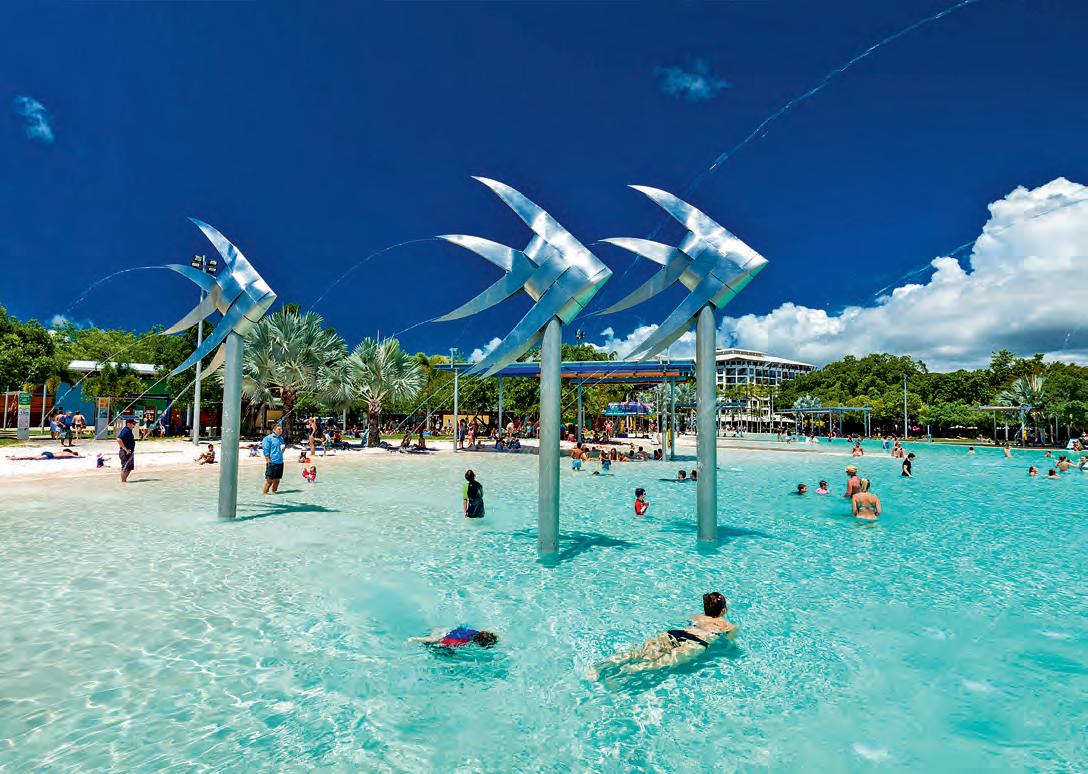
QCWA Holiday Units offers 1 and 2
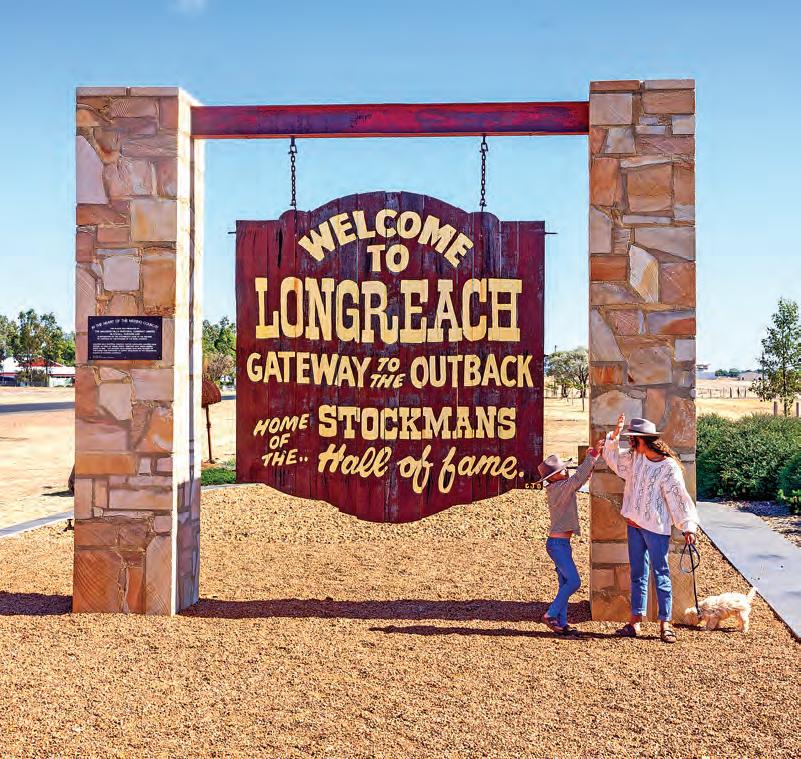
Bedroom fully self-contained units catering for singles, couples and families — plus we have everything you need to make your Cairns holiday enjoyable and stress free.
Our Cairns Units are located just two blocks from the Cairns Esplanade and easy walking distance to the Esplanade Lagoon and Cairns Business District. Restaurants, entertainment and shops are just a stroll away.

The QCWA’s country of study for 2021 has been the stunning Malaysia. Obviously no-one has been able to visit in-person, so join Ruth magazine on a sojourn through some gorgeous places over the next few pages.
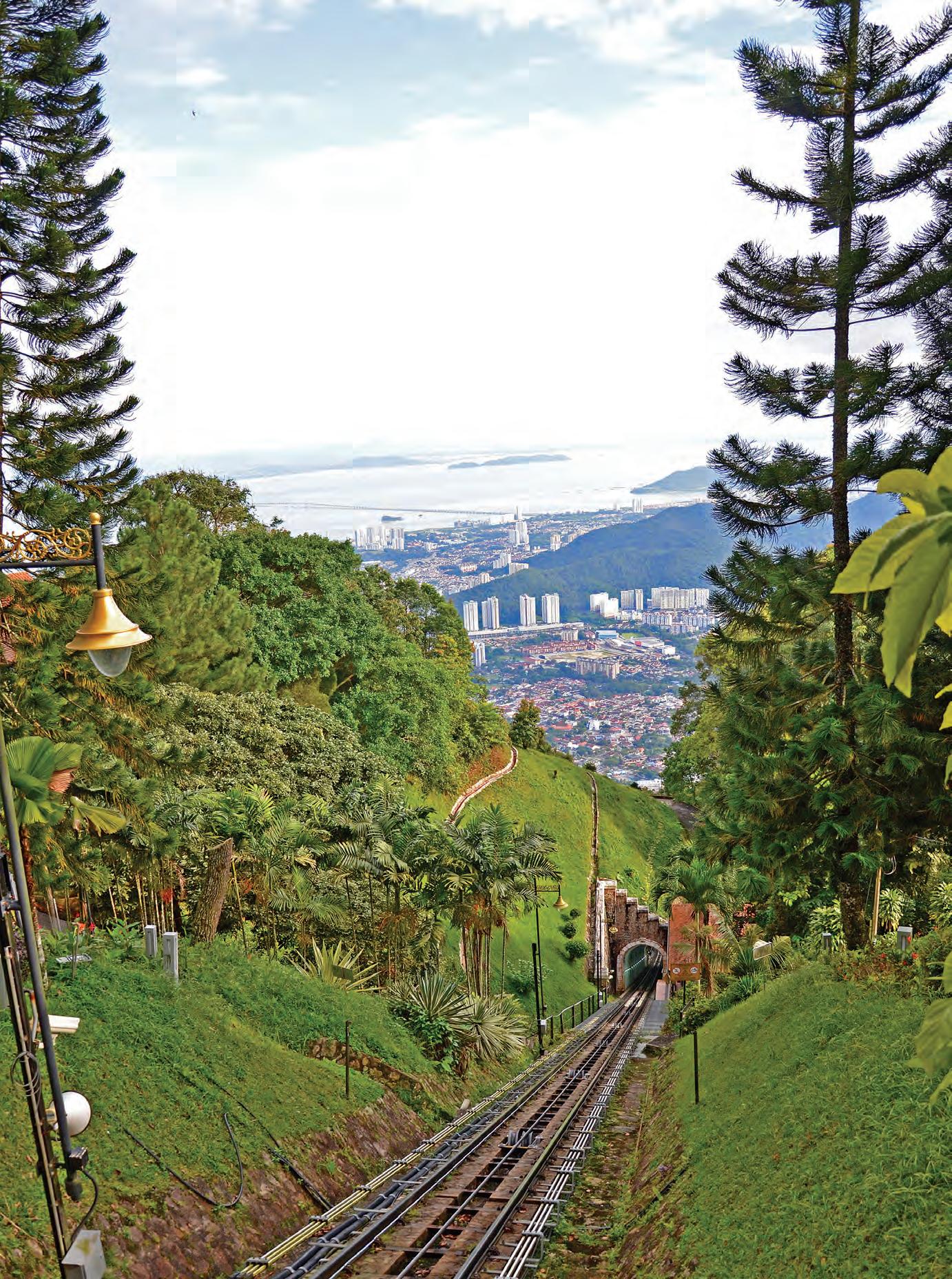

It sounds as though something is dropping out of the sky. Much like Chicken Little, I run around madly, heading out the door to the area by the pool.
Words by Carrie Hutchinson Images Contributedthe sky isn’t falling in; rather a family of dusky leaf monkeys has leapt from the tall trees and is scaling the villa on the way to the beach. We stop and stare at one another — me with wide eyes and them with gorgeous inky pools rimmed in white.
Just as quickly as they arrive, they’ve disappeared up branches overhanging the sand to pick at the lush leaf shoots. As used to humans as they must be they’re much more shy than their monkey cousins who also inhabit the grounds of the Datai on the Malaysian island of Langkawi.
The macaques have no problem maintaining their ground as you cross paths, staring as if to establish whether you may be carrying an ill-advised, snatchable piece of fruit in a pocket.
Soon after the monkeys depart the only sound in the air is the high-pitched whirring and clicking of the insects in the canopy. I’ve no idea of their species, but their noise makes a relaxing accompaniment to a nap by the plunge pool.
The Datai has always been the final word in luxury on Langkawi, but the 14 beach villas, each with their own place to take a refreshing dip between pages of a beach novel, are the sort of place you can easily imagine spending the rest of your life. Two separate pavilions — one with bedroom, dressing area and huge bathroom, the other housing a living area – with a pool and deck with loungers, umbrella and dining area. A gate leads directly to the pristine white beach. It would be very easy to spend a week on the sun lounger, sending out for room
service, drinking from the complimentary mini bar and rubbing on sunscreen, but there’s plenty to do, even without leaving the resort.
Breakfast up at the Lobby Lounge is an enticing affair with everything from bacon and eggs to roti jala (egg net with chicken curry) on offer. It’s easy to get carried away, but since I’ve organised to meet marine biologist Jonathan Chandrasakran at the beach, named by National Geographic as one of the world’s top 10, I stop at just one waffle. As we walk along the sand, Jonathan points out the tiny balls left behind by sand bubbler crabs after they’ve scoured the grit for food, before heading to a tiny stream that runs into the ocean where we search for mudskippers. Then it’s back to the beach hut for snorkelling gear. Just 24 hours before, the water had resembled soup and there was little to see. Today, we fin out over coral outcrops, a school of tiny black fish acting as escorts. At one huge anemone, there are probably 30 or 40 clown fish darting in and out of the waving fronds.
After dark, another special tour takes place. Naturalist Shakira arms each guest with a torch and, as the sun sets, leads a tour through the 10 million-year-old rainforest. It’s a haven for all sorts of animals, but as we arrive by the beach we finally spot the one she’s been holding out for: a flying lemur. You have to be quick with your light before they land on a distant branch and disappear once more.
All that activity adds up to two things: thirst and hunger.
Quench the first with a cocktail at the Beach Club, with the sounds of waves lapping against the shore, followed by a meal in one of the excellent restaurants. Thai food is the specialty of the Pavilion, floating in the rainforest canopy and overlooking the Andaman Sea, but for a more local experience head to Gulai House. Styled like a rustic kampung (village) house, the chefs here prepare a feast of Malaysian and Indian dishes. Like everything at the Datai, it’s an exercise in low-key indulgence where your only worry is whether you should stroll back to your room or ring for a buggy transfer.



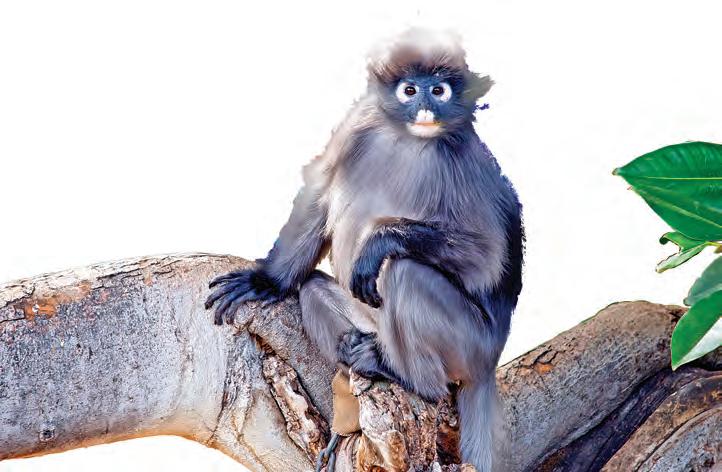

It’s 10 o’clock on a sunny morning, and the temperature is beginning to rise, not least because an endless number of woks is simmering and spitting beneath awnings and large umbrellas.
Words by Carrie Hutchinson Images Contributed
People are crowded around tables in this hawker market, right next door to George Town’s Chowrasta Market, sipping curry mee and tucking into char kway teow. At one stand, a stallholder is steaming rice liquid into flat noodles and folding prawns into it to make chee cheong fun.
“Breakfast,” guide Clement Liang of Penang Heritage Trust replies when asked what meal these people are preparing. It seems a little late, but this market has been bustling with shoppers and workers since dawn.
Breakfast is a big deal in Penang — in fact, every meal is — and there’s nowhere more popular than Toh Soon Coffee. Here, toast grilled over a fire in an old charcoal stove and thick, fragrant Hainanese coffee are the specialties. There isn’t an empty table in sight. “It can take an hour to get your toast,” says Clement of the popularity of the more than 50-year-old coffee shop.
But there’s more to George Town than food (although it’s been cited as a go-to destination for foodies in the recent past). It’s a city of two parts. This is its historic centre, but beyond here George Town is a modern city, stretching along the waterfront and up to the lush greenery of Penang Hill.
Take an entire day, at least, to explore the sights, restaurants and shops among the Colonial architecture and old Chinese shop houses of the Old Town.
Make haste to the Indian enclave on Jalan Penang and find at table at Veloo Villas. This frill-free South Indian diner has been serving hungry patrons for more than 50 years. A waiter places a banana leaf on the table, topping it with rice, dhal, vegetables and appalam (like a pappadum) in his first pass. Then it’s up to the customer to choose tasty extras, such as fish and mutton curries, sambal eggs and spicy, deep-fried
chicken drumsticks. The locals eat with their right hand, but caddies of cutlery are brought to the table if needed.
2. Feel the fusion

Three shop houses on Jalan Kelawai have been converted to create a calm space — all traditional Peranakan ceramics in pastel shades and folded paper butterflies — where Perut Rumah’s Nyonya cuisine is served. This fusion style takes Chinese cooking techniques and combines them with Indian and Malaysian spices. Take some time over lunch to enjoy a raft of dishes from the menu. Otak-otak, a fragrant concoction of fish custard and basil steamed in banana leaves, is a must-try but leave room for the dessert of bubur pulut hitam, black glutinous rice with longan and coconut cream. Apparently, it’s also a bit like chicken noodle soup in these parts and is served when someone isn’t feeling well.

3. Chinese choice
For those hankering for Chinese food during a Malaysian sojourn, one spot is loved by both locals and visitors: Tek Sen on Lebuh Canarvon. It’s a nondescript, yellow-walled place spread across two shops with, for the slightly adventurous,
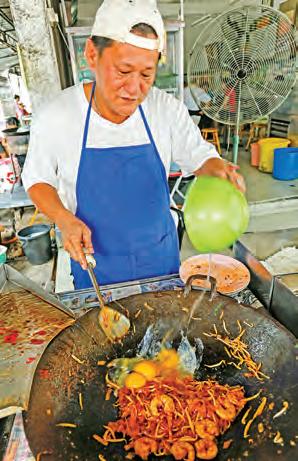
some of the best food anywhere on the island. Don’t miss the doubleroasted pork belly with its insanely glistening caramelisation, but challenge the tastebuds with dishes like stirfried bitter gourd with salted eggs and minced pork, potato leaves with sambal and prawns, and deep-fried homemade tofu with prawns, dried scallop and egg white.
4. The Australian touch Aussie Narelle McMurtrie is well known in Malaysia. The hotelier owns boutique Bon
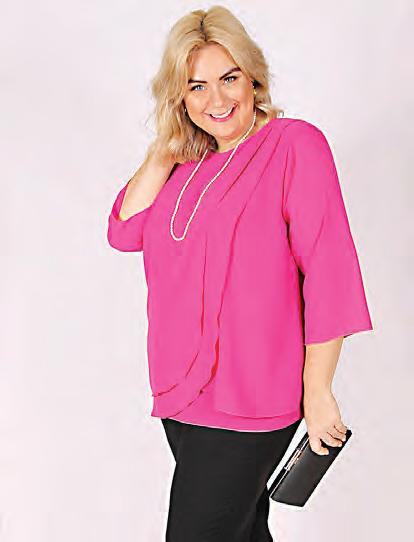
Ton Resort on Langkawi, but in George Town she’s created ChinaHouse, a venue with a little something for everyone. There are 14 different spaces, including a gallery, pool, bookstore and shop selling local art and craft, but during the day there’s no passing the cafe with the biggest table of homemade cakes you might ever see. It’s one of the few places of George Town where cravings for a flat white and slice of pear and ginger upside-down cake can be satisfied. After dark, return for live music at the Canteen or a glass of wine at Vine & Single.
5. Local inspiration

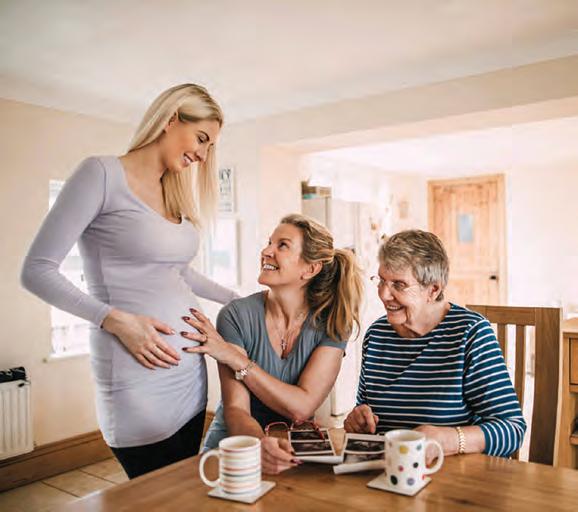
If taking home a little piece of Malaysia is important, head to Shop Howard on Jalan Pitt. Photographer Howard Tan runs this bijou outlet that stocks artistic gifts and souvenirs, including Philip Hemnell’s pop art-inspired paintings of rice cookers, sculptural jewellery by Jonathan Yun, and fragrances — one

citrusy, spicy and inspired by George Town; another woody, warm and reminiscent of the rainforest — by Josh Lee. Out the back there’s a studio showing Howard’s brightly hued images of the city.
6. Handle with care
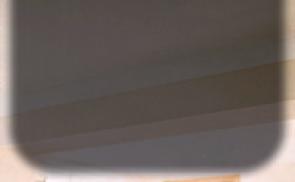
Foodies will love Teow Hin Chan on Lebuh Pantai. This is one of the last places in the city selling old-school Chinese kitchenware. Stock up on enamel tiffins, antique baskets, beautifully decorated teapots and wooden moon cake moulds, all imported from the regions that specialise in them.
7. Old-school trade

Many of the heritage traders in George Town are the last of their kind, so visiting the establishments to see — and perhaps buy — a handcrafted piece of culture is well worth the time. Shoemaker Tan Kok Oo on Lebuh Armenian makes pairs of beaded slippers for his customers, either from his catalogues or their own designs. It can take three months for him to sew the tiny glass beads on to each pair of shoes. Haja Mohideen’s father established his songkok business in 1933, and to this day Mohideen continues the tradition of making men’s headwear worn during Malay religious and festive occasions. A free booklet about George Town’s heritage traders is available from the tourist information centre on Lebuh Pantai.
8. Art on the streets
Social media has made Ernest Zacharevic’s Kids on Bicycle one of George Town’s best-known examples of street art, but there are artistic gems hidden throughout the historic streets. While out wandering and shopping, duck into alleys and side streets to discover the 52 wrought-iron caricatures created by Sculptureatwork. Each one represents the voice of a resident or visitor, from the ting ting thong (rock candy) sellers to backpackers looking for a cheap hostel.
9. Over the water
The southeast coastline of George Town features a number of clan jetties, built by Chinese Hokkien immigrants as places of residence and trade during the 19th century. The largest and most visited is Chew Jetty, still lined with family homes, but also offering shops selling souvenirs and snacks. Grab a coconut shake or durian ice-cream (the funky, fishy chilled treat is a local favourite) and walk to the end to stare out over the harbour.
10. Blue heaven
There’s no missing Cheong Fatt Tze Mansion — its indigocoloured paint job means just about everyone refers to it as the Blue Mansion. Built at the end of the 19th century, by banker, businessman and bon vivant Cheong Fatt Tze, its style combines architecture from the Su Chow dynasty in China and elements of European design, including ironwork from Glasgow and Art Nouveau stained-glass windows. These days, this beautiful mansion has 18 boutique hotel rooms, a restaurant and three daily English-language tours for visitors.
Sometimes inspiration can come from something as simple as looking out your own kitchen window, as this children’s author discovered.
Words by Jessica Kramer Images by Kathryn Apel
Kathryn Apel is one of the most approachable and friendly people I’ve met. She says she’s nervous about our interview, not being sure exactly what to expect, but you’d never know it from her voice on the phone.
She paints such a vivid picture of her home on a cattle property north of Bundaberg that I can almost hear the birds sing, smell the earth, feel the breeze. Some people are just born to write, and it would seem Kat is one of those people.
Surprisingly, however, she says writing was more something she ‘grew into’, rather than being a life-long passion.
“I was writing bush poetry,” Kat says. “I wrote poetry for Christmas mail, and people encouraged me to publish it.”
“Once I started writing books, it sucked me right in.”
As a stay-at-home mum, she would write picture books for her sons — who are now in their 20s — and her most recently published book, The Bird in the Herd, was born in those days.

“I was home with my small boys 19 years ago and looked out the kitchen window, and saw ‘a bird in the herd that stalks as it walks’,” Kat recalls.
“It grew from there into an cumulative rhyming story — if my youngest heard that rhyme, he would run from wherever he was; it was like a magnet.”
While it was a book many years in the making, she doesn’t resent the wait.
“UQP (my publisher) did a gorgeous job with the coloured words in the text and illustrations by Renee Treml,” Kat says.
Even the story of how Renee came to illustrate the book is an incredible one: she had recently moved interstate and wasn’t intending on entering the CYA Conference illustrator competition, but then a friend showed Renee the sample text written by Kathryn. Renee was so inspired that she ripped apart her moving boxes to find her art supplies with only three days
left to enter.
“Renee didn’t win the competition, but her artwork was the perfect match for The Bird in the Herd’s age group and text,” Kat explains.
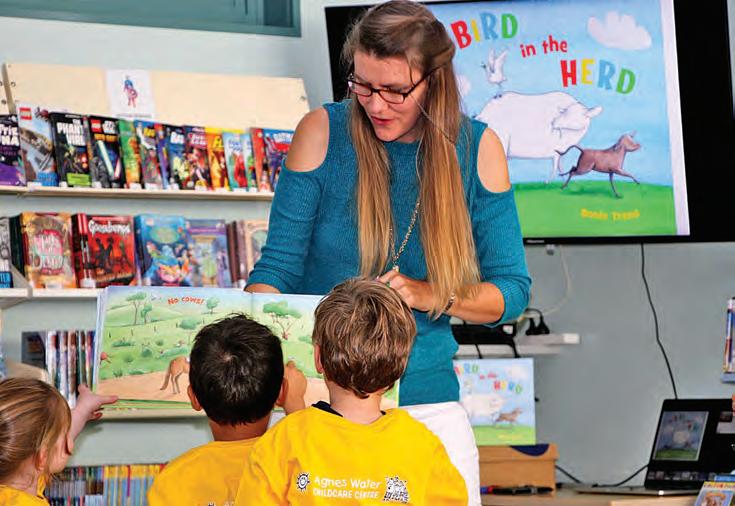
The two women met at the conference, ending up sitting next to each other, and later approached the publisher together. UQP had published Kat’s verse novels previously, so they had hope of some success. Five years later, The Bird in the Herd was published — Kathryn’s seventh book.
“I used to send Renee photos and videos, like ‘this is a cow
running’ to help with her illustrations,” Kat recalls with a laugh.
“As a writer, I always like to know the big picture so I can make sure that the little bits are alright. I sent pictures of both dry and lush seasons on our farm so Renee could see.
“I’m so thankful she chose the lush green version, because when it was published the drought was happening and the dams were dry, and it was very joyful to see the bright illustrations.”
The book is certainly a pop of colour, both in photos and in-person.
“It’s the must-have accessory because it never photographs badly!” Kat jokes.
Born on a dairy farm and now a grazier’s wife, with only about five years of life not on a farm — when she was studying in Toowoomba and then teaching in Kingaroy — it was important to her to have picture books that reflected the Australian way of life and farming, rather than the portrayal of American or English farming that saturates the market. The little black calf in the book is based on a real cow as well.

“It’s based on a calf I bottle-raised, Cocoa. Cocoa used to bring her calf up to the yard and leave it for the day while she grazed, then collect it at the end of the day as if she were leaving it at grandma’s for the day,” Kat remembers.
These days you’ll find Kat working hard at her next string of book releases.
“Now that the boys have grown up, and during COVID, I’ve had more time — my book prior to The Bird in the Herd snuck out last year and kind of started and finished within that year; it was a whirlwind.”
This book — Up and Down on a Rainy Day — has been shortlisted in the Speech Pathology Australia Book of the Year Awards.
“I’m working on a verse novel now, with two other picture books coming out next year as well.
“I’m loving being let loose again — COVID shut-down author talks and tours, and I’m loving being able to go back. I’d written more than I ever had before, during COVID, and was more immersed in the writing process, so I wondered why I wasn’t feeling like a writer. And then I realised it was because I wasn’t out sharing it and being with readers.”
She will often do a month of poetry as well as setting time aside to just write poetry for the sake of it and for fun, and when not writing Kat loves taking her mountain bike over the property,
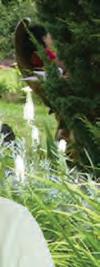
No Exit Fees. Enjoy the best life has to offer. Inspections Invited!


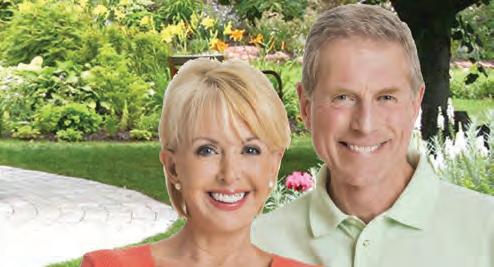


walking along the beach or through paddocks, and reading. For people wanting to get into writing and publishing books, Kat has a few pieces of advice.



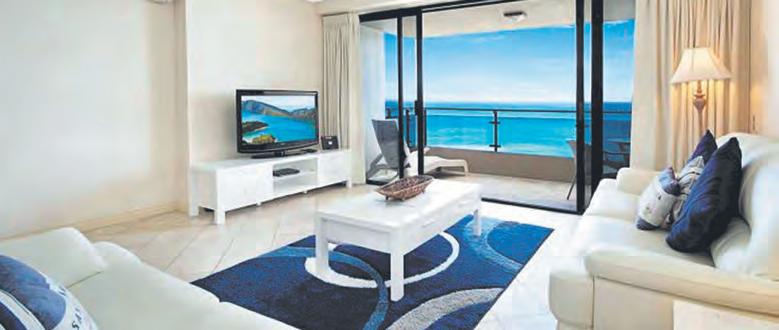
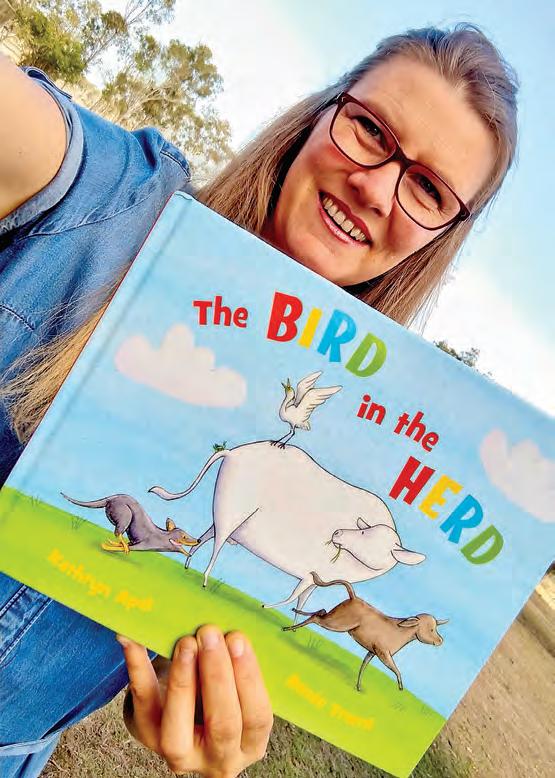
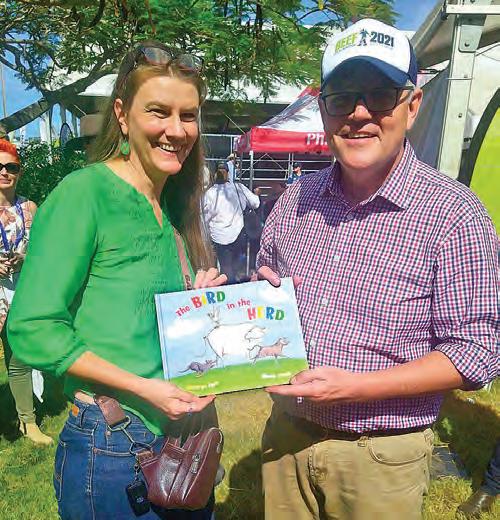
“For one thing, write it — make that start, put it on the page. Once you’ve got something on the page, you’re invested in it: so start,” she says.

“Also, own your own journey. Some people can write quickly, or some do it slowly. Don’t feel that you need to copy someone else’s journey.”
“Overall, be passionate, be consistent, and be patient.”

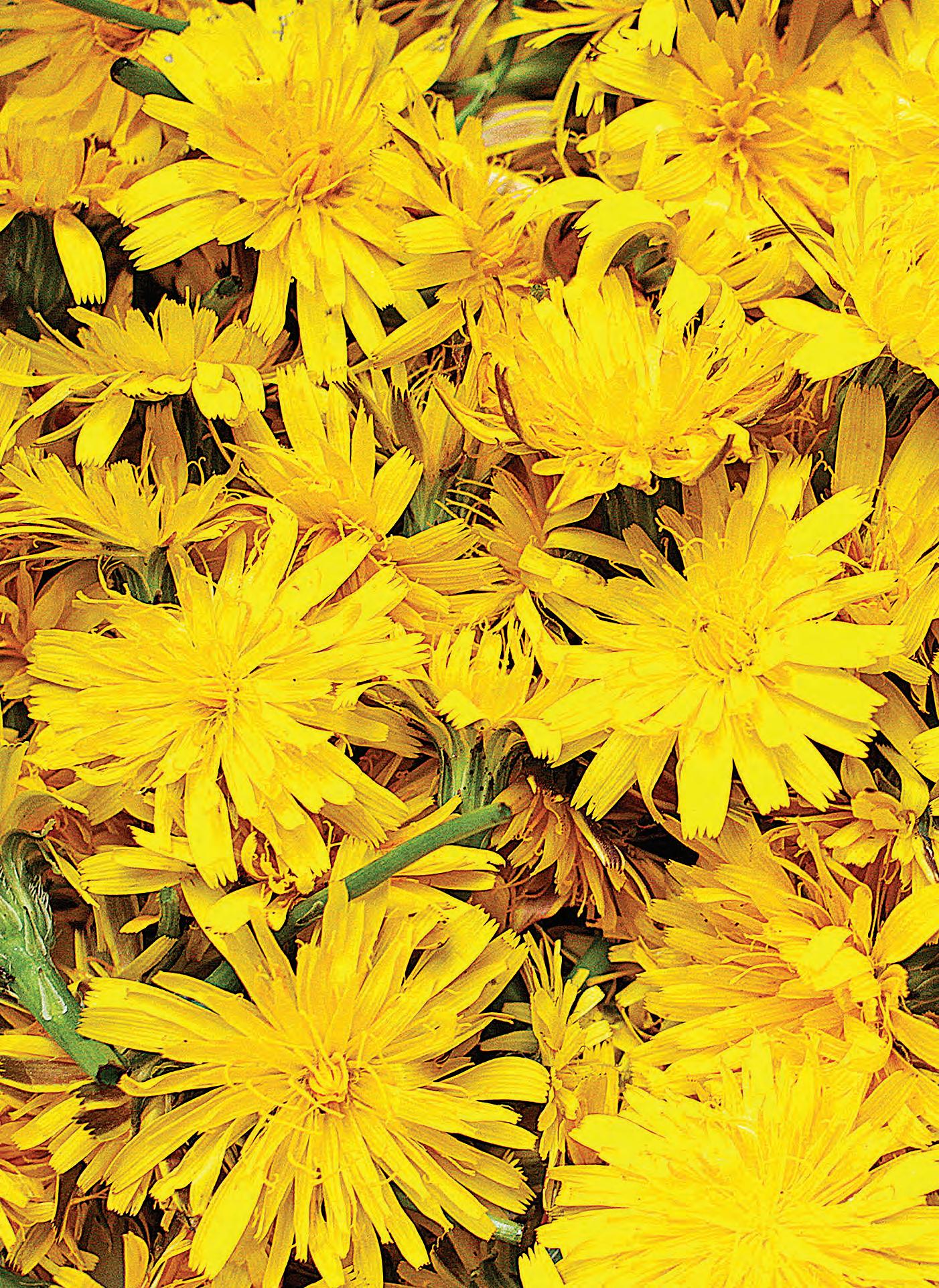
This year marks the 55th anniversary of the Battle of Long Tan. The experiences of serving nurses and medics are not widely known in Australian history but Queensland writer Annabelle Brayley shines a light on their stories.
For the 15 featured nurses and medics — including two from the Mackay district — Vietnam was chaotic and harrowing but what comes across strongly is their get-onwith-it attitude, sense of humour and camaraderie.

To the nurses and medics still with us, we thank you for your service.
 By Debra Gavranich
By Debra Gavranich
Can you imagine traveling 12,000km to a foreign country to marry a man you’ve never met? This is precisely what 17-year-old Marija did in 1950, escaping the hunger and despair of post-war Croatian island Korcula.
It’s an incredible story of a courageous young woman, made even more amazing when you realise it’s written by Marija’s daughter in her easy-to-read and heartfelt style — you can feel the joy and love the family had for each other nestled within the pages.
A heartfelt autobiographical work, The Promise I Kept chronicles the journey to adopting a child from post-Cold War Romania. With incredible honesty, Adele shares her lifetime with endometriosis and the resulting surgeries, her amazing first daughter Melannie, and the desire for Melannie to have a sister – leading to the decision to adopt and a difficult trip to Romania to meet baby Natasha and bring her home.
It is a book that is equal parts relatable and eye-opening, at times confronting, but ultimately showcases a woman’s incredible determination and love for her child.
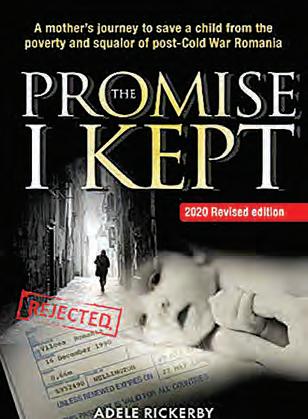
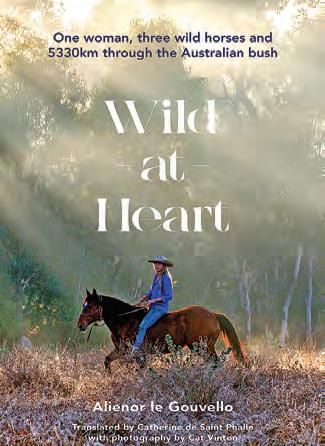 By Aliénor le Gouvello
By Aliénor le Gouvello
Adventurous Aliénor le Gouvello rounds up three brumbies and readies them, and herself, for a 5330-kilometre solo trek along the National Bicentennial Trail. The near year-long trip is arduous but there are moments of R & R — at Nanango, local CWA members welcome her to a lunch and she learns about the organisation.
Despite contracting Ross River fever and sepsis, Aliénor recuperates (somewhat) and triumphantly finishes the trail. If brumbies fascinate you, you will enjoy this remarkable tale complemented by striking photographs.
Aliénor now lives on a cattle station near Bundaberg.
Relationships unfold delightfully in this surprising, enjoyable story. When Elizabeth receives a deathbed letter from a childhood friend who encourages her to patch up wobbly family relationships, she takes her 15-yearold grandson on a road trip to reunite with her hubby, a Vietnam vet living with PTSD in remote northern NSW. Elizabeth is brimming with determination and hope … although hope is short-lived.
Amanda Hampson’s heartfelt writing of family scenes is sure to make you experience pangs of recognition — awkwardness, disappointment, loneliness, invisibility.

And an adorable character is Eric the budgie — his mimicry is hilarious.
This is the 10th novel by renowned Bundaberg author, Kerry McGinnis. Set near Hahndorf, South Australia, it has the hallmarks of an English historical mystery: a matriarch, a once-stately home, a garden well, a secret compartment … The relationship between Meg and her flinty grandmother anchors the story, and a taciturn gardener with a past adds to the intrigue. The rather easy clues portend possibilities — until the pieces all fall into place.
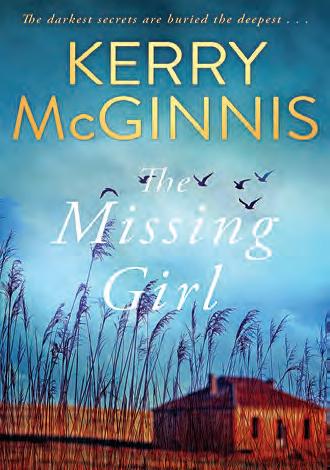
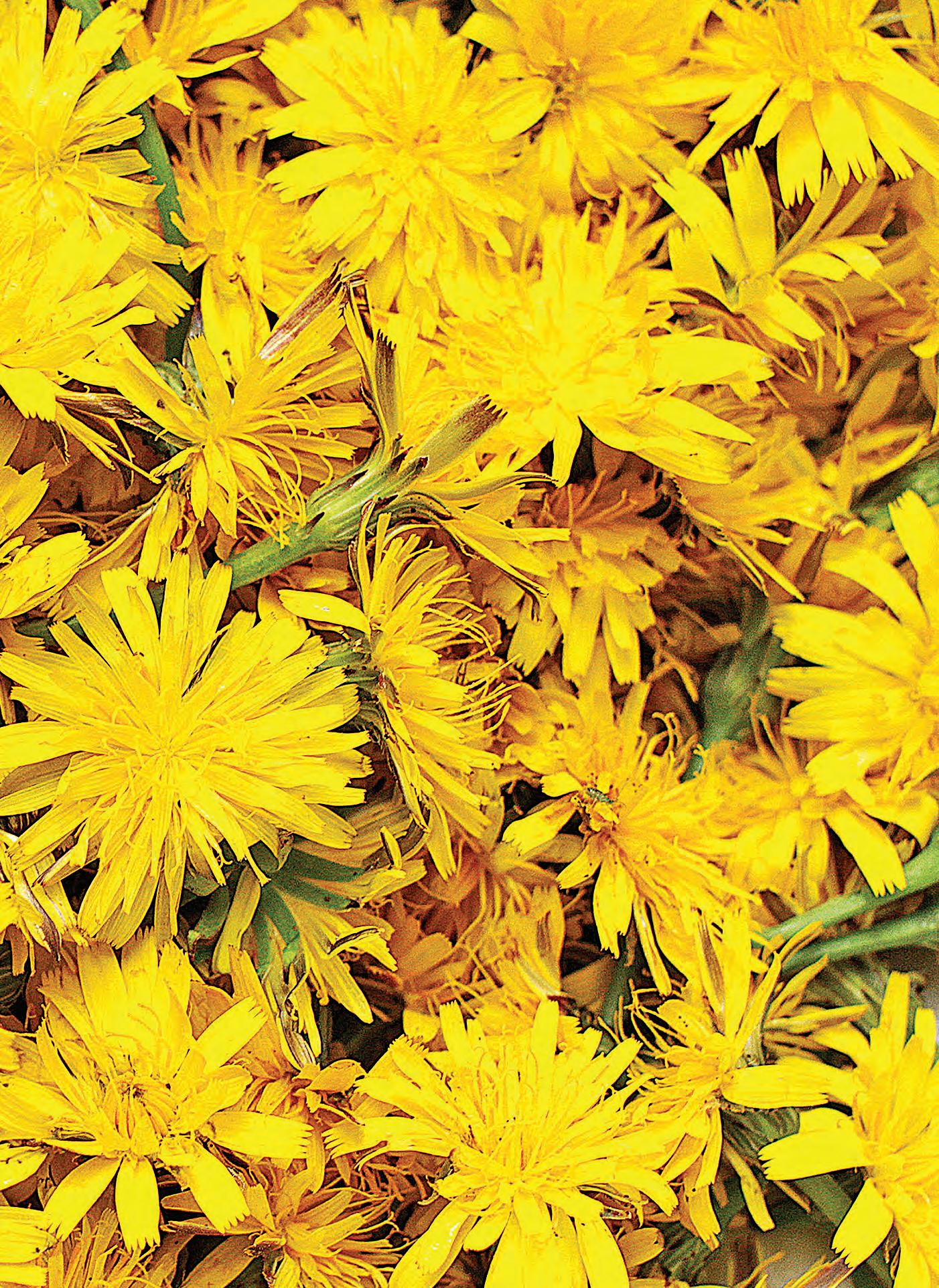
Geneva has a popular lifestyle website (Collective Gen) and a large social media following so it’s nice to see her decorating ideas encapsulated in a real book. Each chapter, accompanied by pretty photos, reveals the finished rooms of her revamped 1871 Brisbane worker’s cottage. If you enjoy doing simple home DIY upcycling and arty mini-projects then this book will appeal.

Old community and CWA halls bring to mind evenings of music and song, dancing and romancing. Imagine the stories dance hall walls could tell.
Words by Avril Priem Historical pictures courtesy of John Oxley Library, State Library of QueenslandAfterthey closed and were relocated, the former Aratula and Archer CWA buildings now proudly sit in Queensland historical villages.
The Aratula CWA, once in the tiny township near Boonah, was gifted to the Templin Historical Village Museum in 2013. The local spinners and weavers group, along with a chapter of the Australian Sewing Guild, now appreciate and use the building.
The larger Archer CWA Hall was donated to the Calliope River Historical Village near Gladstone in 2010. Today, markets are regularly held in the hall and there is a display of vintage fashions.
Aratula CWA, formed in 1939, hosted numerous social events at the Aratula School of Arts Hall. Afternoon socials were dignified occasions followed by dainty afternoon teas; evening revelry was anything but.
A masquerade ball is a refined, mysterious affair with elaborate masks but at Aratula in 1948 it was more a downto-earth yet fun evening. The winning costumes were: Nugget Boot Polish, CWA, a clown, and a pack of cards!
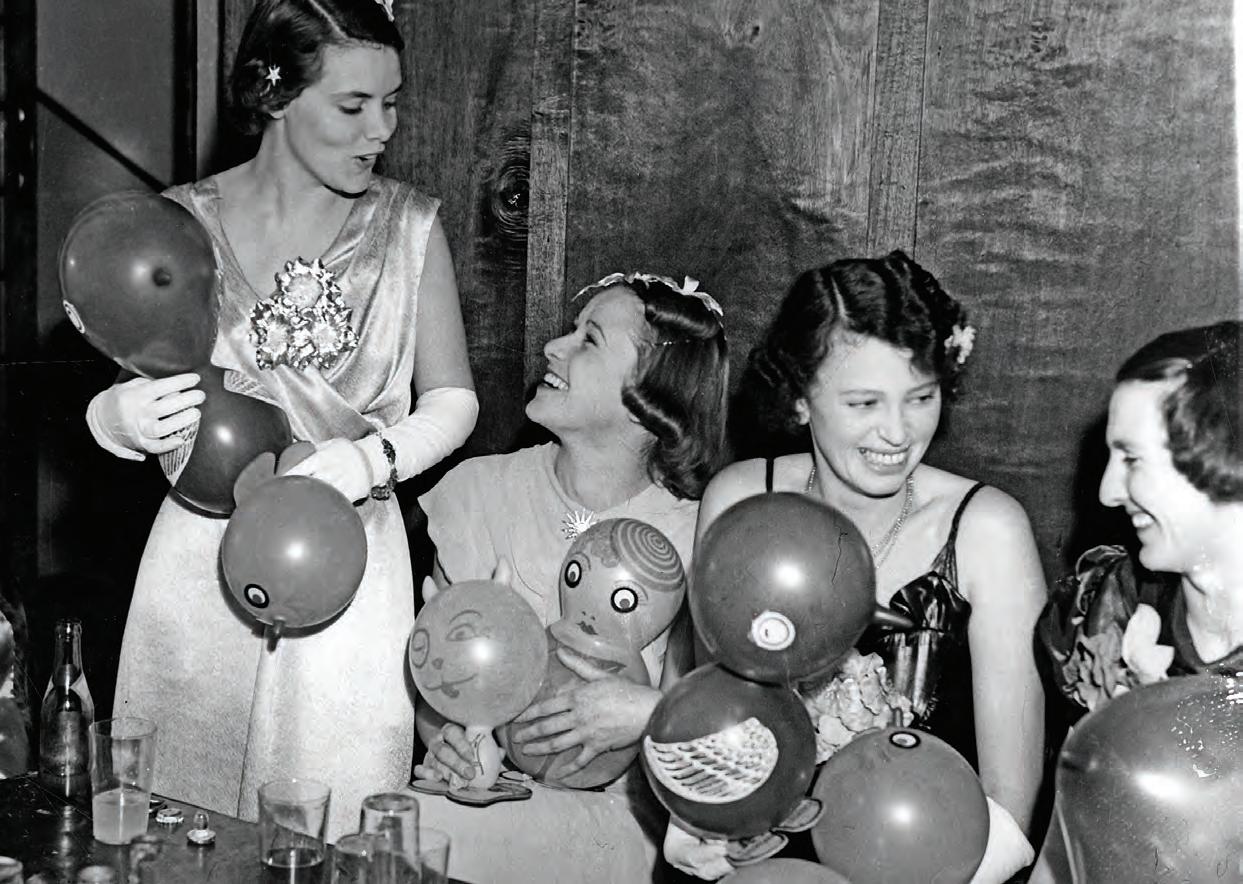
The hall was packed in 1950 when a Lady in White and Lady in Blue Ball was held. The two most bedazzling ladies were presented with a pretty teacup, saucer and plate trio.
Another celebration in 1952 was the Song Title Ball. A local brother and sister duo won with an amusing yodelling number He Holds the Lantern While His Mother Chops the Wood sung by country singer, Tex Morton.
You can listen to this entertaining song today on Youtube.
Archer CWA Hall, originally about 25 kilometres south of Rockhampton, held its grand opening ball in 1931.
Jean Peters, 93, and 47 years with Mt Larcom CWA, tells more:
Nowhere is the celebrated Somerville spirit more evident than among its boarding community. Friendship, a sense of belonging, and the shared commitment to growing, living and learning in a contemporary location in the heart of Brisbane’s dynamic arts, sporting and cultural precincts, make Somerville House a world‑class boarding experience.
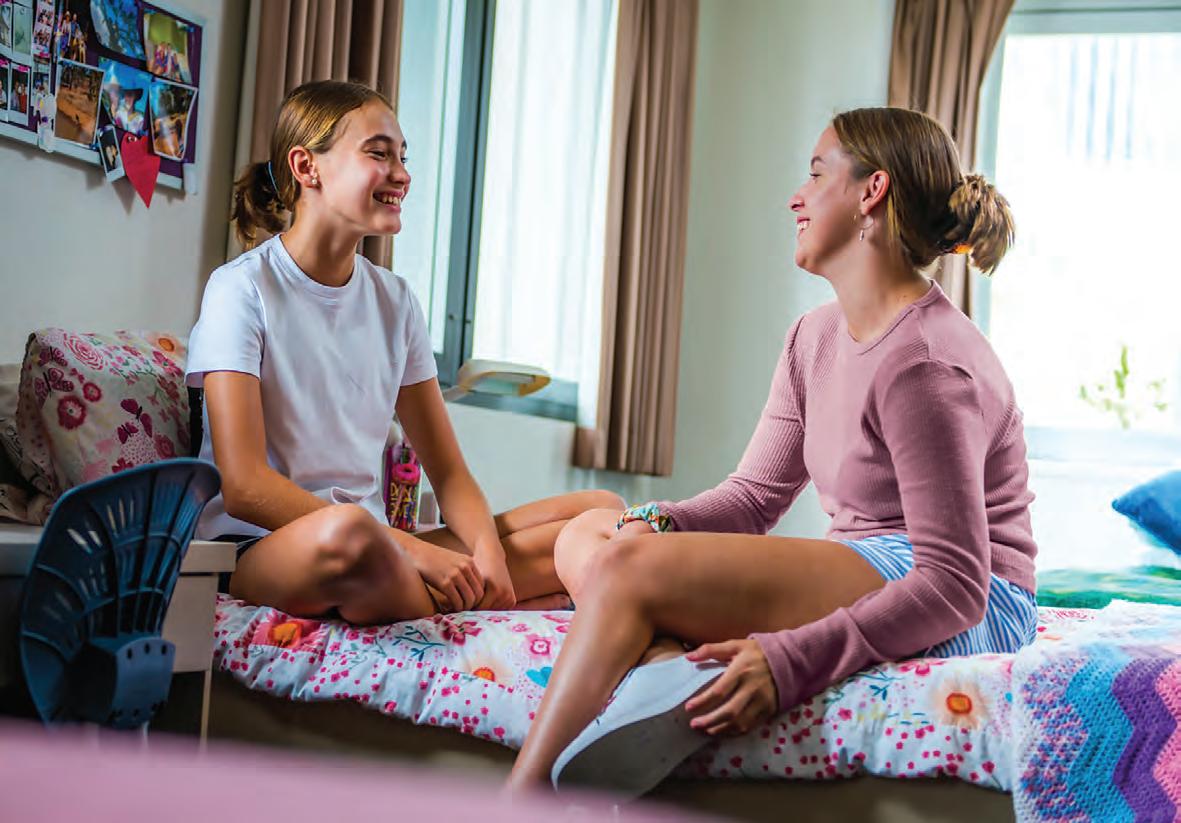
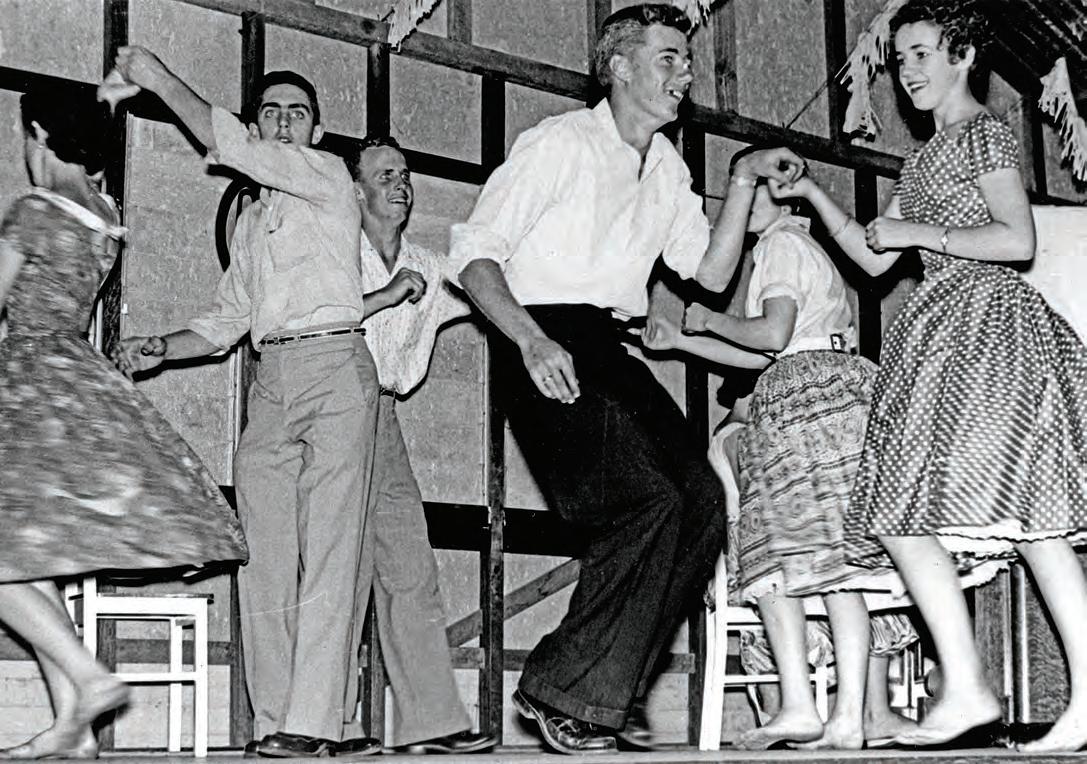

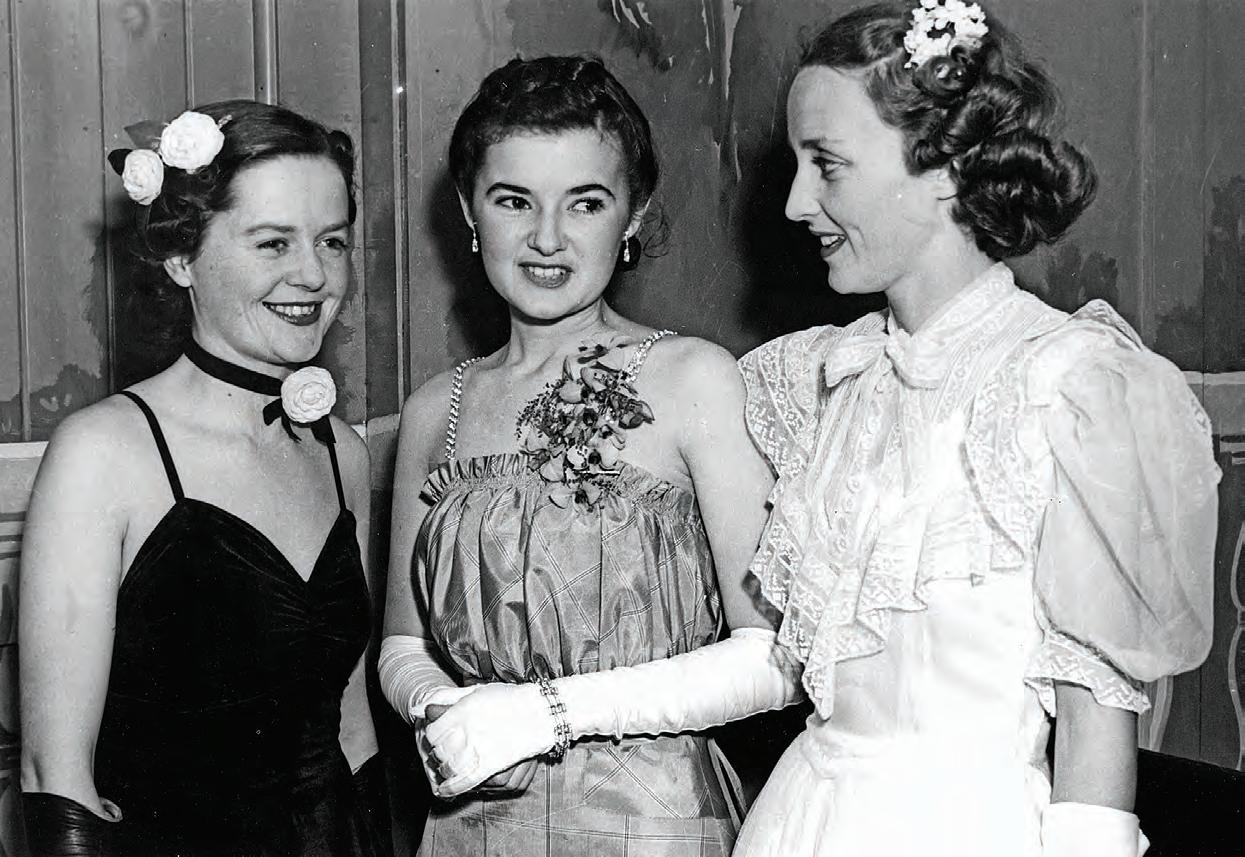 Dancing at a local dance 1954.
Dancing at a local dance 1954.
“Archer CWA Hall was built on railway reserve property close to the Bruce Highway and the rail line.

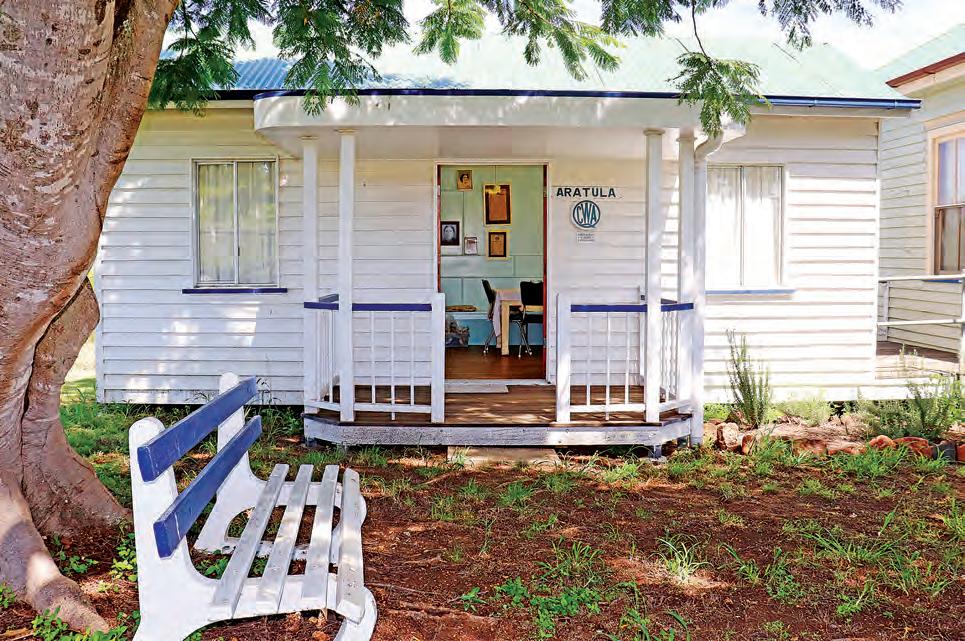
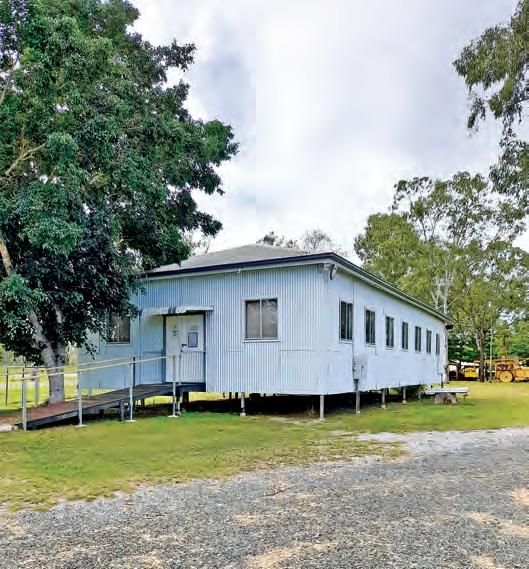
“There was no town at Archer, only a railway house for workers. The railway siding was important because there were large yards for the spelling of cattle that were transported to markets by rail.
“The hall was built on high stumps with external walls of corrugated iron that were eventually lined and sealed and a kitchen and toilets installed. It was a comfortable building for meetings and family gatherings. Good use was made underneath for serving supper and playing cards while the dancing went on upstairs.”
And dance on the spotted gum floors they did!
Various bands and orchestras from Rockhampton provided the music for novelty dances such as the bob and pose waltz, the handkerchief dance, the confetti dance and the Monte Carlo.
One entertaining dance that had young people full of anticipation and hope was the broken heart dance.
An article in a 1933 Central Queensland Herald explained:
“A lucky number on a broken heart was given to everyone on entering. Much fun was caused when the broken heart dance was announced and partners had to find the person holding the duplicate half of their heart.”
Nowadays, the nearby CWA branches to long-gone Archer are Ambrose and Mt Larcom. This year Mt Larcom celebrates its 90th birthday with an evening dance in the local hall … for auld lang syne.

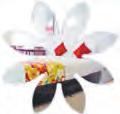
 Aratula CWA building today
Archer CWA Hall today
Aratula CWA building today
Archer CWA Hall today
Illustration of a bunya cone in Flore des serres, 1875. Courtesy: State Library of Queensland

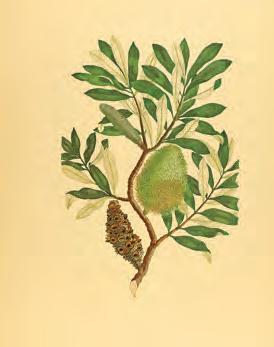
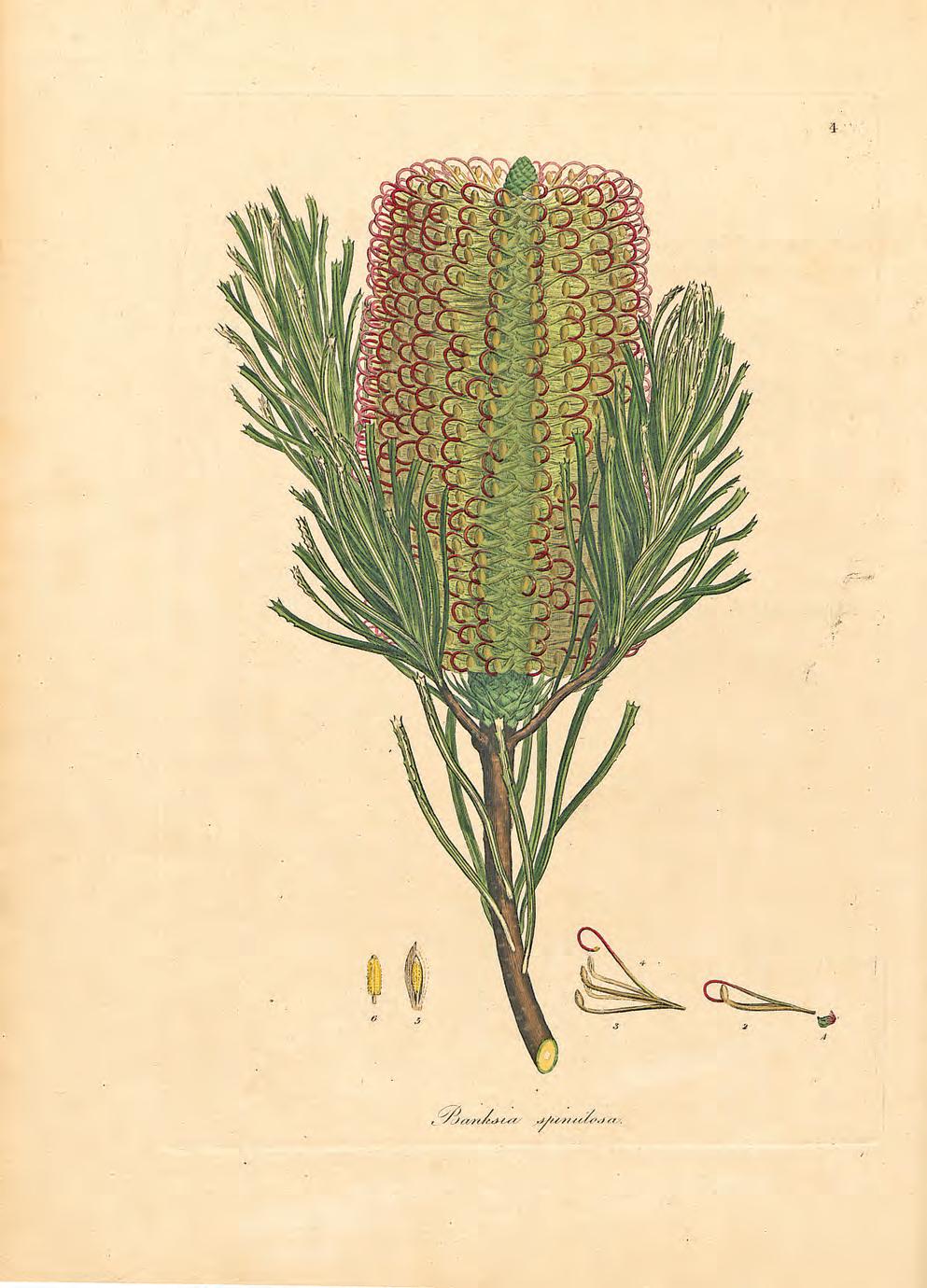
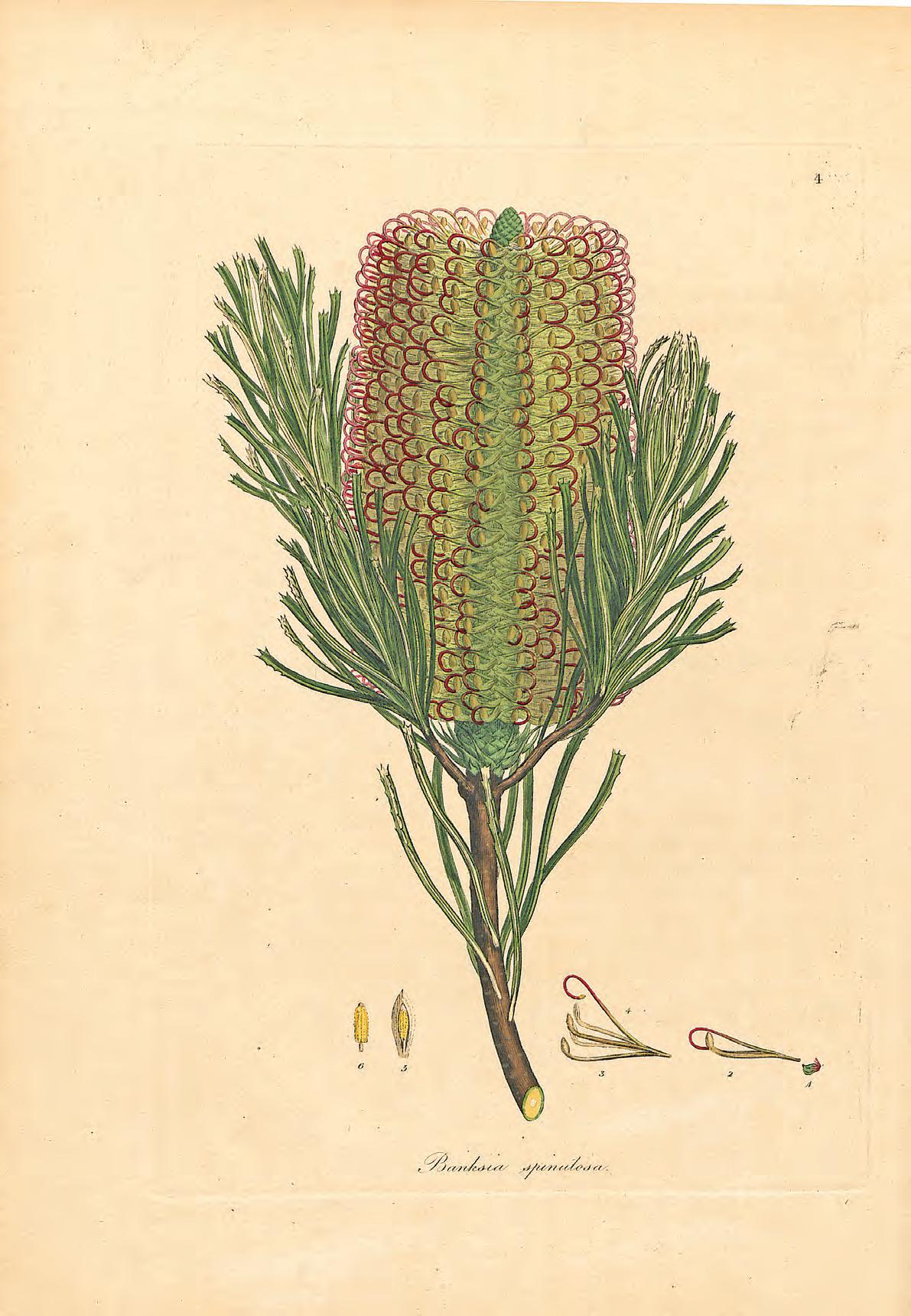
Illustration of a flannel flower. James Sowerby, 1804-1805. Courtesy: State Library of Queensland
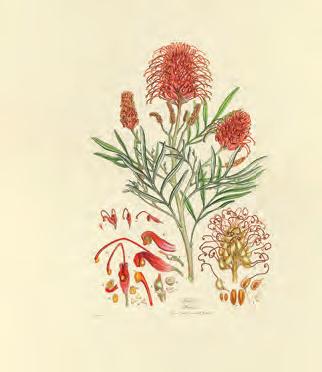

Nature print from Lithograms of the ferns of Queensland, 1892. Courtesy: State Library of Queensland
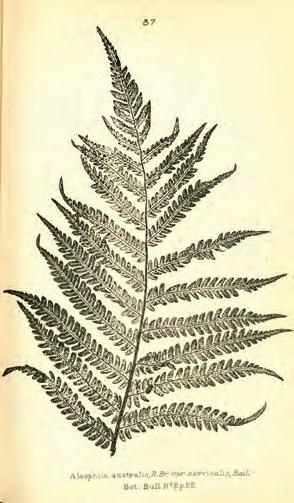
Banksia
Artist James Sowerby, published in A Specimen of the Botany of New Holland, 1793
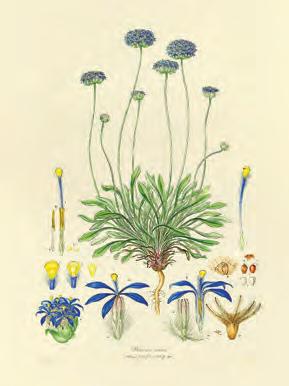
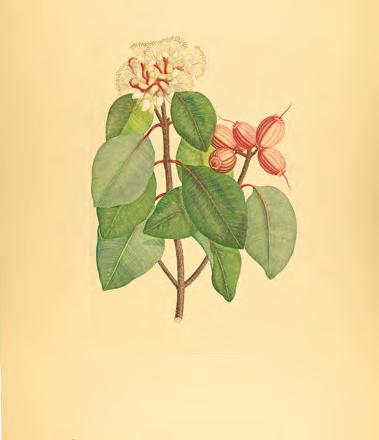 Ferdinand Bauer’s painting of a blue pincushion flower. Courtesy: Natural History Museum
Ferdinand Bauer’s painting of a grevillea. Courtesy: Natural History Museum
spinulosa.
Ferdinand Bauer’s painting of a blue pincushion flower. Courtesy: Natural History Museum
Ferdinand Bauer’s painting of a grevillea. Courtesy: Natural History Museum
spinulosa.
Words and images by State Library of Queensland
nice-looking but it’s got one of the most ferocious stings of the plant world.”
“I did get stung once and it really hurt; every time I washed my hand it reignited the sting.”
The leafy stinger features in State Library’s Entwined: plants and people exhibition which is open until mid-November.
The exhibition explores our relationship with the botanical world through immersive projections, fascinating photography, historic illustrations, and stories that provide insights into Queensland’s unique plant life.
With the pandemic confining people to their homes and suburbs, interest in the plant world has never been stronger, so State Library’s experts have dug into the cultural institution’s enormous collection of botanical illustrations and stories to captivate and inspire plant lovers of all ages.
One of the many fascinating parts of the exhibition is Banks’ Florilegium.
The Queensland coastline provided botanist Joseph Banks with a cornucopia of plant specimens to study and sketch during Cook’s voyage on the Endeavour.
The wealthy English scientist had engravers create 738 copperplates of the drawings with the intention of creating a florilegium (which means a gathering of flowers in Latin).
It was not published in Banks’ lifetime and the printing plates, a ton of the finest copper, lay undisturbed in the Botany Library of the Natural History Museum for 160 years.
Between 1980 and 1990 Alecto Historical Editions of England used Banks’ engravings to create 100 colour sets of the historic florilegium; making it was one of the biggest publishing projects in history.
State Library owns one of these rare sets, and some of the plates, including the glorious Lady Apple (Syzygium suborbiculare), are on display in the exhibition.
The First Nations connection to the natural world is front and centre of the exhibition.
Traditional weaving, fibre art and contemporary fashion such as bush fascinators made from spinifex and Bicornual baskets are on display alongside Aboriginal and Torres Strait Islander fishing tools such as Wujal Wujal mullet spears and rainforest shields made from plants.
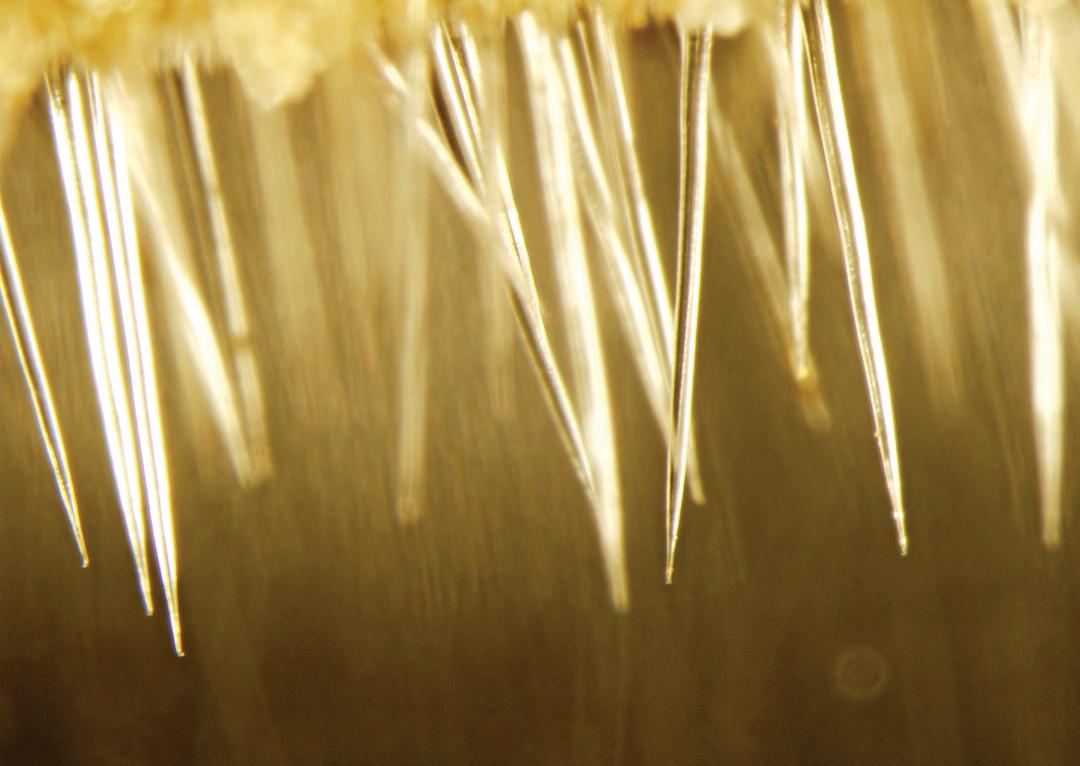
Joan Bruce especially likes traditional baskets made from lawyer cane (Calamus australis).
“Not only are they strong and practical but they are beautiful works of art,” she said.
The story of traditional basket craftsman, Abe Muriata, can be found on State Library’s website alongside that of the Erub Island
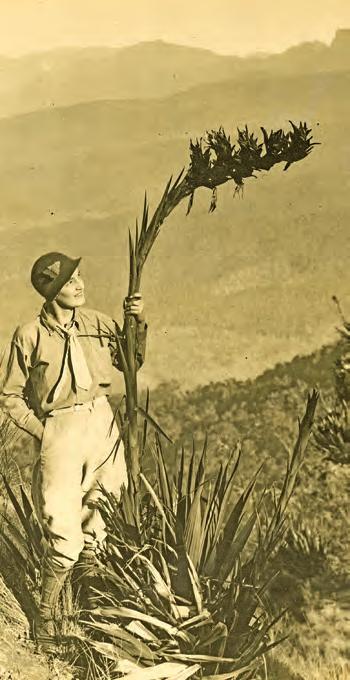
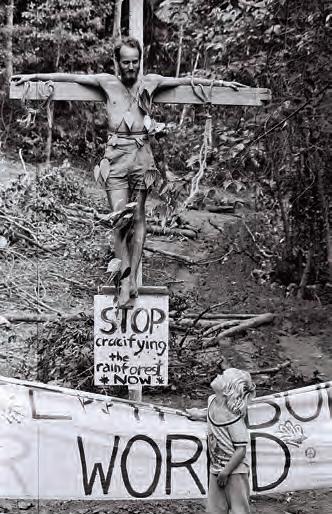
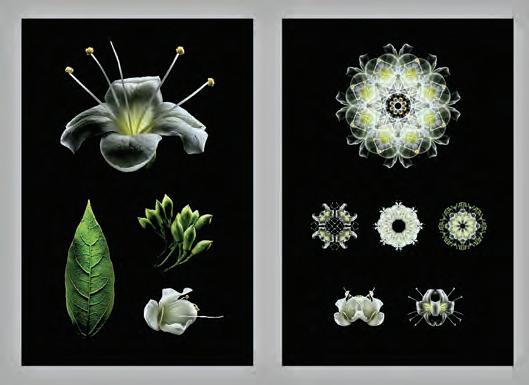
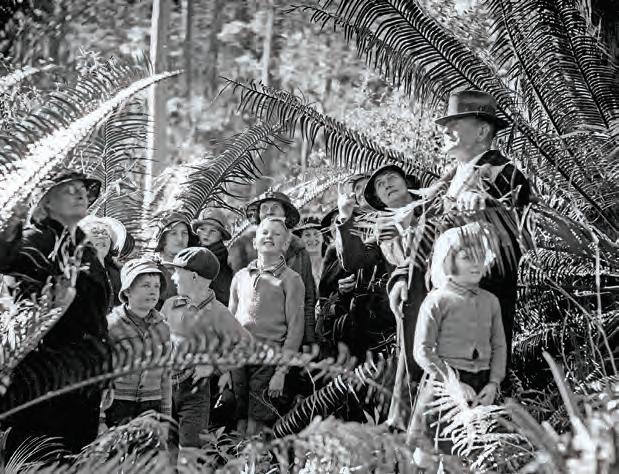
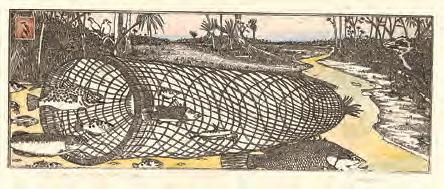
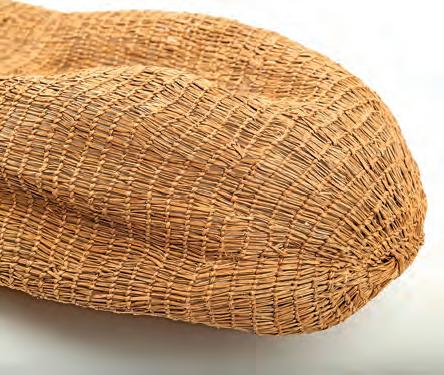

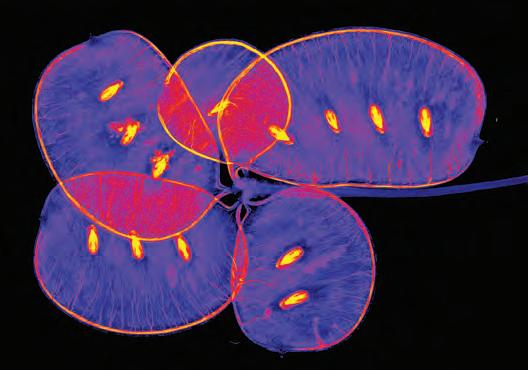 Micro-X-ray Fluorescence images showing the concentration of selenium in a native Queensland legume. Courtesy: University of Queensland
Archibald Meston at Bellenden Ker, 1904. Courtesy: State Library of Queensland
Dilly bag from the Christison Family Papers and Lammermoor Station Records. Courtesy: State Library of Queensland
Marjorie Clelland with giant spear lily (Doryanthes palmeri), Mt. Cordeaux, September 1935. Courtesy: State Library of Queensland
School excursion on Mount Tamborine, 1935. Courtesy: State Library of Queensland
Russell Francis’s photo of John Nolan on a crucifix protesting at the Daintree Blockade received widespread public attention in 1983. Courtesy: State Library of Queensland
Quantum metamorphosis of a glory vine, 2021. Courtesy: Man&Wah
Micro-X-ray Fluorescence images showing the concentration of selenium in a native Queensland legume. Courtesy: University of Queensland
Archibald Meston at Bellenden Ker, 1904. Courtesy: State Library of Queensland
Dilly bag from the Christison Family Papers and Lammermoor Station Records. Courtesy: State Library of Queensland
Marjorie Clelland with giant spear lily (Doryanthes palmeri), Mt. Cordeaux, September 1935. Courtesy: State Library of Queensland
School excursion on Mount Tamborine, 1935. Courtesy: State Library of Queensland
Russell Francis’s photo of John Nolan on a crucifix protesting at the Daintree Blockade received widespread public attention in 1983. Courtesy: State Library of Queensland
Quantum metamorphosis of a glory vine, 2021. Courtesy: Man&Wah
and Hopevale Weaving Exchange.
Abe, who lives just north of Cardwell, would love to see these “unique and very exquisite” baskets in everyday use.
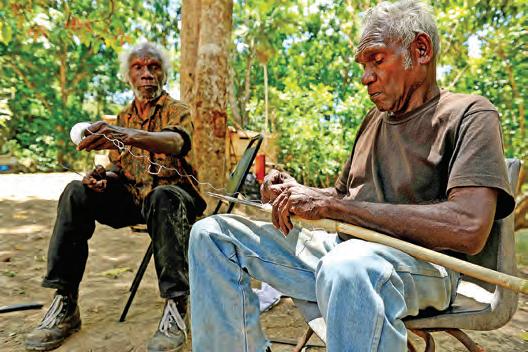
“I’d like to see traditional artefacts that come back be made almost to their true form rather than contemporary. I hope to see a revival of that. You’d be sad if we could only see them in museums,” he said.
Joan also hopes the ancient knowledge of First Nations will help forge a shift in our relationship with nature.
“Plants created the world. They are our food and shelter and the air we breathe. Their shapes and colours drive our sense of harmony and beauty,” she said.
“For First Nations people they are part of a web of relationships and responsibilities; a unified world of land, language, ritual, animals, plants and people.”
“But the fate of all people is tightly linked to the world of plants and without them we would cease to exist.”
The exhibition also touches on global plant crazes of the late 18th and 19th centuries. Australian plants were not only considered exotic but were a fashion statement for the aristocracy.
Josephine Bonaparte, the first wife of Emperor Napoleon, collected plants competitively along with like many other European royals. Her gardens at Château de Malmaison in France had one of the greatest collections of all; with a heated orangerie for the cultivation of pineapples.
Global orchid and fern fever sent plant hunters all over the world in search of new varieties of orchids. Sadly, this obsessive love eventually drove several species to the edge of extinction.
The fashion for bush-houses in Australia in the late 19th and early 20th centuries grew out of the Victorian era craze, with tracts of bushland denuded to populate the fern houses and bush houses which sprang up in backyards all over the country.
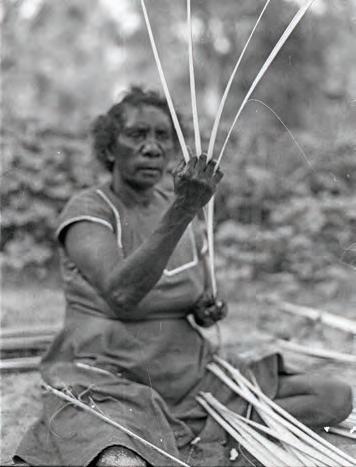
In Queensland, the trend was expressed through the decoration of buildings with the native Staghorns, which had a useful ability to grow on just about any surface. Visitors to the exhibition can view the exquisite Queensland Nineteenth Century Fern Album 1883-1884 and historic images on display for further insight.
Other exhibition highlights include: Man&Wah’s Quantum Metamorphosis: a visual and sonic meditation intertwining
water, air, fire, earth and the ether. A re-imagining of botanical illustrations from the 15th–18th centuries, rare photos from environmental protests (eg Daintree blockade) and untold stories of female botanical illustrators.
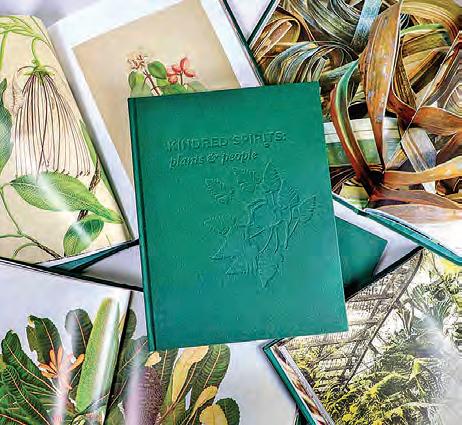
State Librarian and CEO Vicki McDonald AM said: “Entwined: people and plants provides a chance to reflect on that relationship and how important it is to our very survival.”

“I invite you to pause, breathe, and reflect on the complexity and beauty of plants in our latest life-affirming exhibition.”
Kindred Spirits: plants and people is a companion publication to the exhibition. Exploring State Library collections and stories of Queensland’s First Nations people, Kindred Spirits: plants and people explores the interconnected relationships between Queenslanders and the natural world. shop.slq.qld.gov.au/Entwined/kindred-spirits-plantsand-people
Darren Clark’s image of Jacky Ball and Bobby Ball making a mullet spear at Thompson Creek, Queensland, 2014. Courtesy: State Library of Queensland. Darren Clark’s image of Bobby Ball with xanthorrhoea resin, Wujal Wujal, 2014. Courtesy: State Library of Queensland.TheQueensland Country Women’s Association (QCWA) is a member society of the Associated Country Women of the World (ACWW). As a member of this worldwide association of women, the QCWA is committed to producing essential goods and fundraising to actively support the work of the ACWW on identified grassroots projects in underdeveloped countries and promoting international understanding. QCWA’s special focus is on supporting the smaller island nations of the South Pacific.
The ACWW is an association which represents more than 9 million women in more than 80 countries around the world, and was hoping to celebrate its 30th Triennial World Conference in Kuala Lumpur, Malaysia in May 2022. However, the impact of COVID-19 on a global scale has seen this conference postponed until 2023.
The previous world conference was held in Melbourne, Australia, in 2019 and attended by almost 600 delegates. Members submitted and voted on several resolutions that were passed for adoption for action by all member societies. The 2019 resolutions related to many and various topics including the environment (reducing the use of plastics in packaging and manufacturing; protecting shared marine environment and sustainable coral reefs and fish stocks; protecting pollinators in agriculture), health (increasing funding to identify, treat and prevent Query or Q Fever) as well as special resolutions (developing and implementing strategies for prevention of domestic violence; providing safe and sanitary toilet facilities for people with disabilities, serious illness and the elderly).
ACWW member society, the Women’s Institute of Pahang, and their patron Her Majesty Queen Azizah of Malaysia (also former ACWW Area President for SouthEast Asia and the Far East) are hosting the 30th Triennial World Conference.
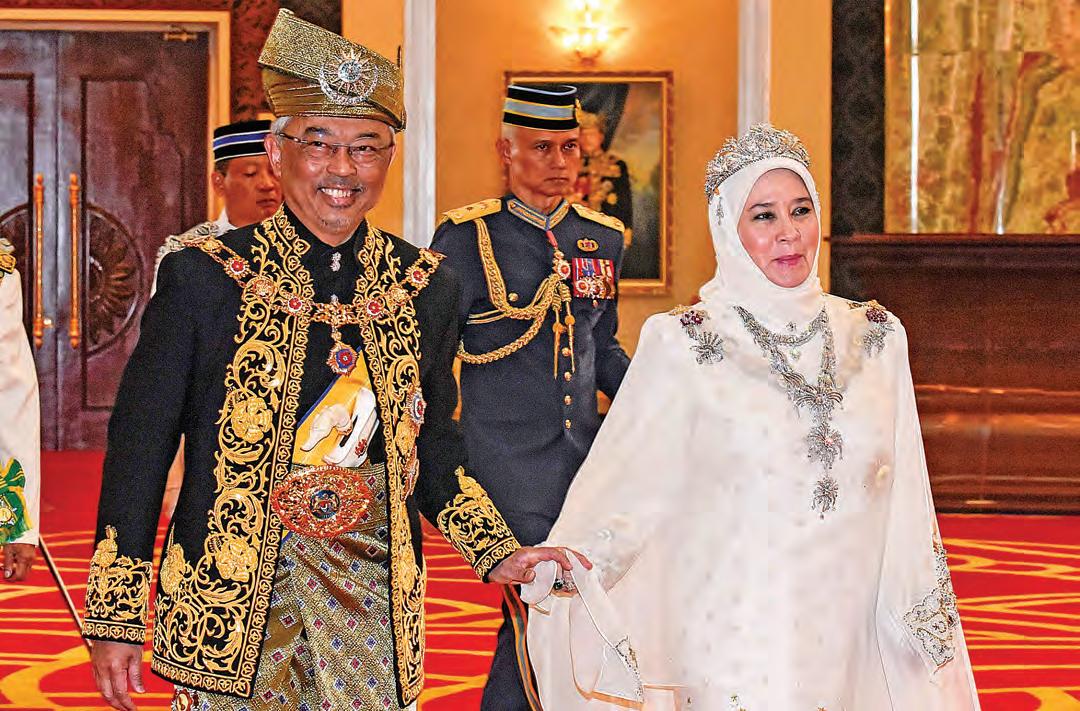
Malaysia is a country of fascinating people and an enthralling range of attractions. Its three major population groups, the Malays, Chinese and Indians, along with the ethnic traditions of the Kadazan- Dusun and Iban and many more in Sabah and Sarawak in East Malaysia, make up the multicultural fabric of Malaysia. The ‘melting pot’ is further enriched with the influence of the British, Portuguese, Dutch, and Thais.
Kuala Lumpur, Malaysia’s capital and one of the country’s most exciting and vibrant cities, is a city of contrasts. The city is a combination of old structures and new and unique landmarks that are recognised instantly world-wide. There are also many UNESCA world heritage sites including George Town, Melaka, Kinabalu Park in Sabah, Bunung Mulu National Park in Sarawak, and Global Geopark in Langkawi.
Malaysia is also blessed with an abundance of natural landscapes, from mountains and rainforests to surrounding seas, to wildlife, flora and fauna. The warm tropical climate and hundreds of offshore islands offer diving, snorkelling and fishing, coral reefs and marine parks, white sandy beaches and birdwatching.
Since the 2021 International Study Conference and Introduction to Malaysia held in Longreach in February, QCWA branches have been focusing on Malaysia with many planned events and activities. These events cover many aspects of life in Malaysia including history, religions and traditions, arts and crafts, food and fashion, tourism, workshops and demonstrations.
The QCWA will continue promoting Malaysia within their local communities throughout the year and would certainly welcome visitors to these functions.
Individual ACWW members of QCWA are also looking forward to overseas travel resuming and the possibility of attending the 2023 conference.

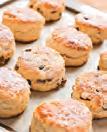

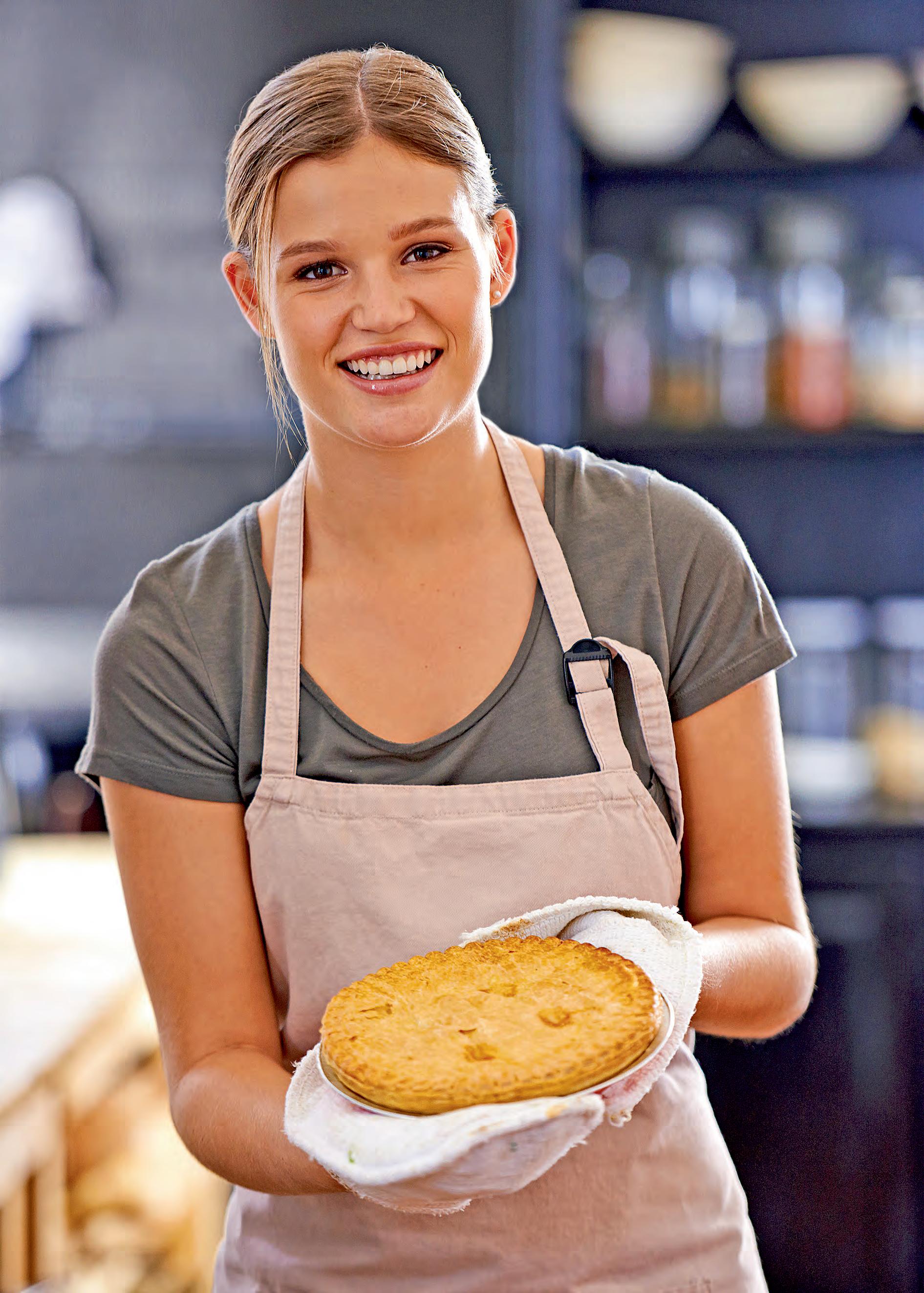
What better treasured gift for yourself or someone special than this fabulous reprint of the original 1959 QCWA Cookery Book?
180 pages of the same cherished Australian recipes, with many of the original homely hints, methods and comments.
$1995 JUST
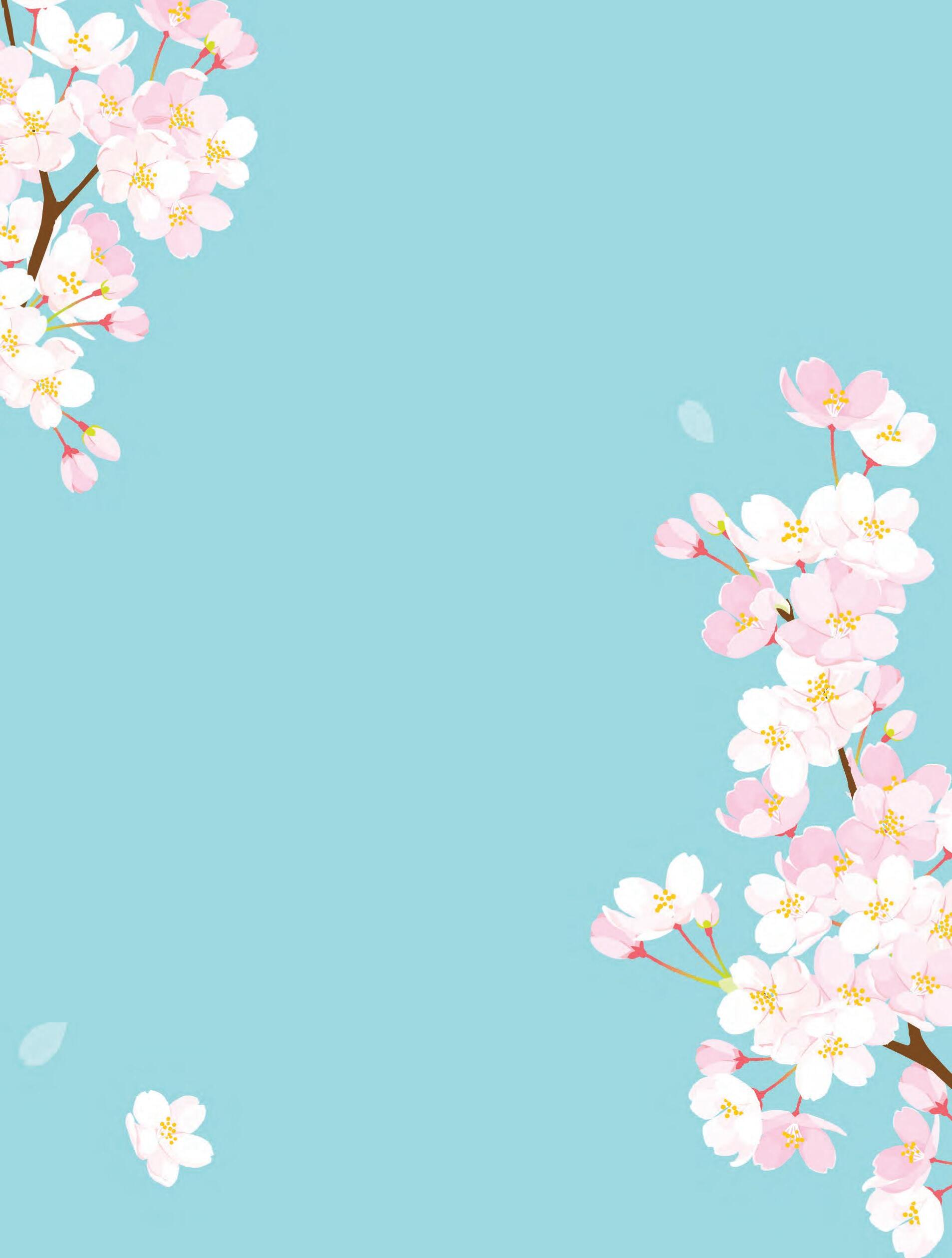 by Quiz Master — Roy O’Reilly —
by Quiz Master — Roy O’Reilly —
1 2 3 4 5 6 7 8 9 10
The mother of which Australian tennis star was born a princess in a Malaysian royal family but dropped her title when she moved to Australia in her twenties (a) Ash Barty (b) Nick Kyrgios (c) Sam Stosur?
Mickey Mouse, Mr Potato Head, the Pink Panther and Darth Vader are some of the celebrities to have rung the bell to commence business at which major world stock exchange?
Which 2012 movie was named after James Bond’s childhood home (a) Goldeneye (b) Skyfall (c) Spectre?
Rolling Stone magazine named which Bob Dylan song as the greatest song of all time in its 2004 and updated 2010 lists of the 500 greatest songs of all time (a) Blowin’ in the Wind (b) Like a Rolling Stone (c) The Times They Are A-Changin?
The King of Malaysia is elected in rotation from the nine hereditary state rulers for a term of how many years?
From 1927 to 1981, the unusual feature about the Barbizon, a residential hotel in Manhattan, was that the only guests permitted were (a) divorcees (b) millionaires (c) women?
During the recent Friends TV show reunion, David Schwimmer revealed that during the filming of the series he and which actress “were both crushing hard on each other”?
Halima Cisse, a 25-year-old from the African country of Mali, recently gave birth to how many surviving babies (a) seven (b) nine (c) eleven?
Which controversial Tasmanian senator recently incurred a six-month ban from QANTAS for a volatile rant in the Chairman’s Lounge in Melbourne?
From 1998 to 2004, which Malaysian towers were the tallest buildings in the world?
11 12 13 14 15 16 17 18 19 20
Comedian WC Fields once said, “Always carry a flagon of whiskey in case of snakebite and furthermore, always carry a small…”?
Yankees baseball star Joe DiMaggio carried in his wallet for years a written apology from which ex-wife for her behaviour during their marriage?
Which auto-maker recently unveiled the Boat Tail, the most expensive car in the company’s history, with a reputed price tag of $36 million?
Which South American country’s name can be formed using only the top row of letters on a standard computer keyboard?
Which international multi-sport event was held in Kuala Lumpur in 1998?
Name the primary alcohol by volume in a Harvey Wallbanger cocktail.
In which recent movie did Anne Hathaway play Linda who decides to separate from her husband only to find they are stuck together in their London home because of a mandatory lockdown?
In New York recently, a would-be school bus hijacker was foiled by children who pestered him with (a) loud music (b) paper planes (c) questions?
China’s Huang He (Yellow) River in central China is reputedly the world’s (a) deepest (b) muddiest (c) roughest?
In 1965, the Malaysian Parliament voted 126-0 to expel which country from Malaysia?
1; (b) Nick Kyrgios. 2; New York Stock Exchange. 3; (b) Skyfall. 4; (b) Like a Rolling Stone. 5; Five years. 6; (c) women. 7; Jennifer Aniston. 8; (b) nine. 9; Jacqui Lambie. 10; Petronas Towers. 11; Snake. 12; Marilyn Monroe. 13; Rolls-Royce. 14; Peru. 15; Commonwealth Games. 16; Vodka. 17; Locked Down. 18; (c) questions. 19; (b) muddiest. 20; Singapore.Members of the Queensland Country Women’s Association have been coming together since 1922 to provide friendship, inspiration and a voice on issues that affect communities, women and families. You can make a difference too.
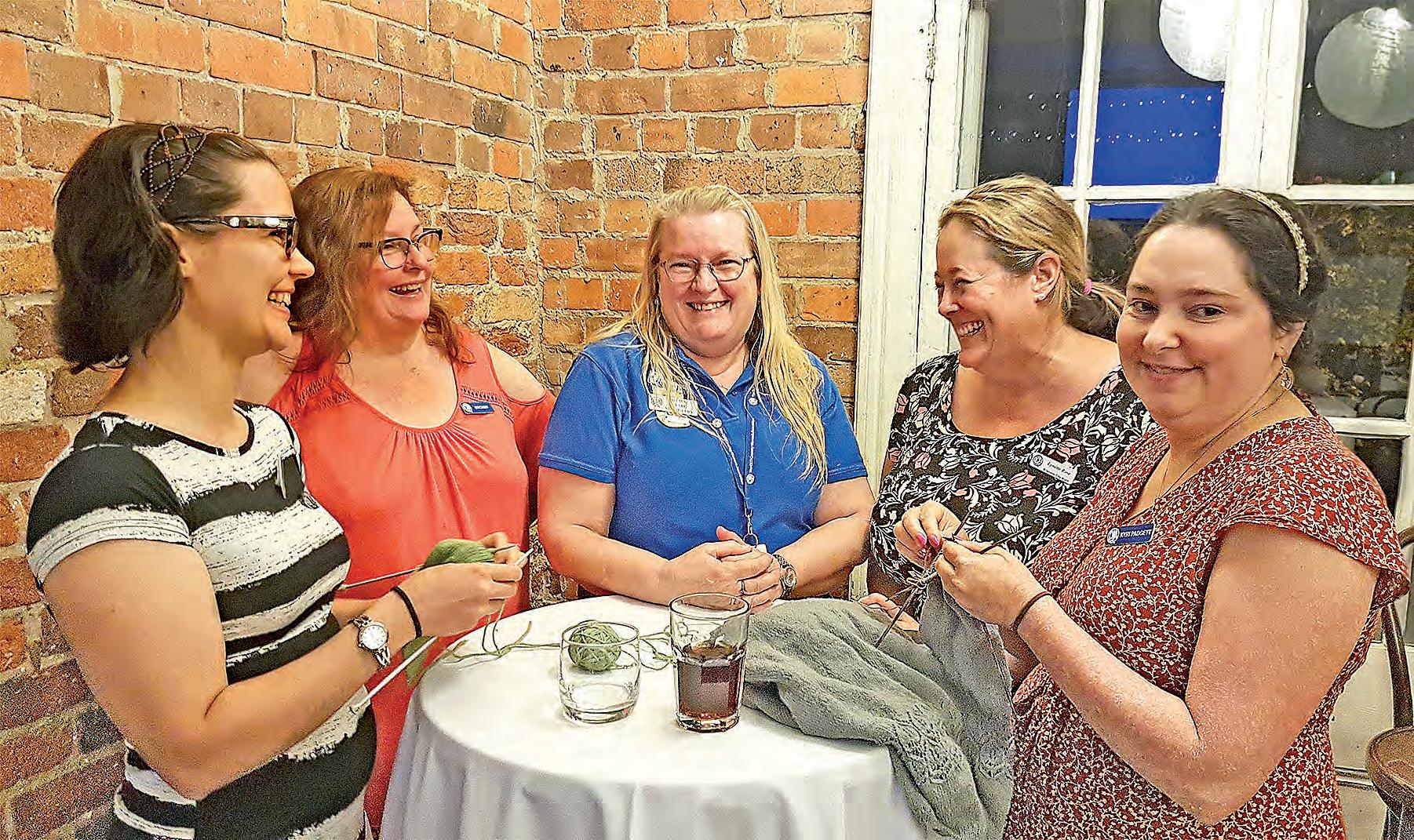
What we do:
• Advocacy — QCWA provides a voice for women on serious issues relevant to families, communities, rural life and education.
• Distributing Public Rural Crisis Fund — hands-on help to Queenslanders affected by floods, droughts and fires.
• Fundraising for good causes — local, national and international.
• Workshops and classes to upskill and inspire — arts and crafts, music, cookery, public speaking, meetings.
• Improving the health of Queenslanders through Country Kitchens — a joint project with Queensland Health.
• Holiday accommodation — we own and manage holiday accommodation throughout the state.
